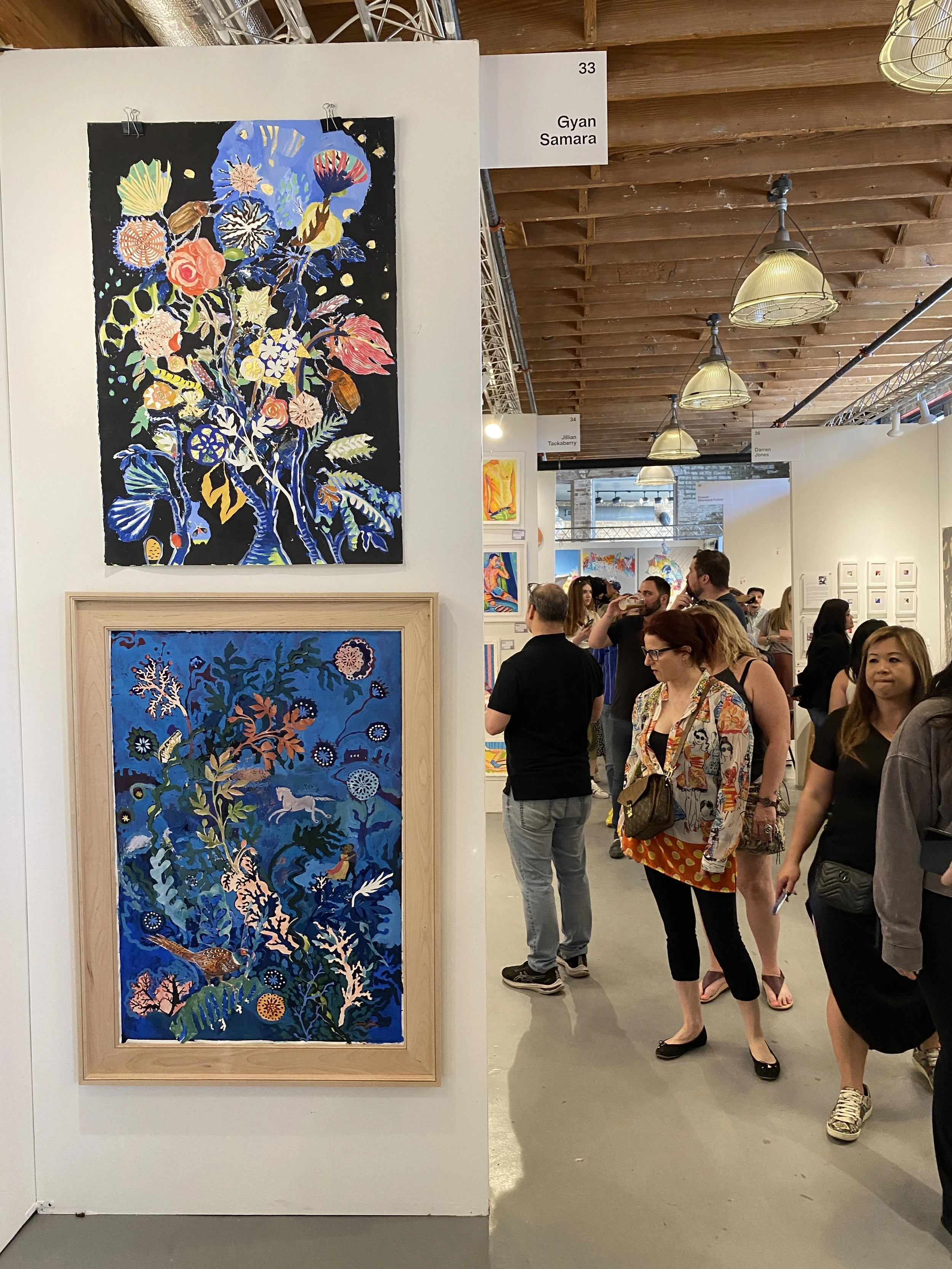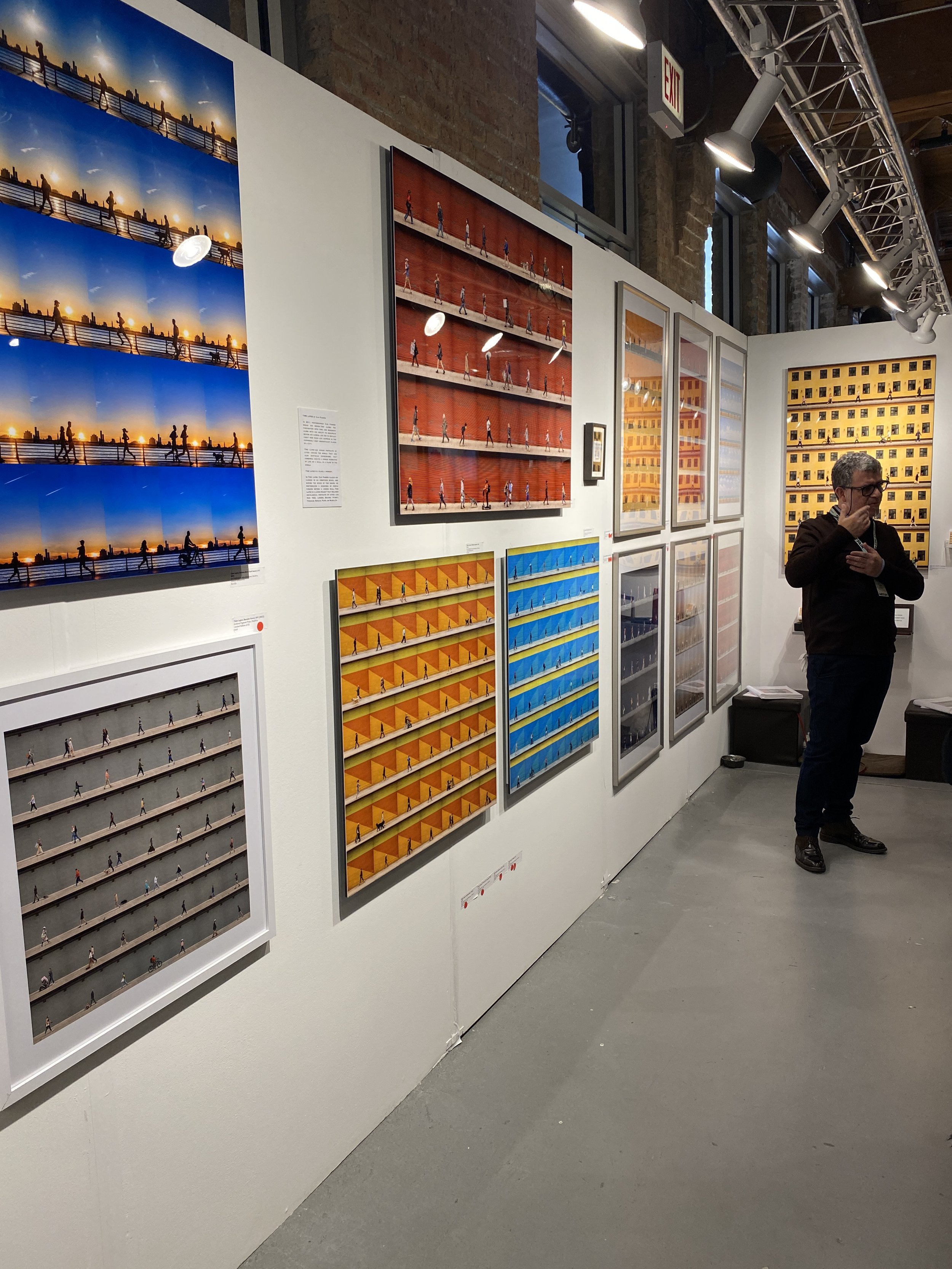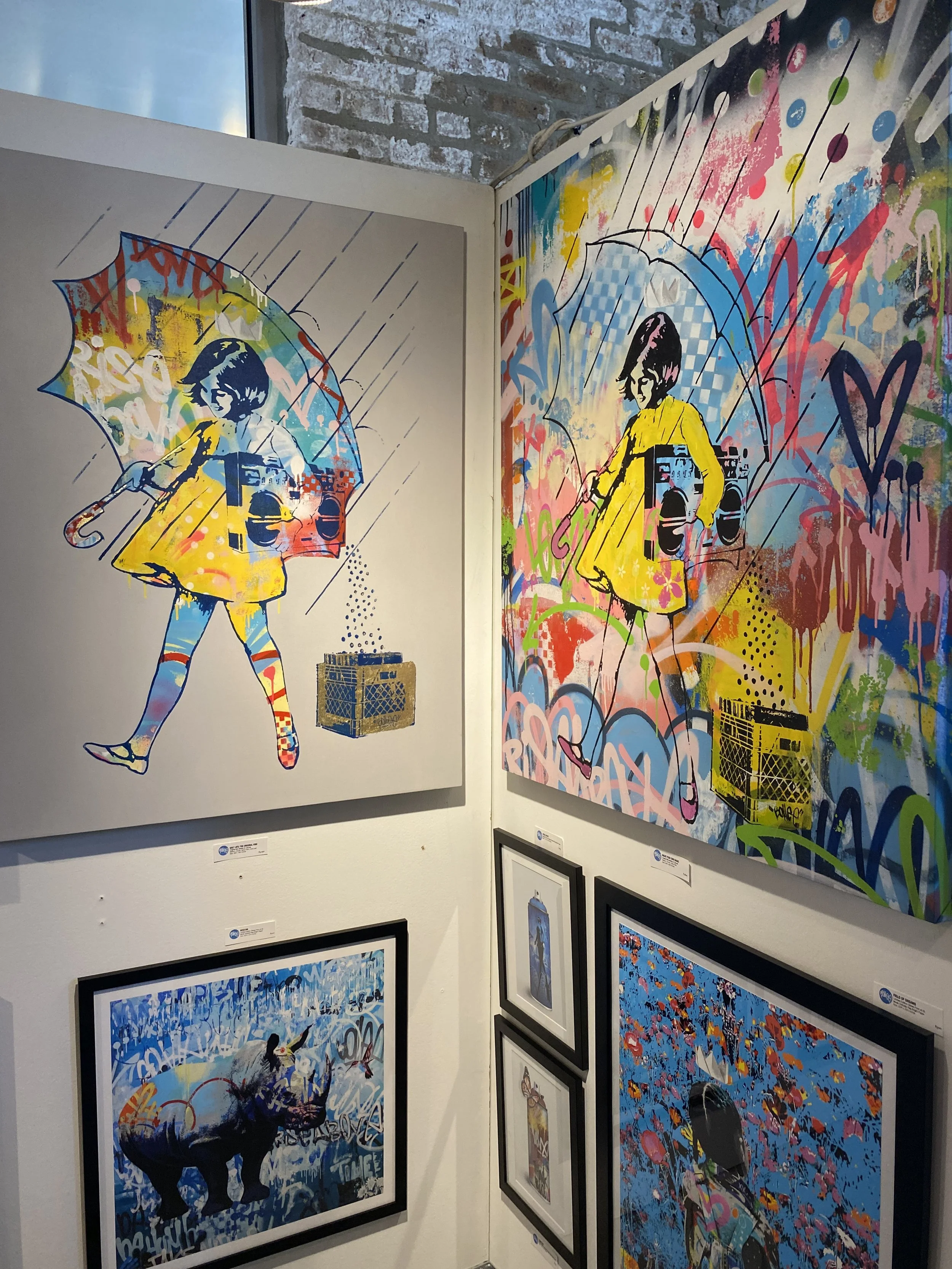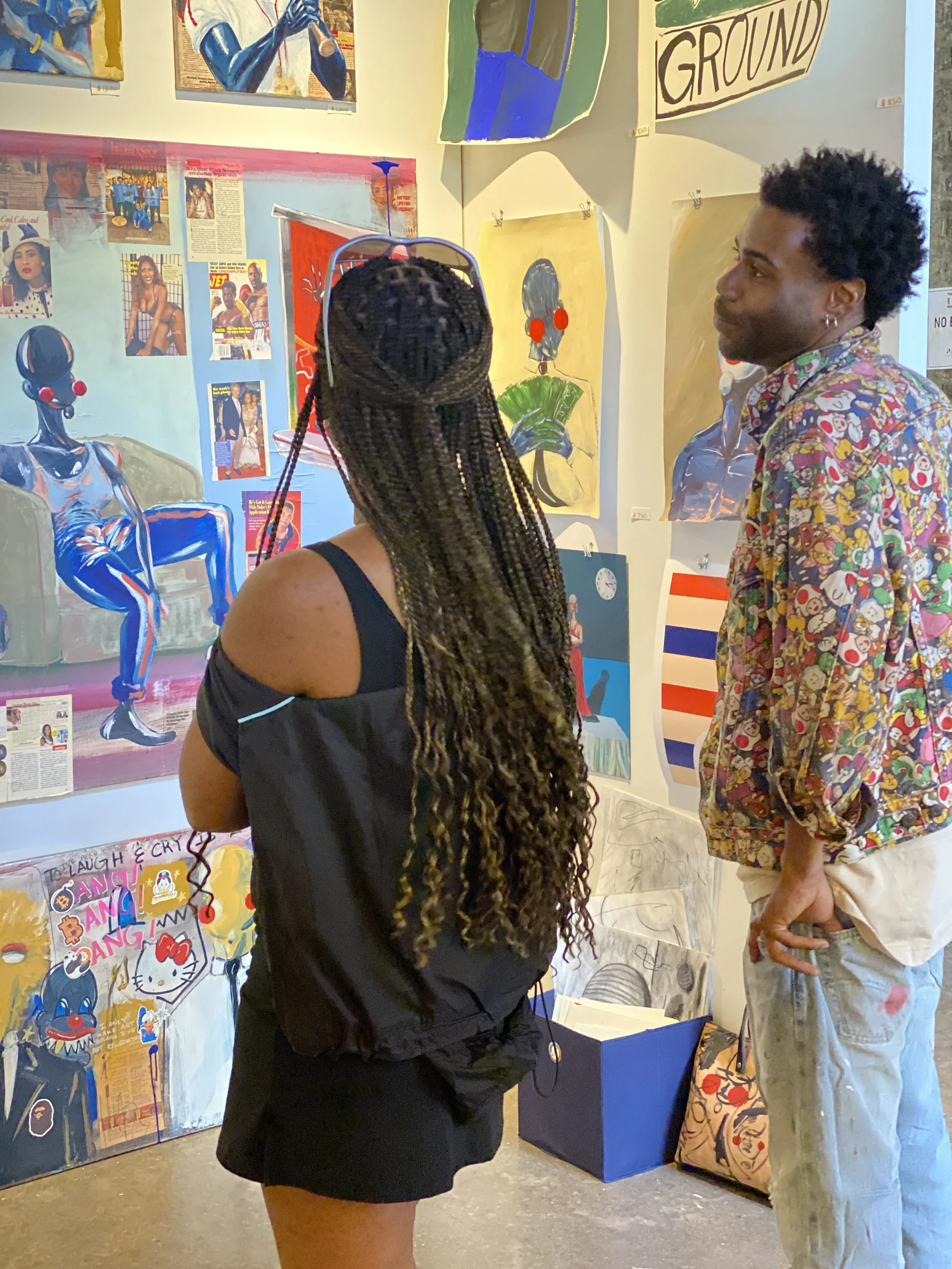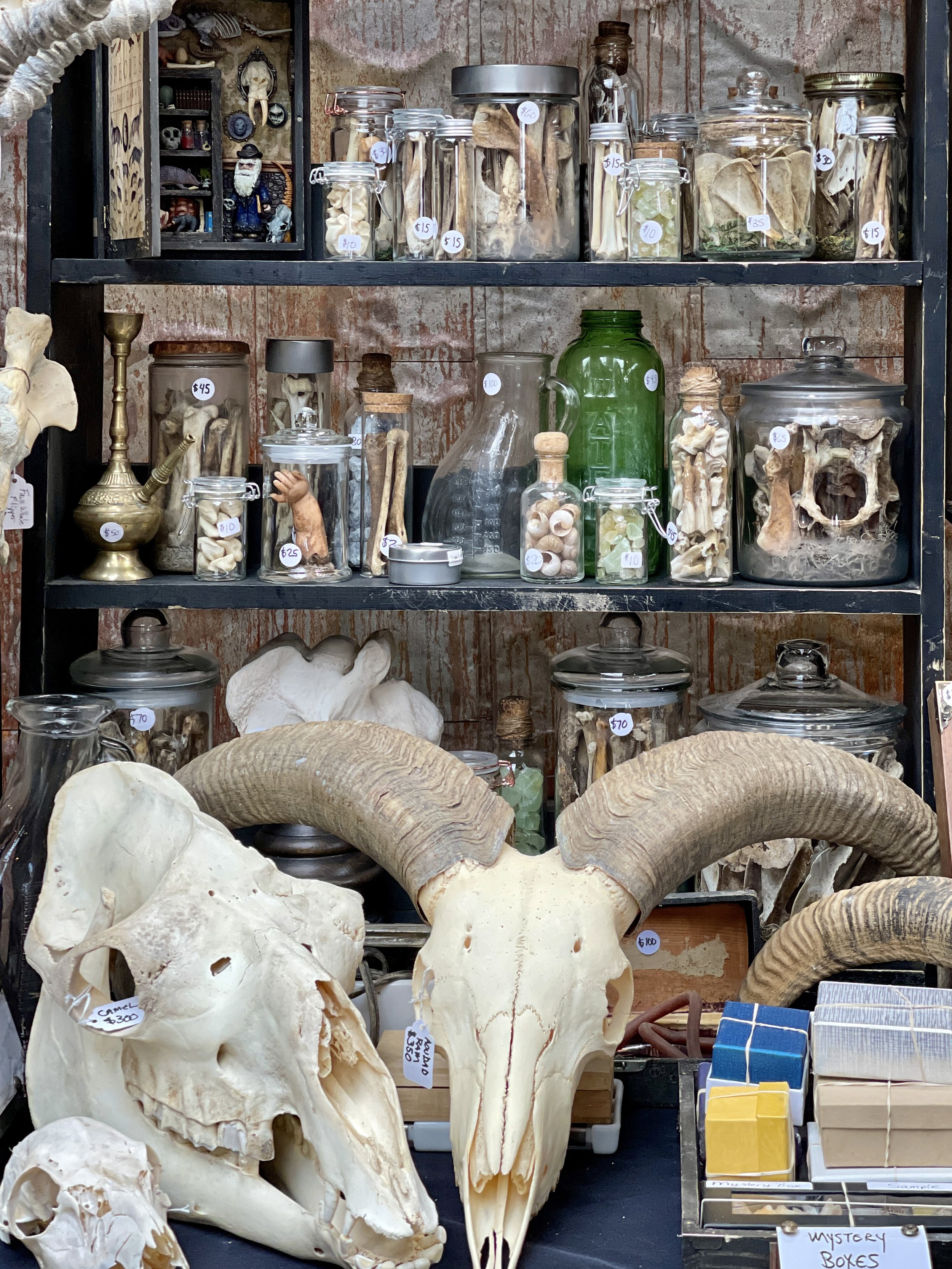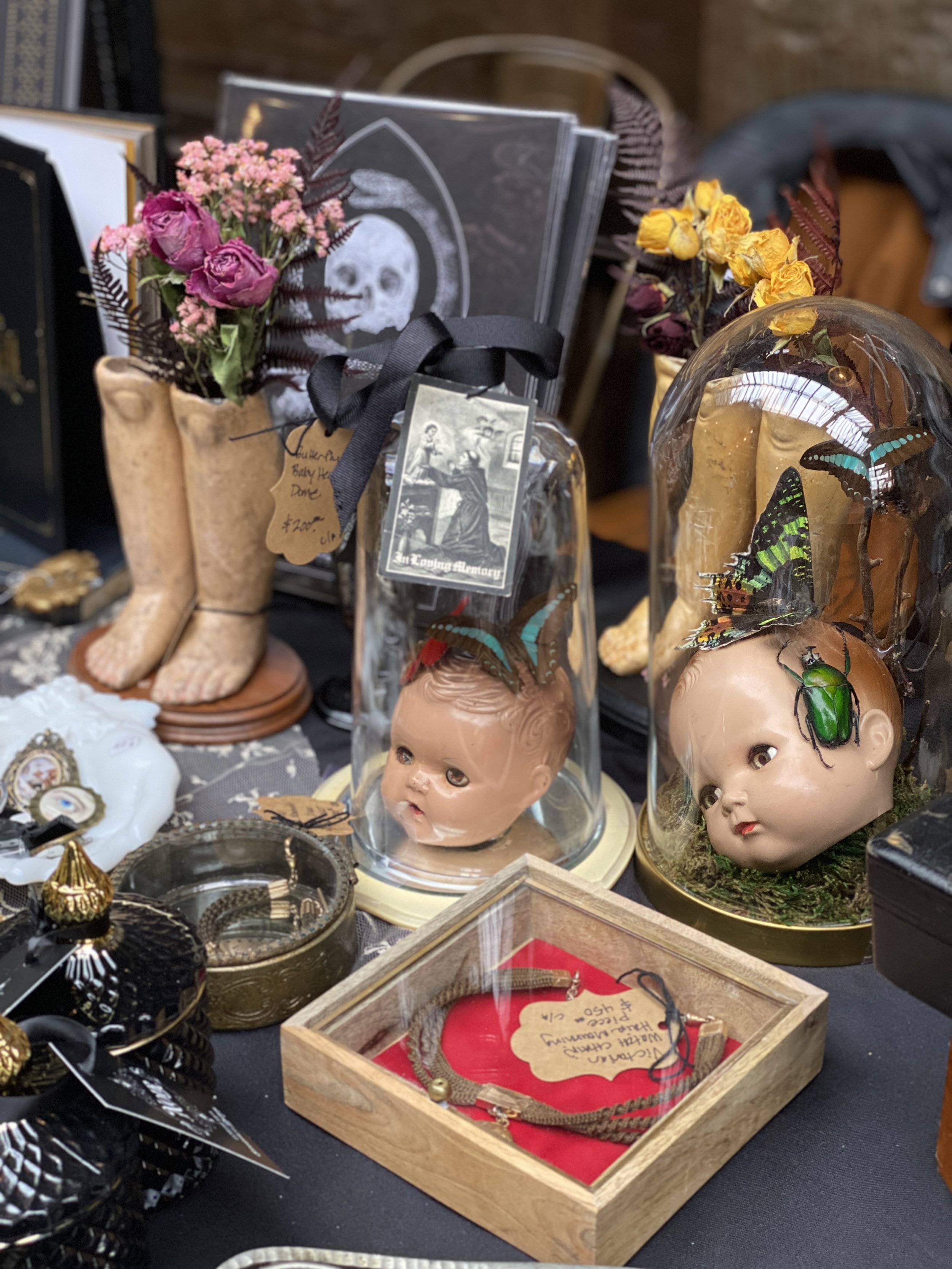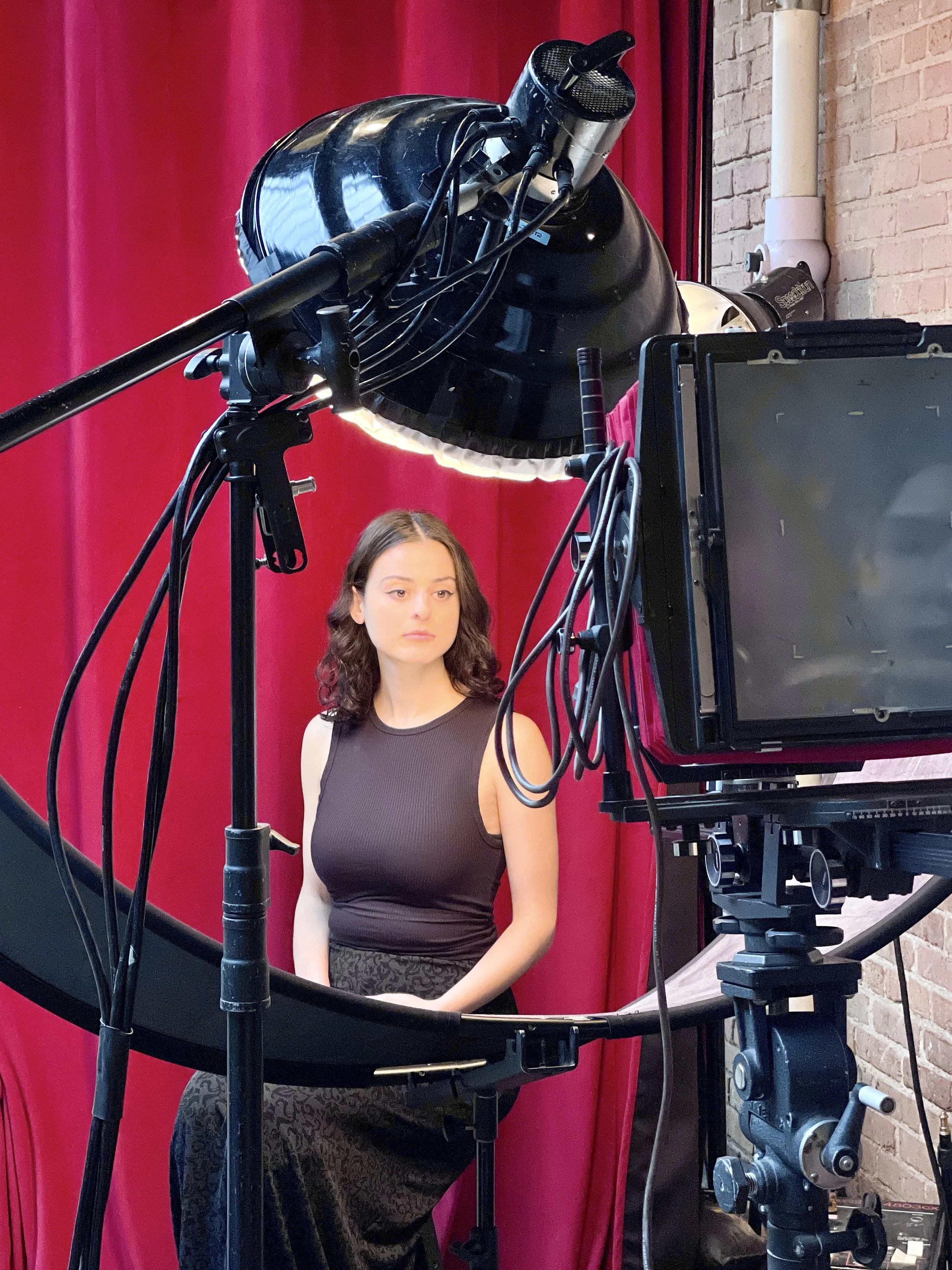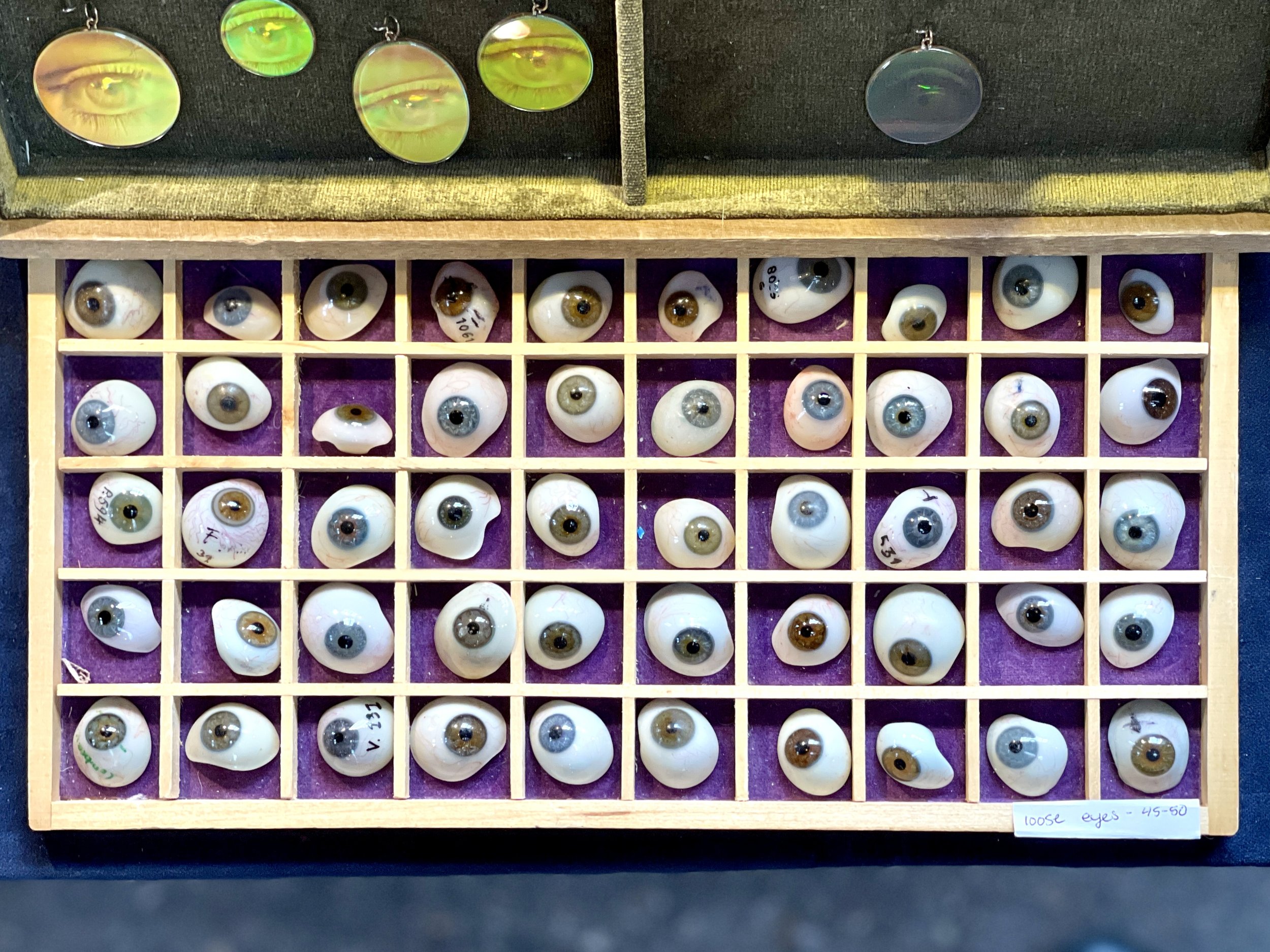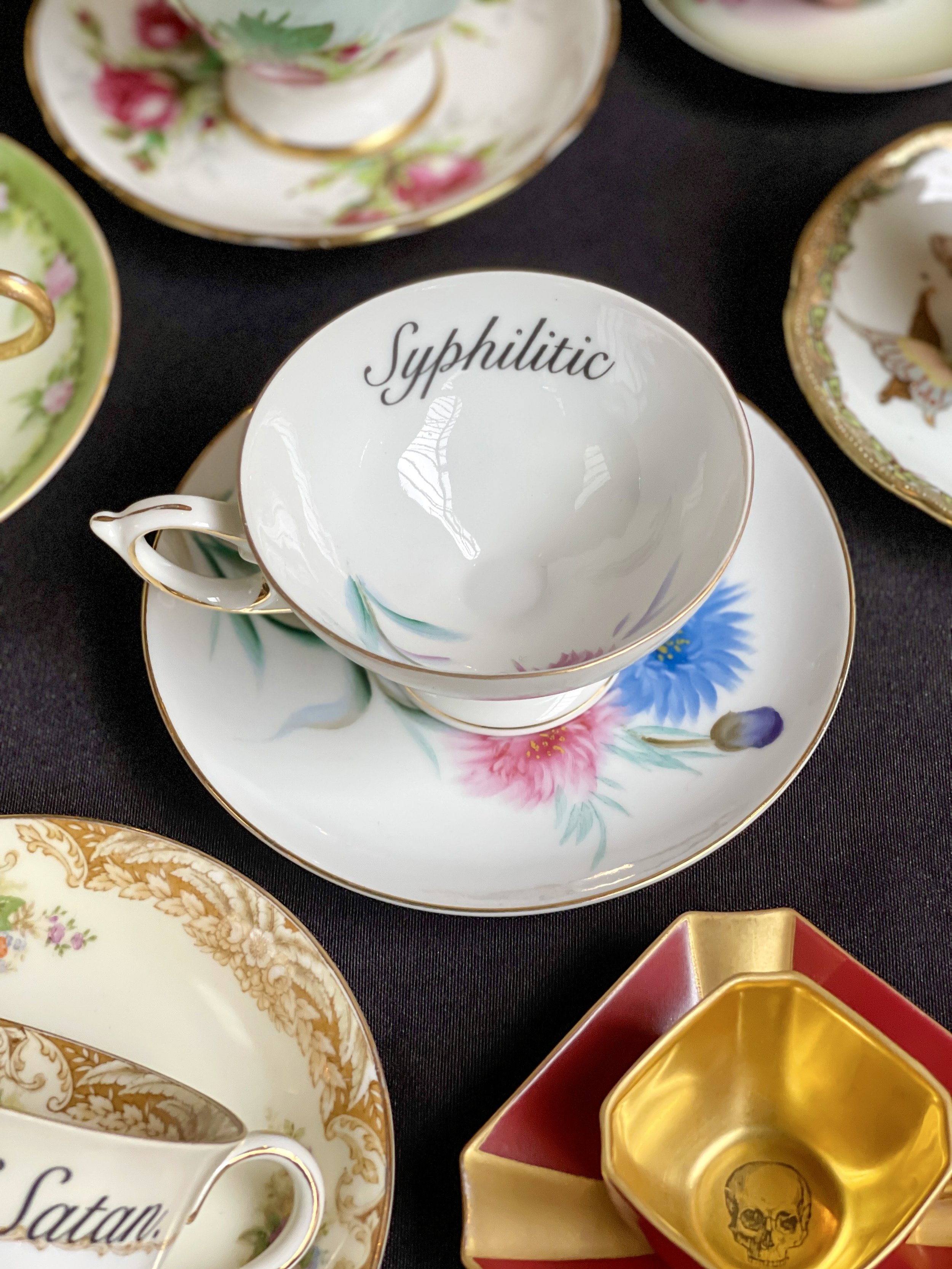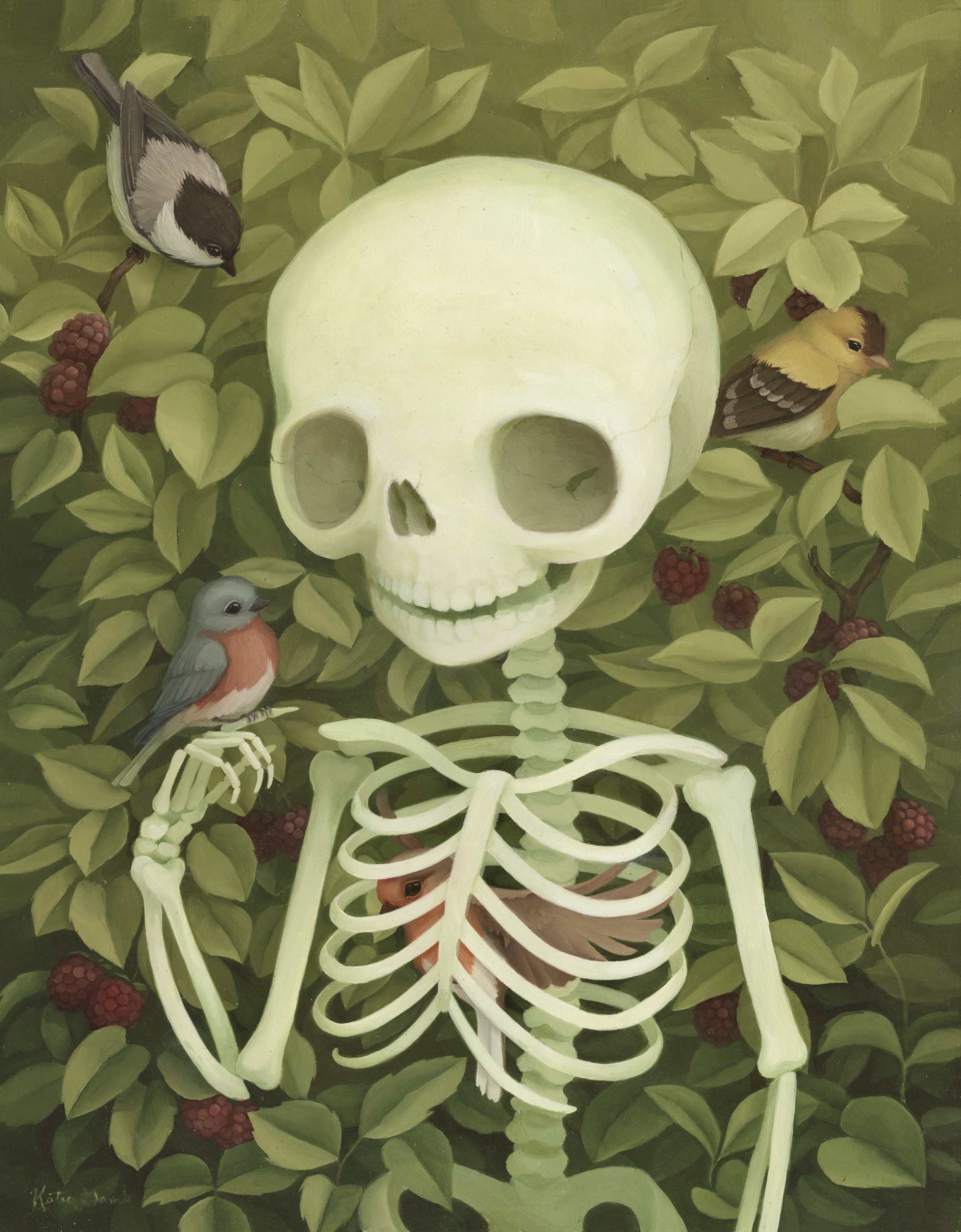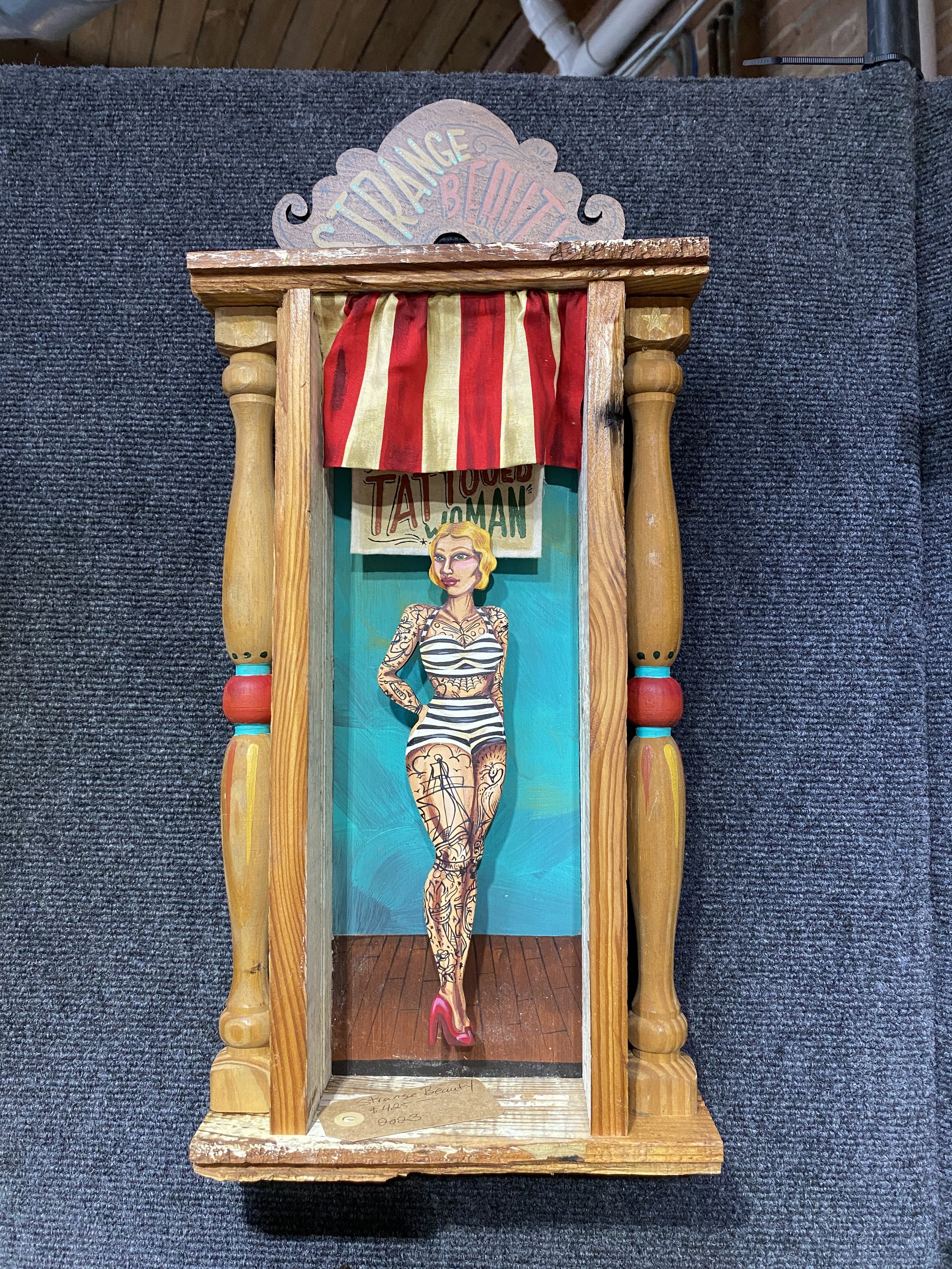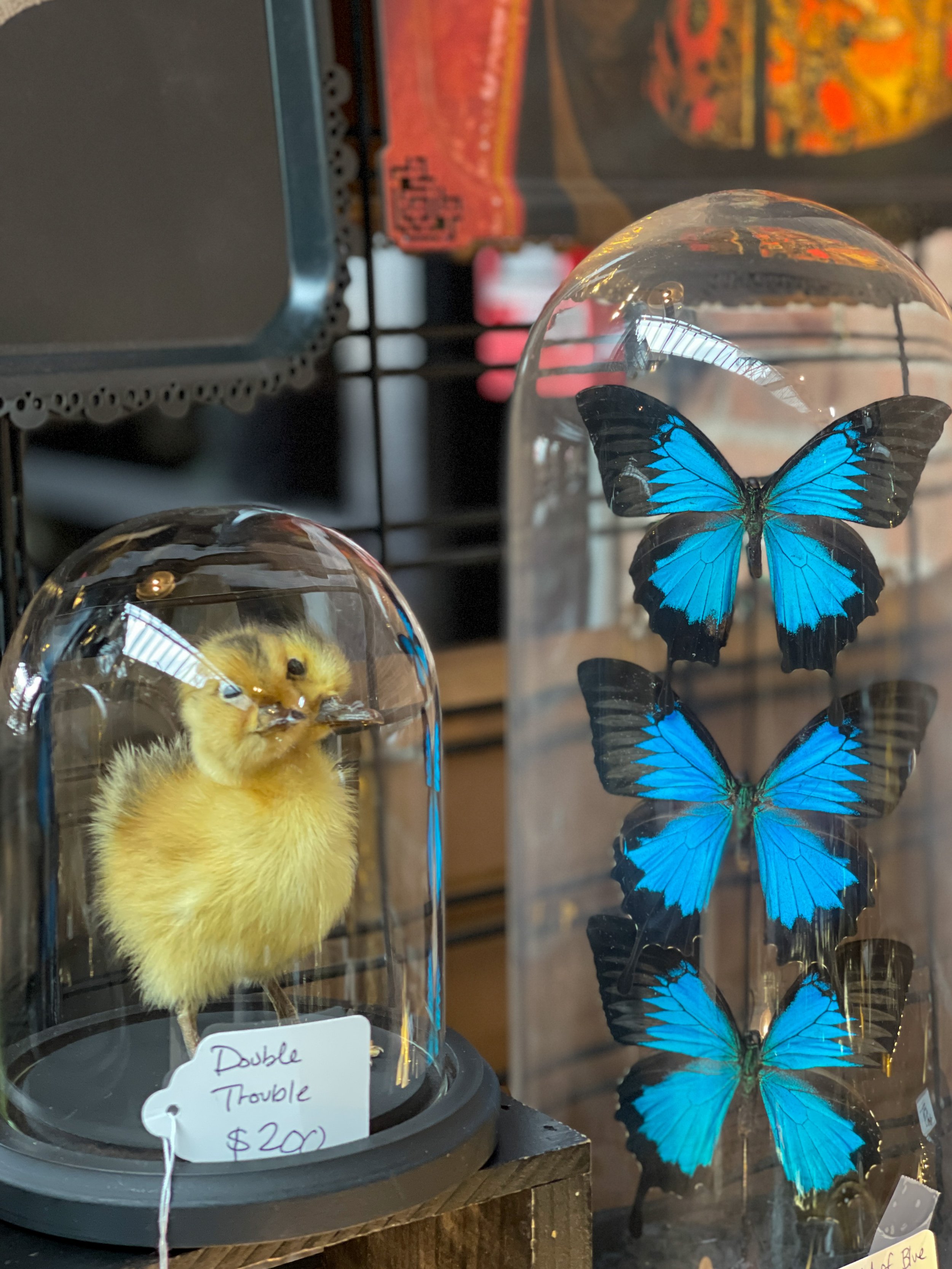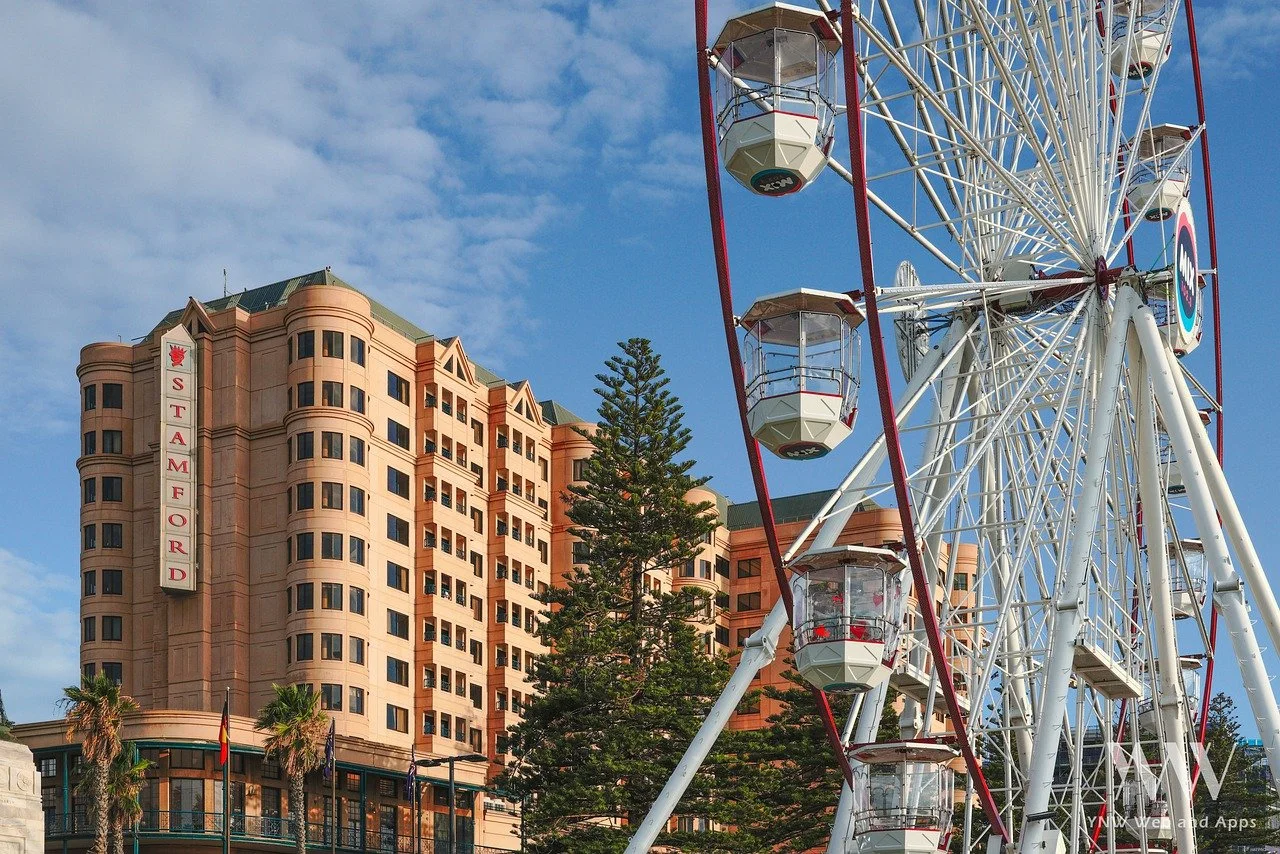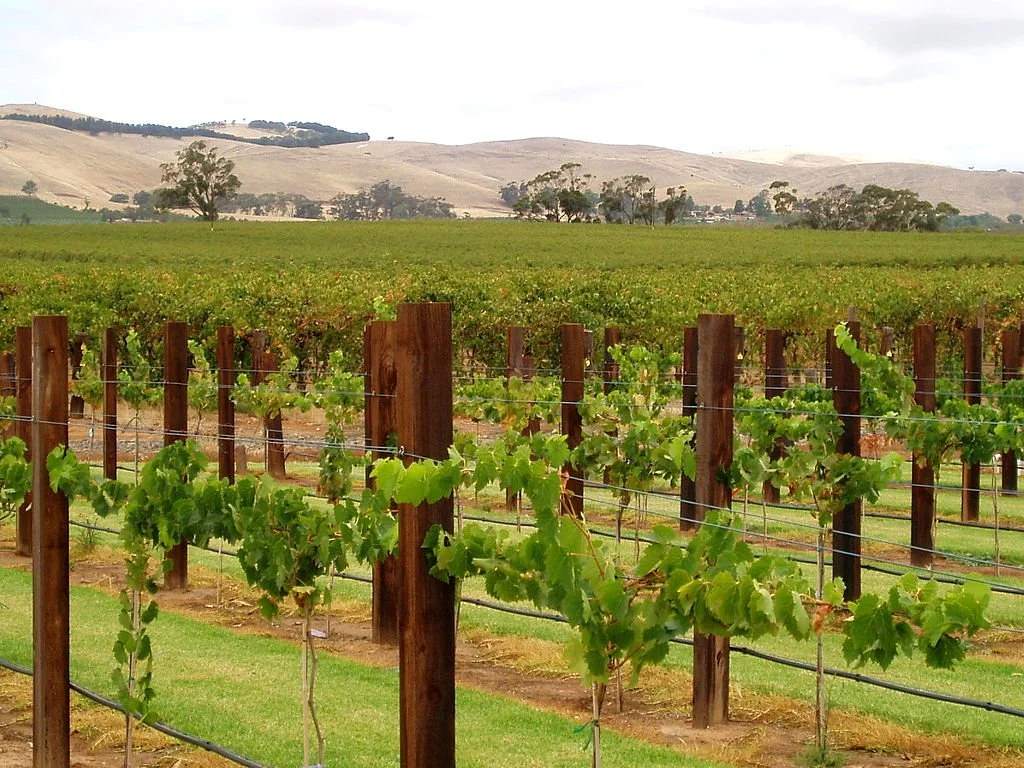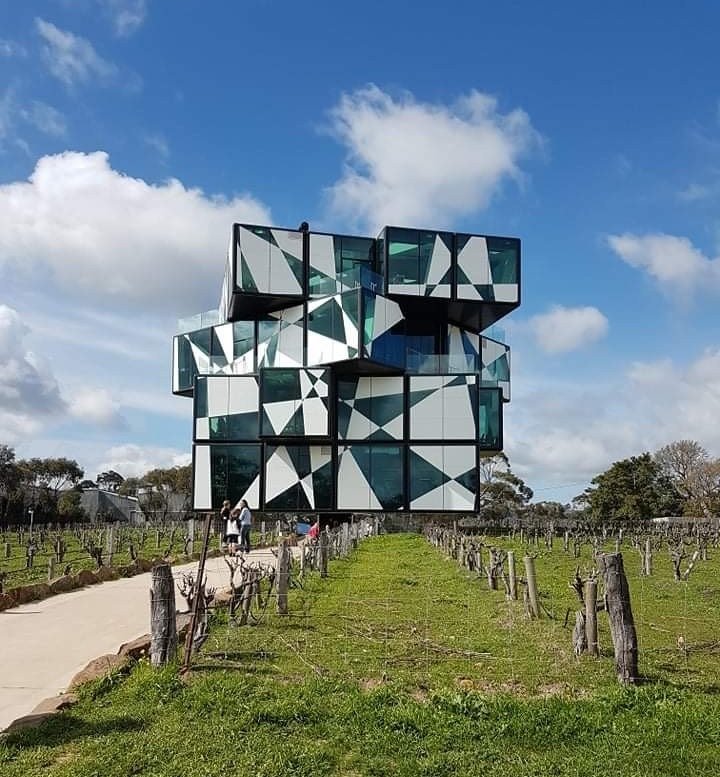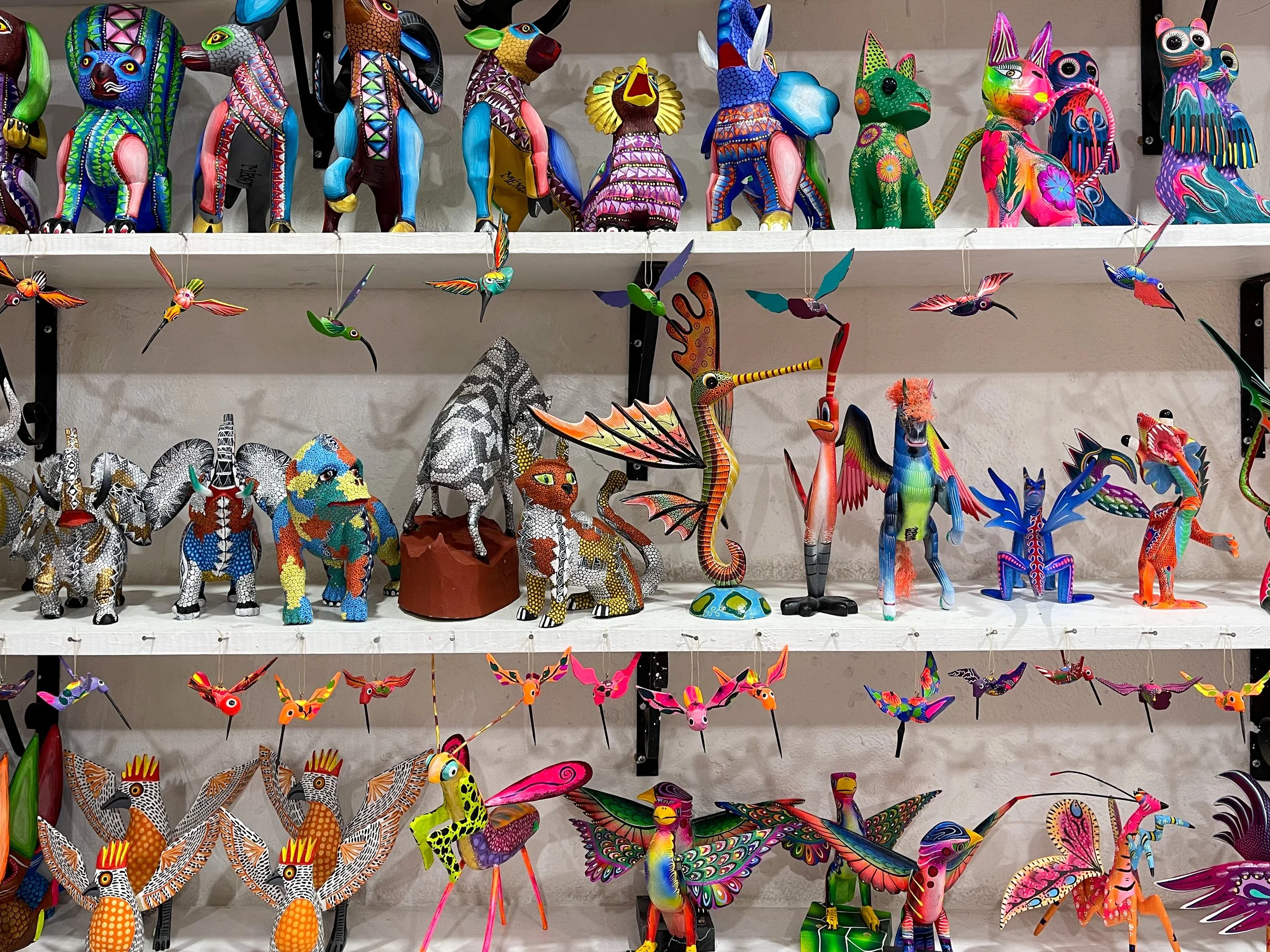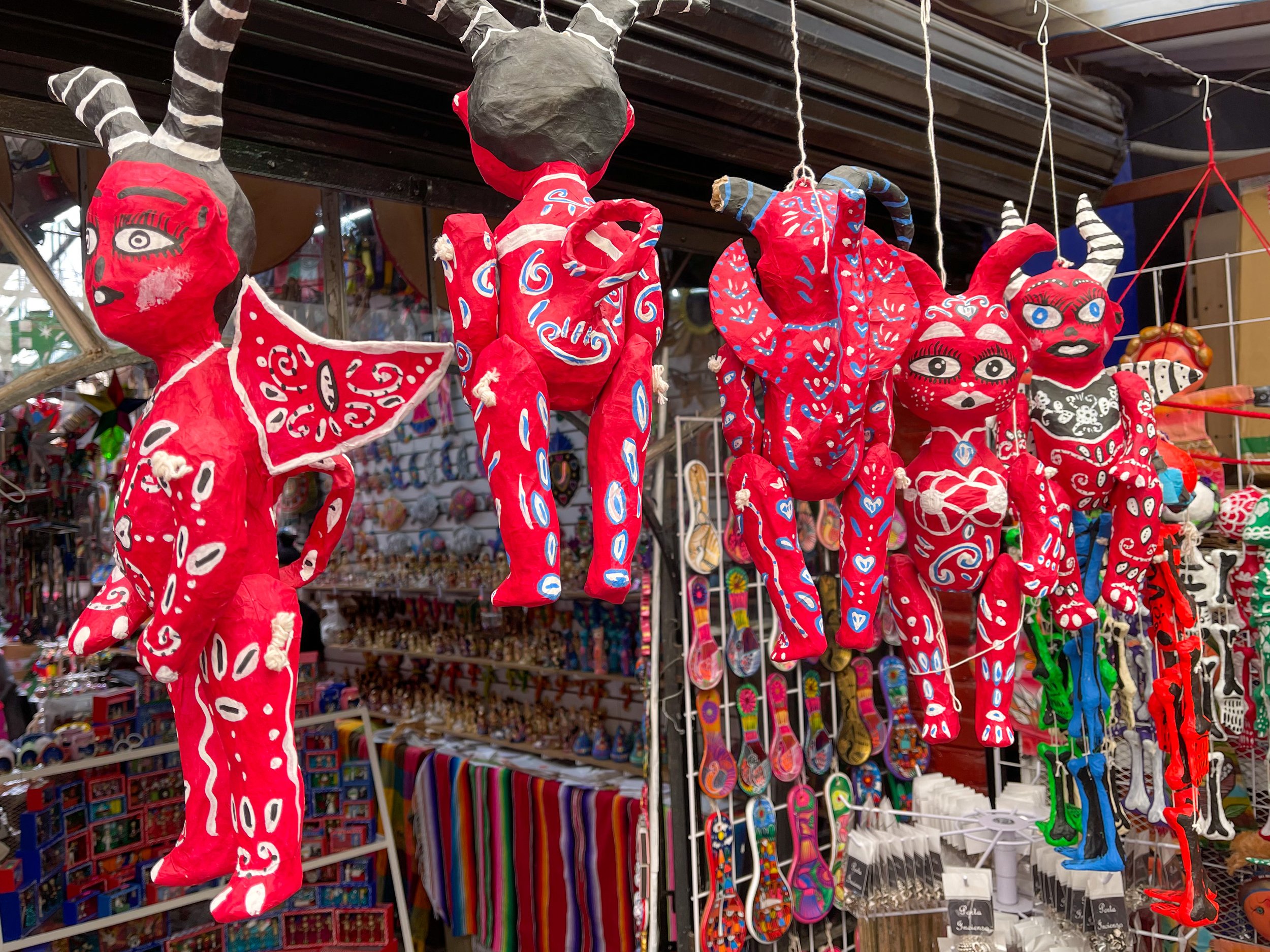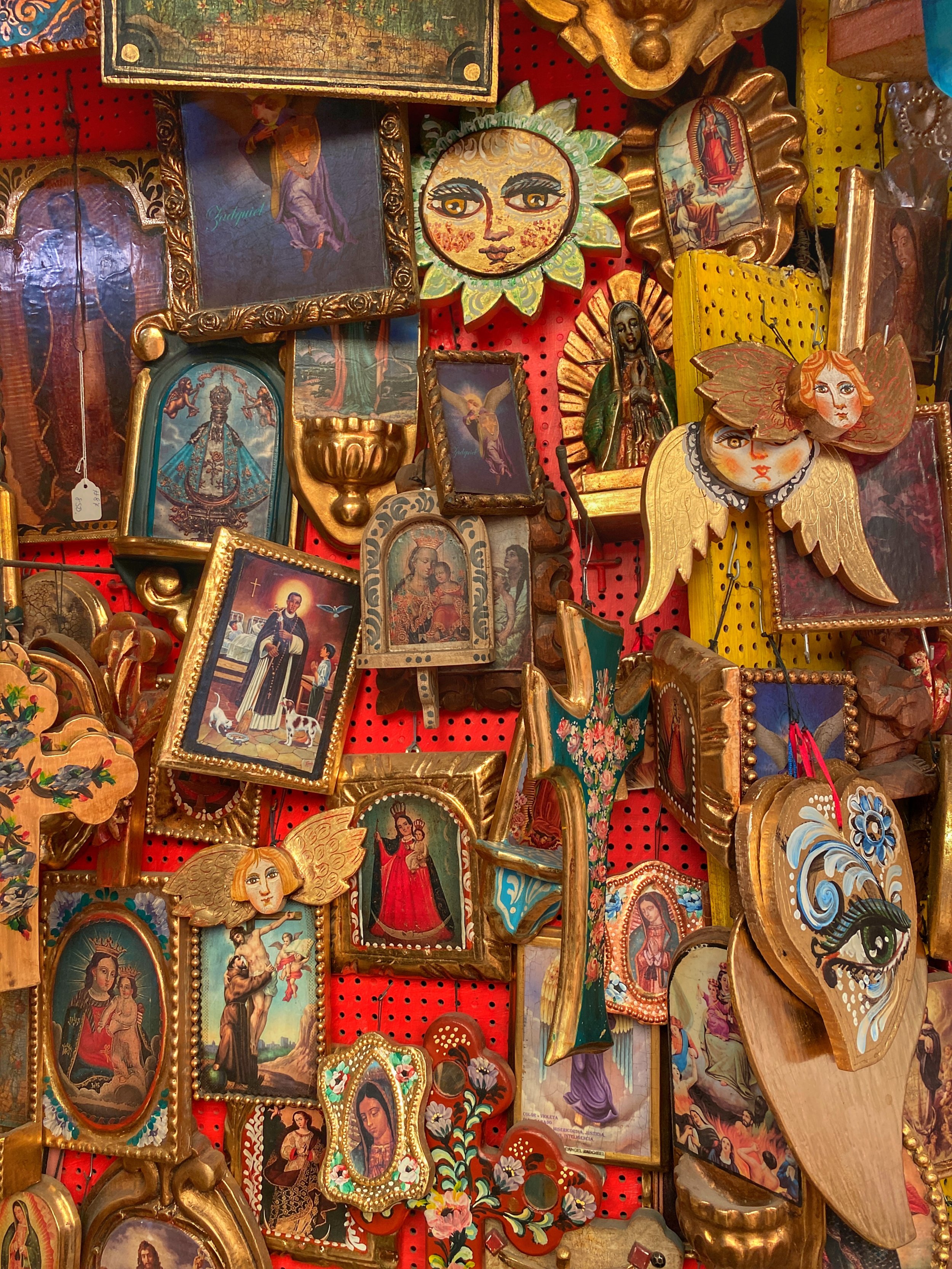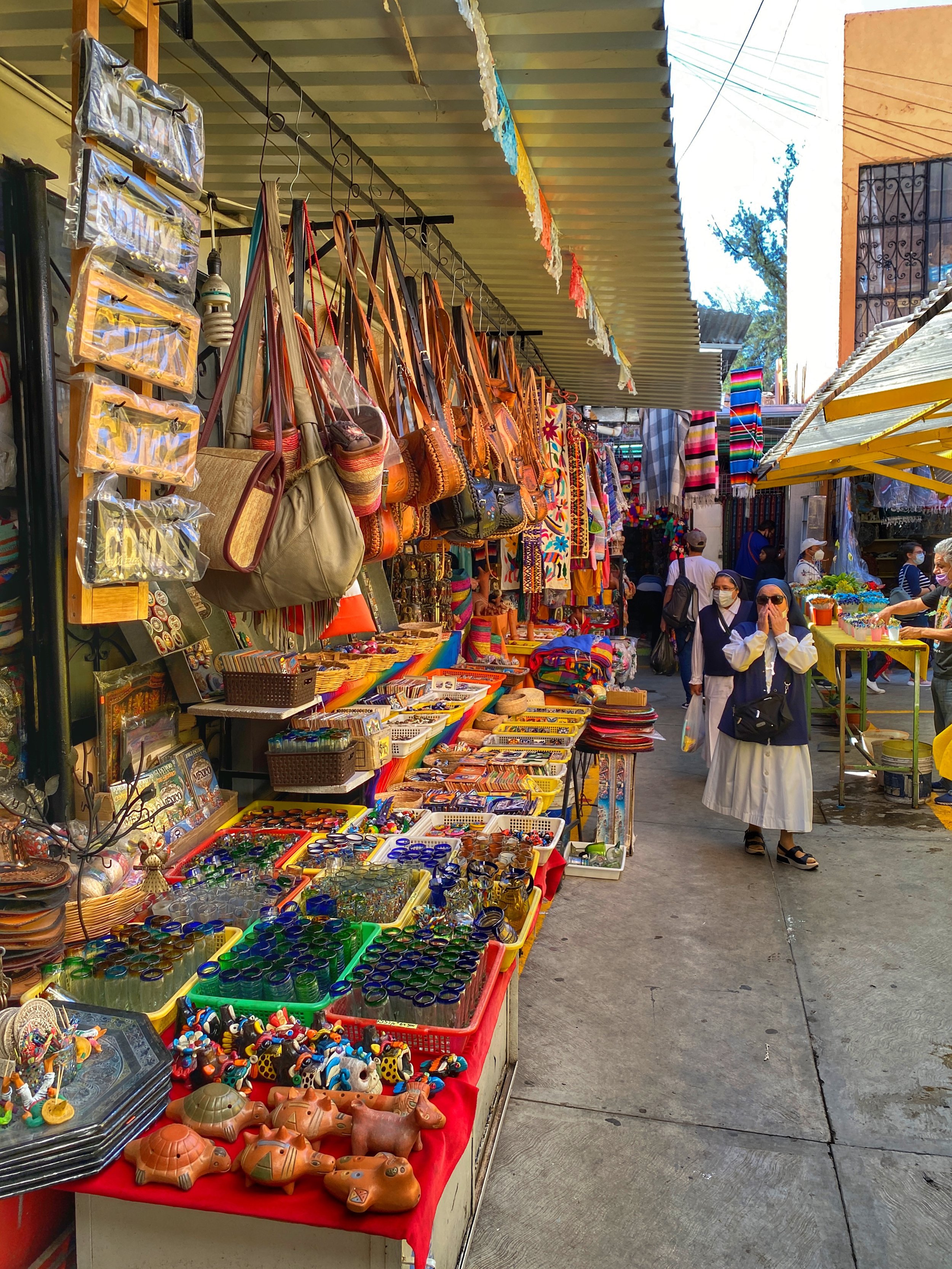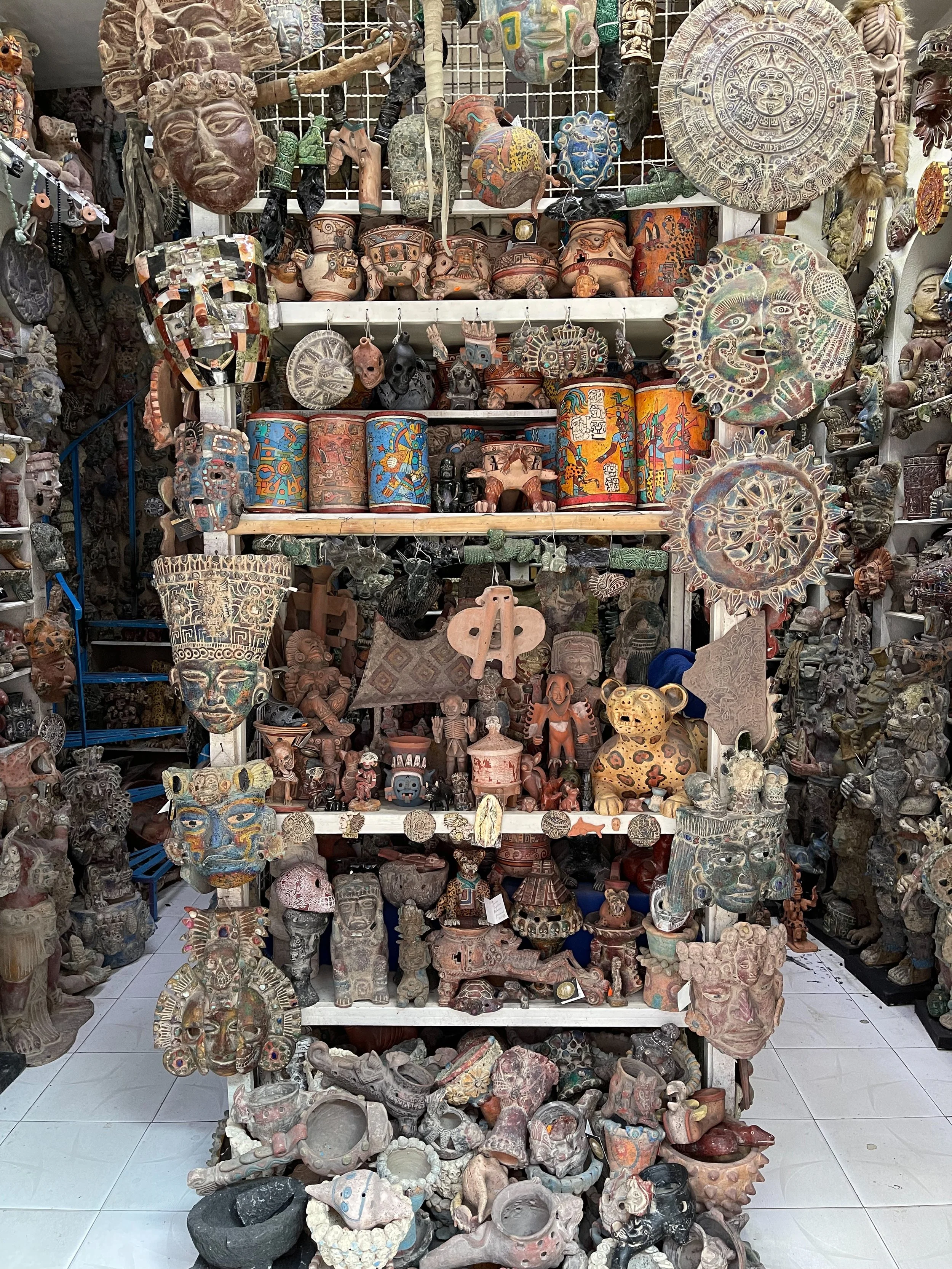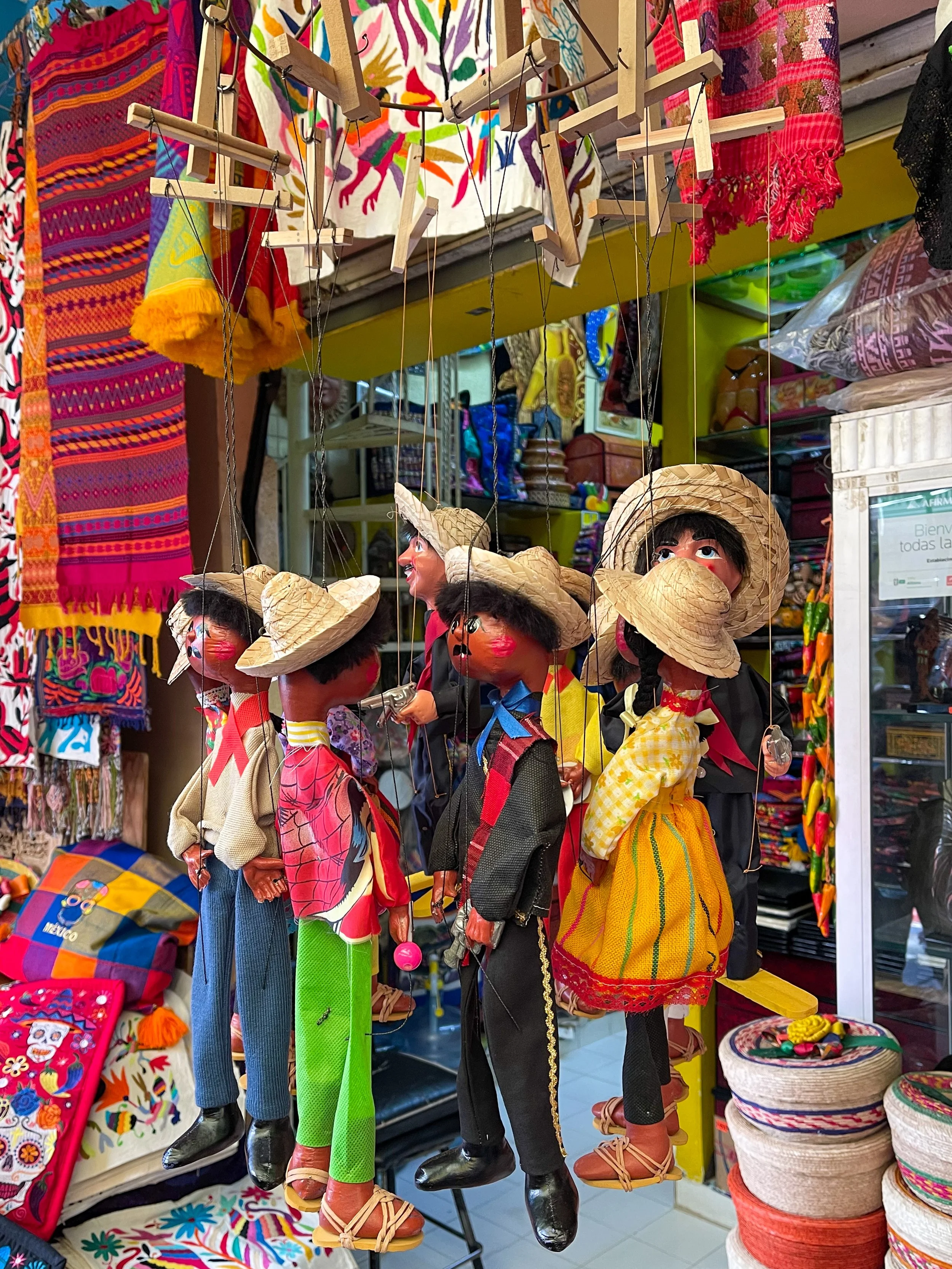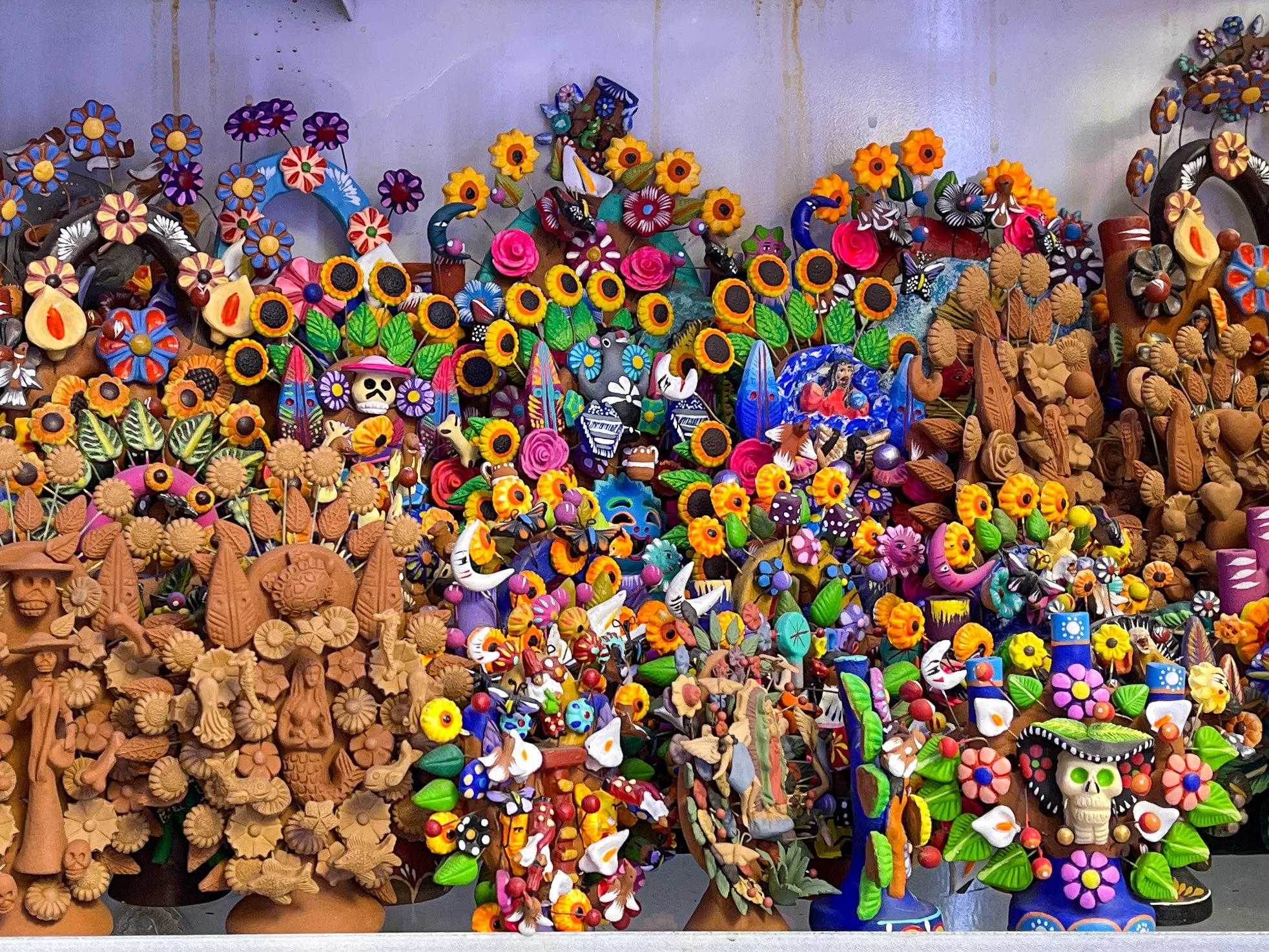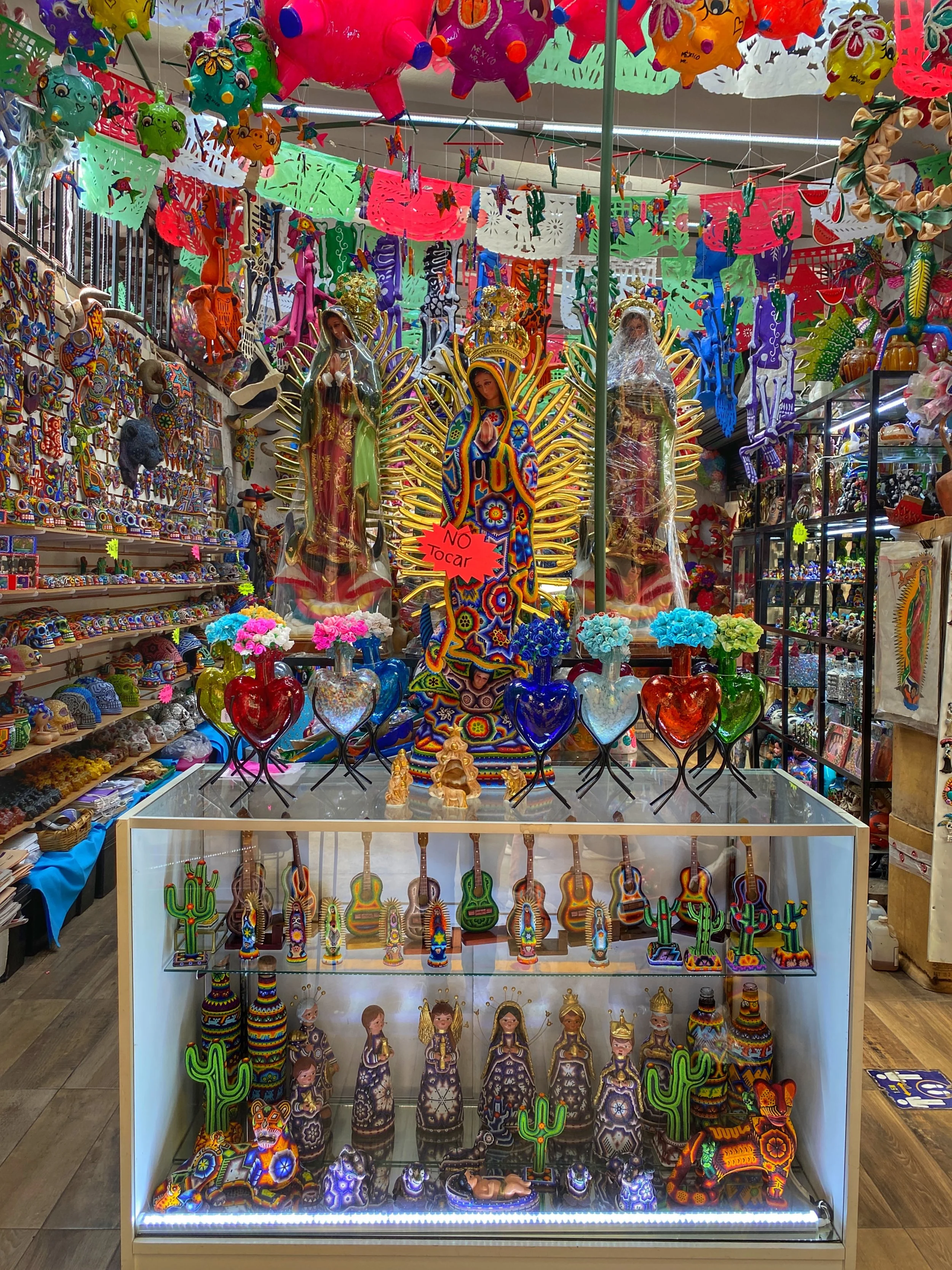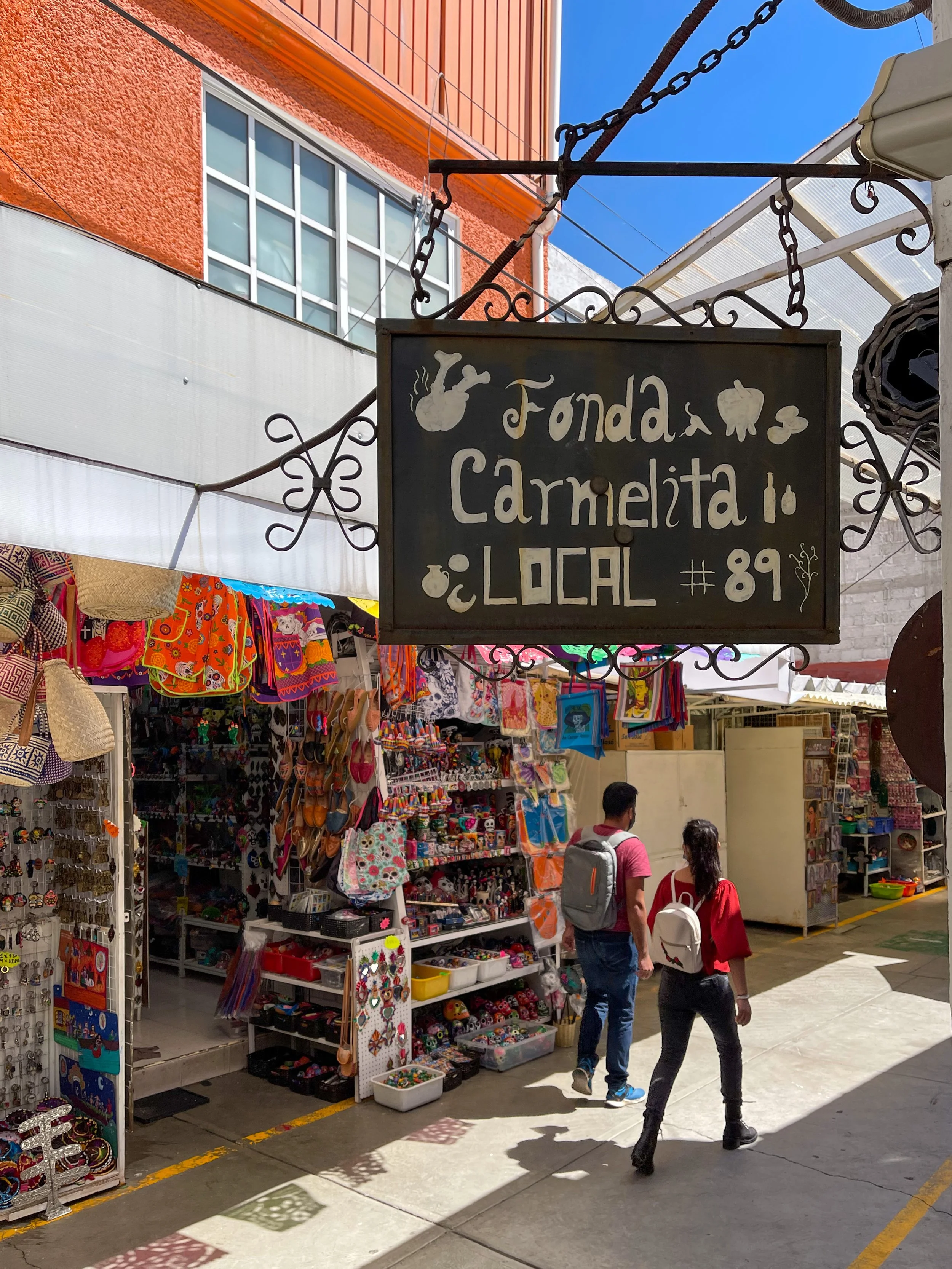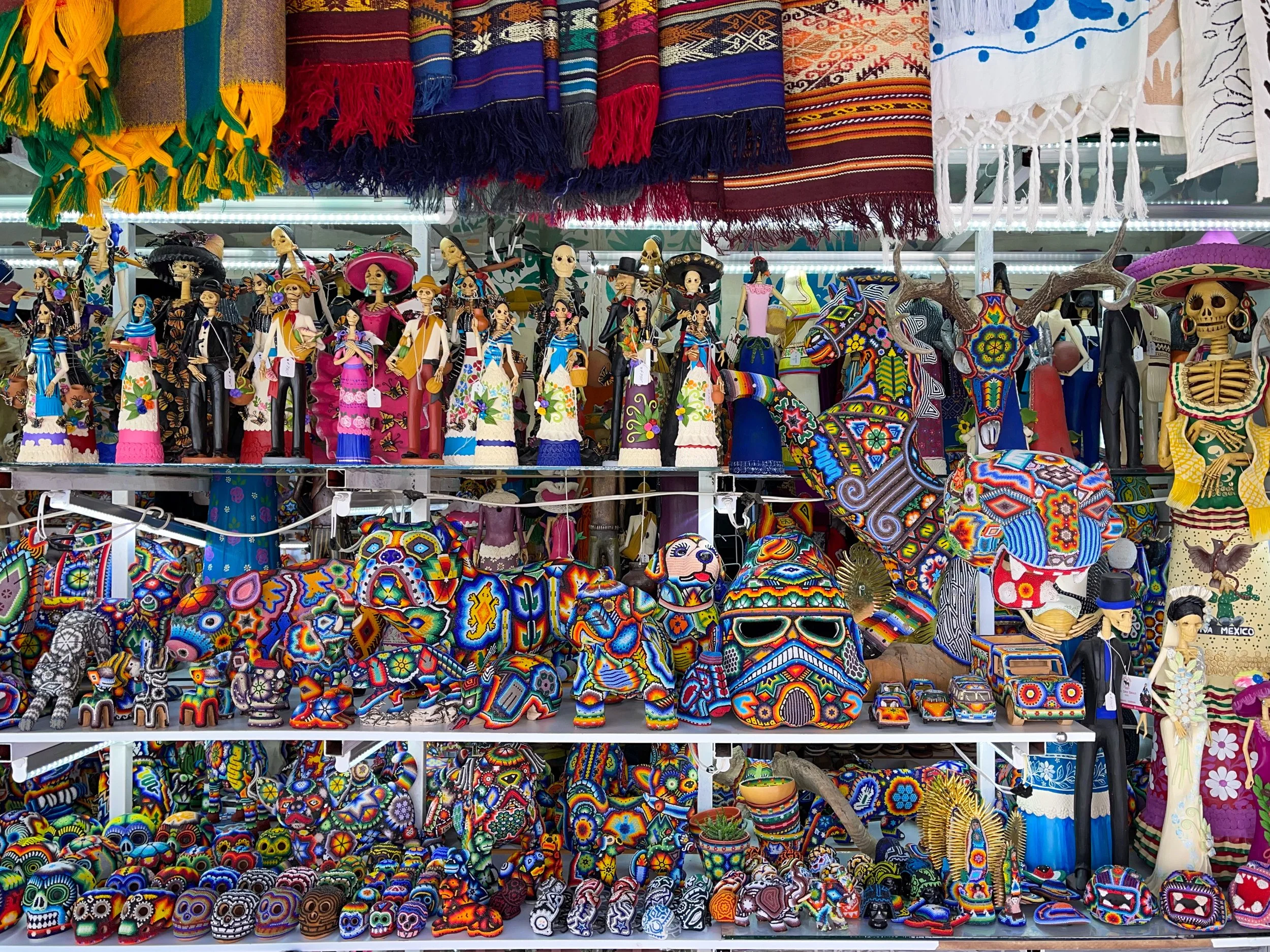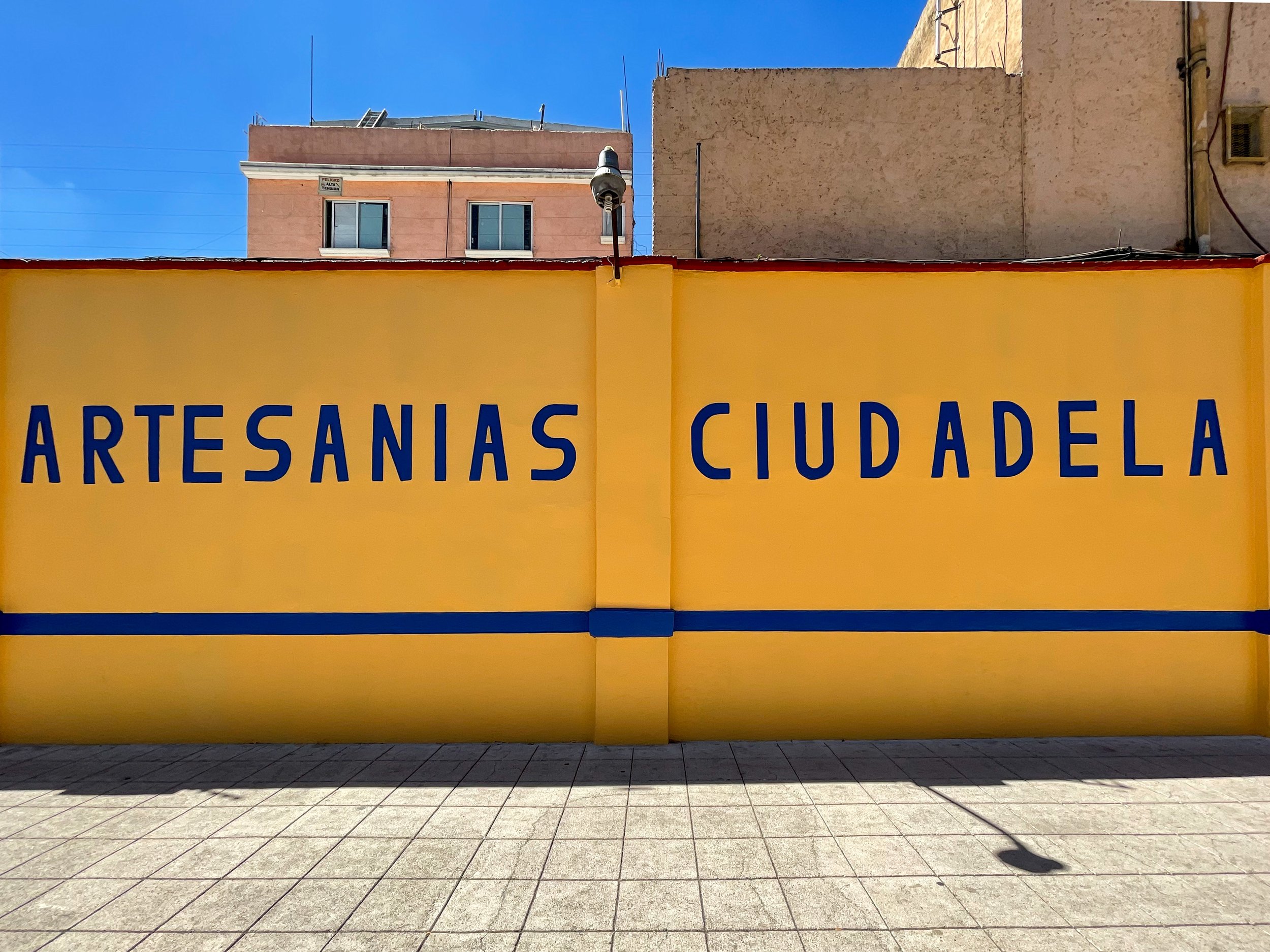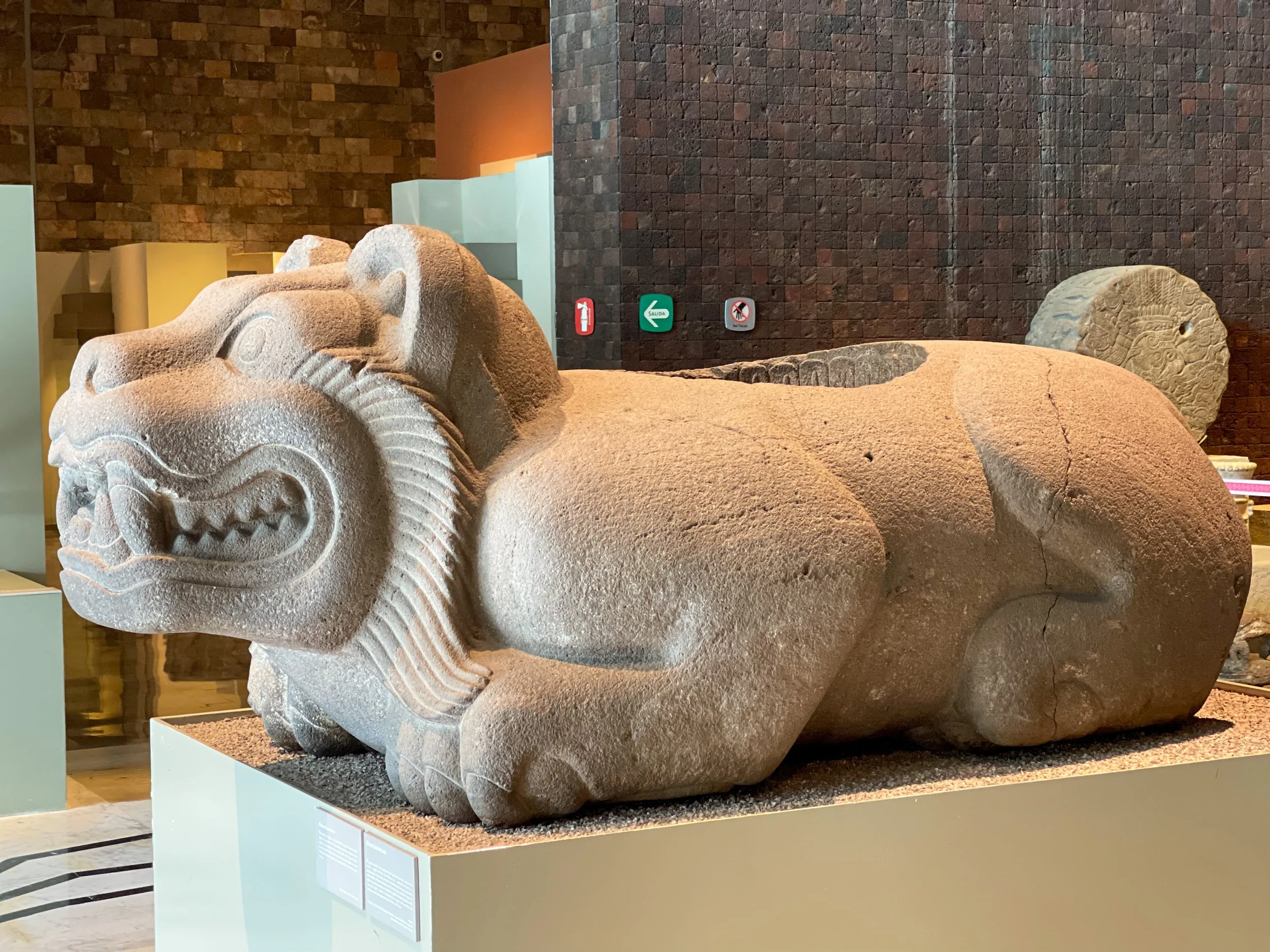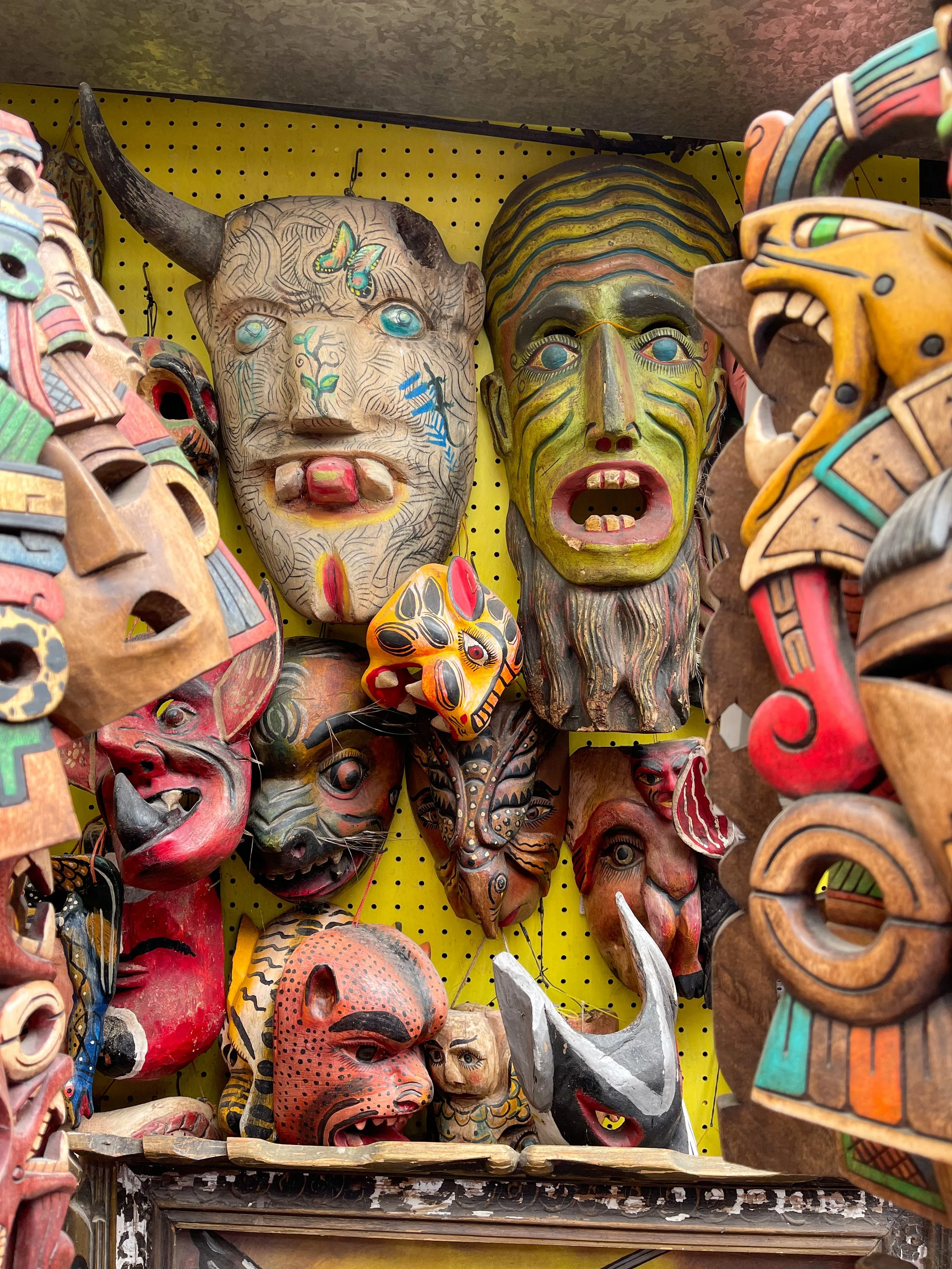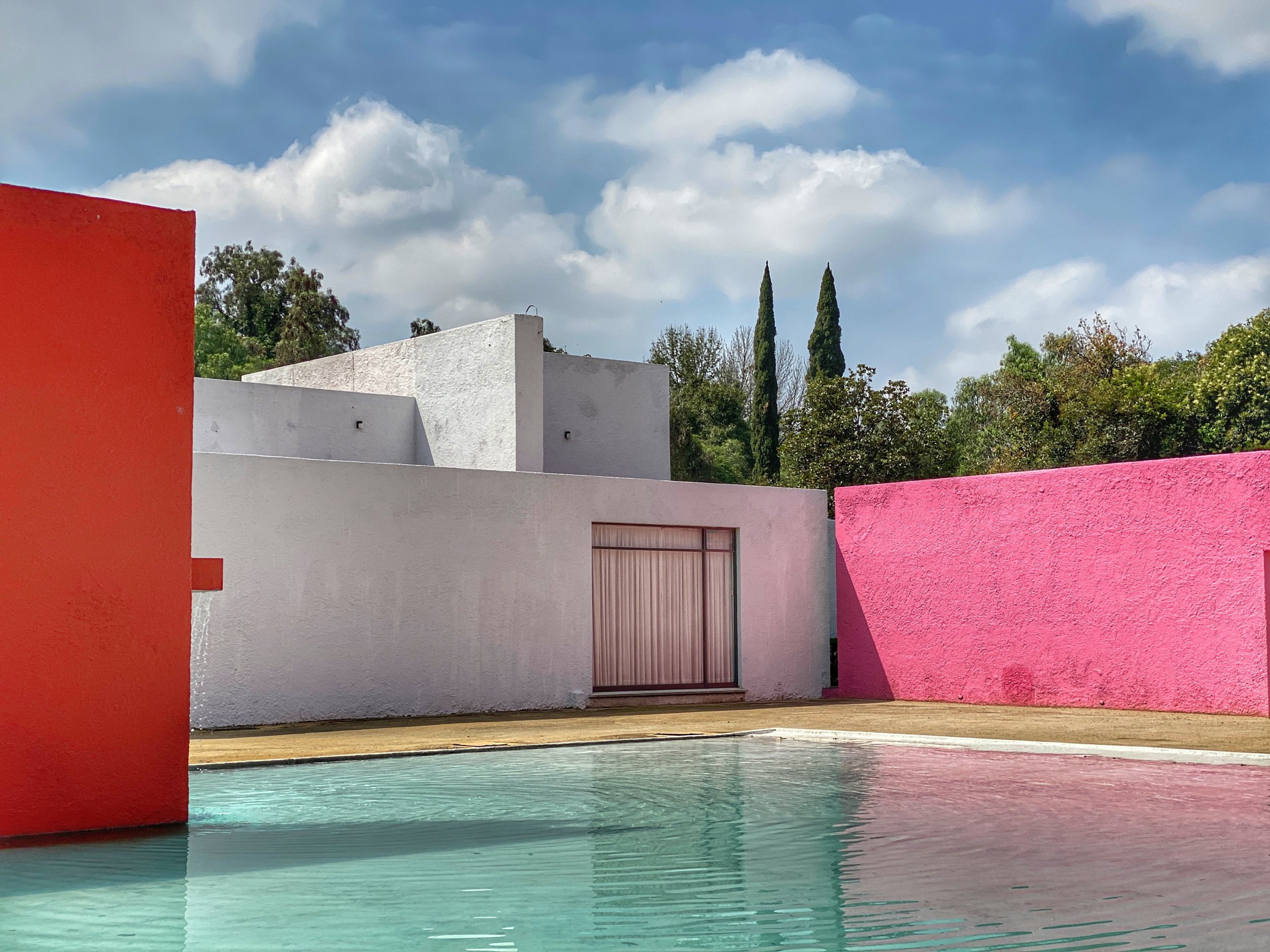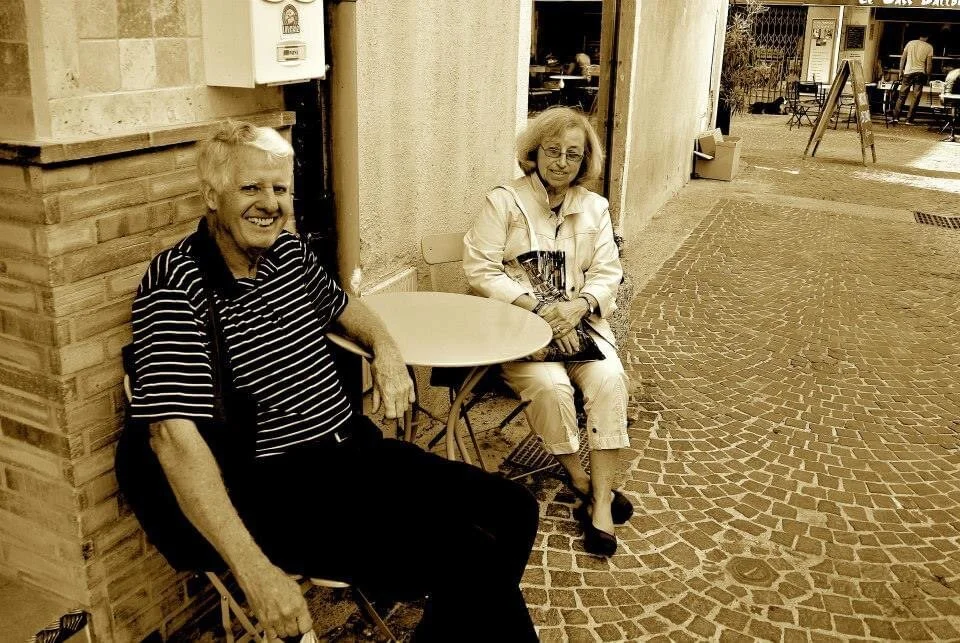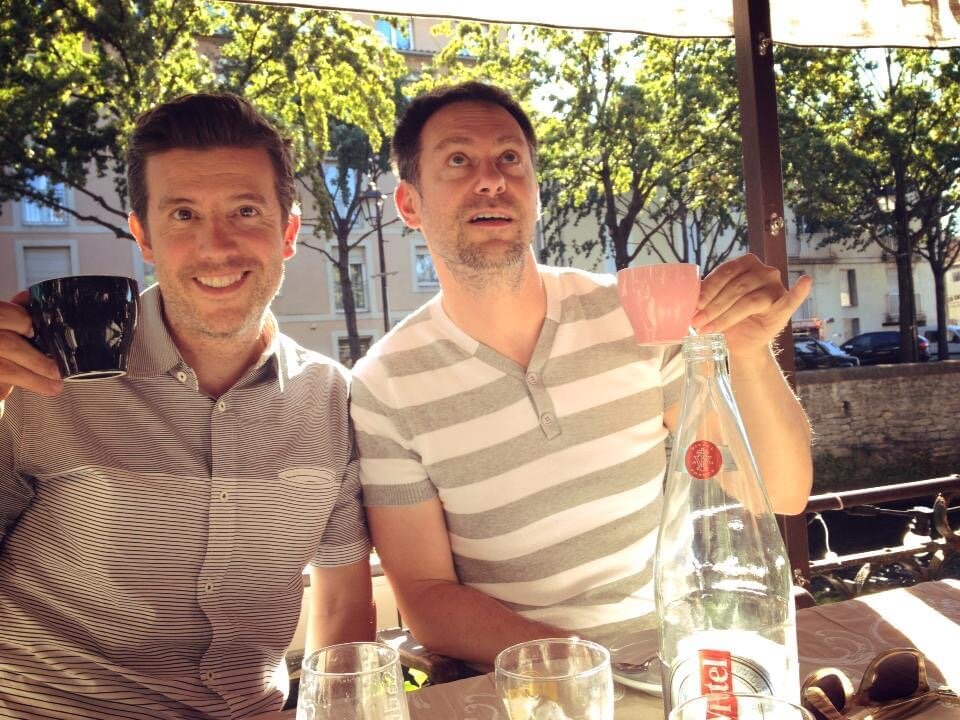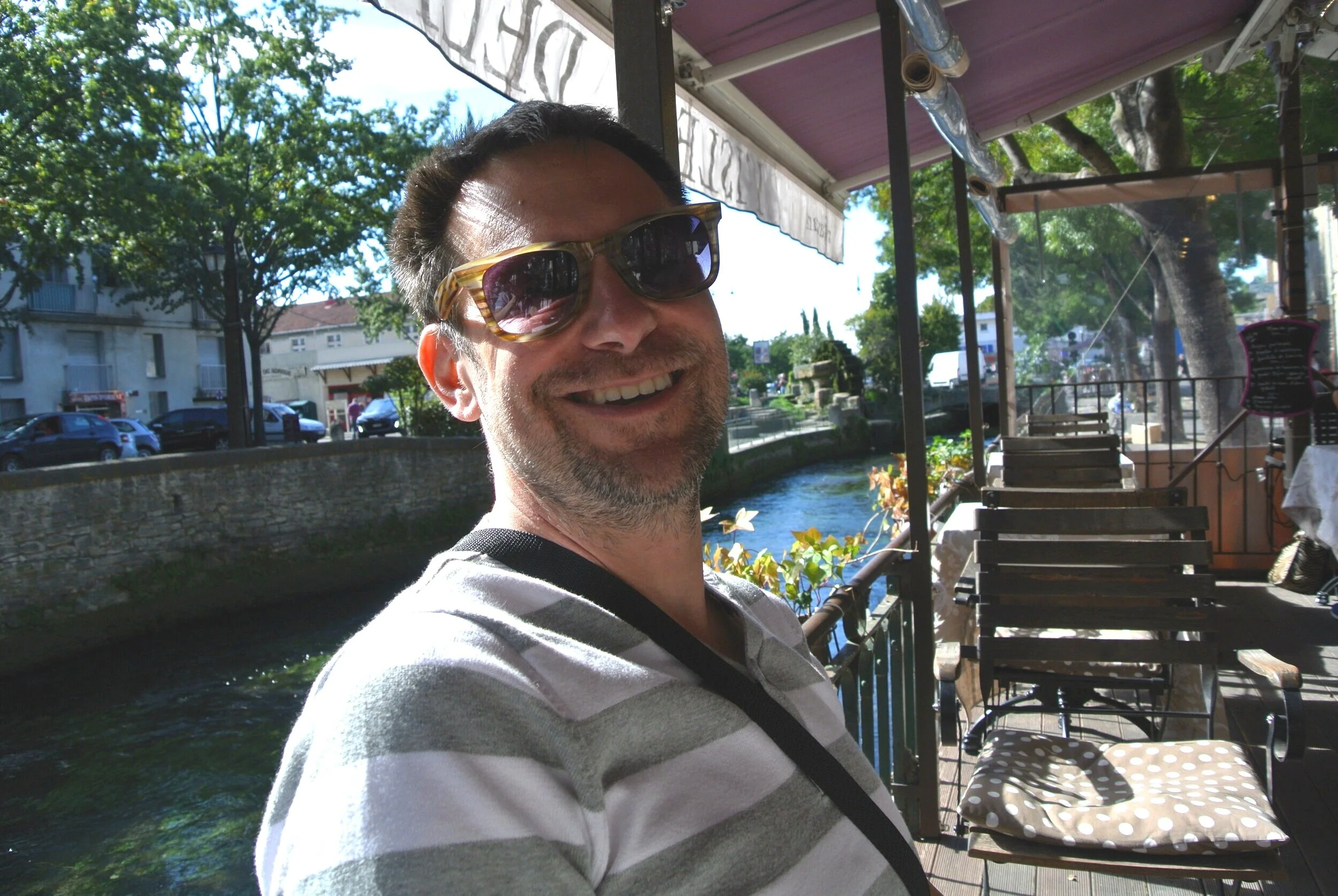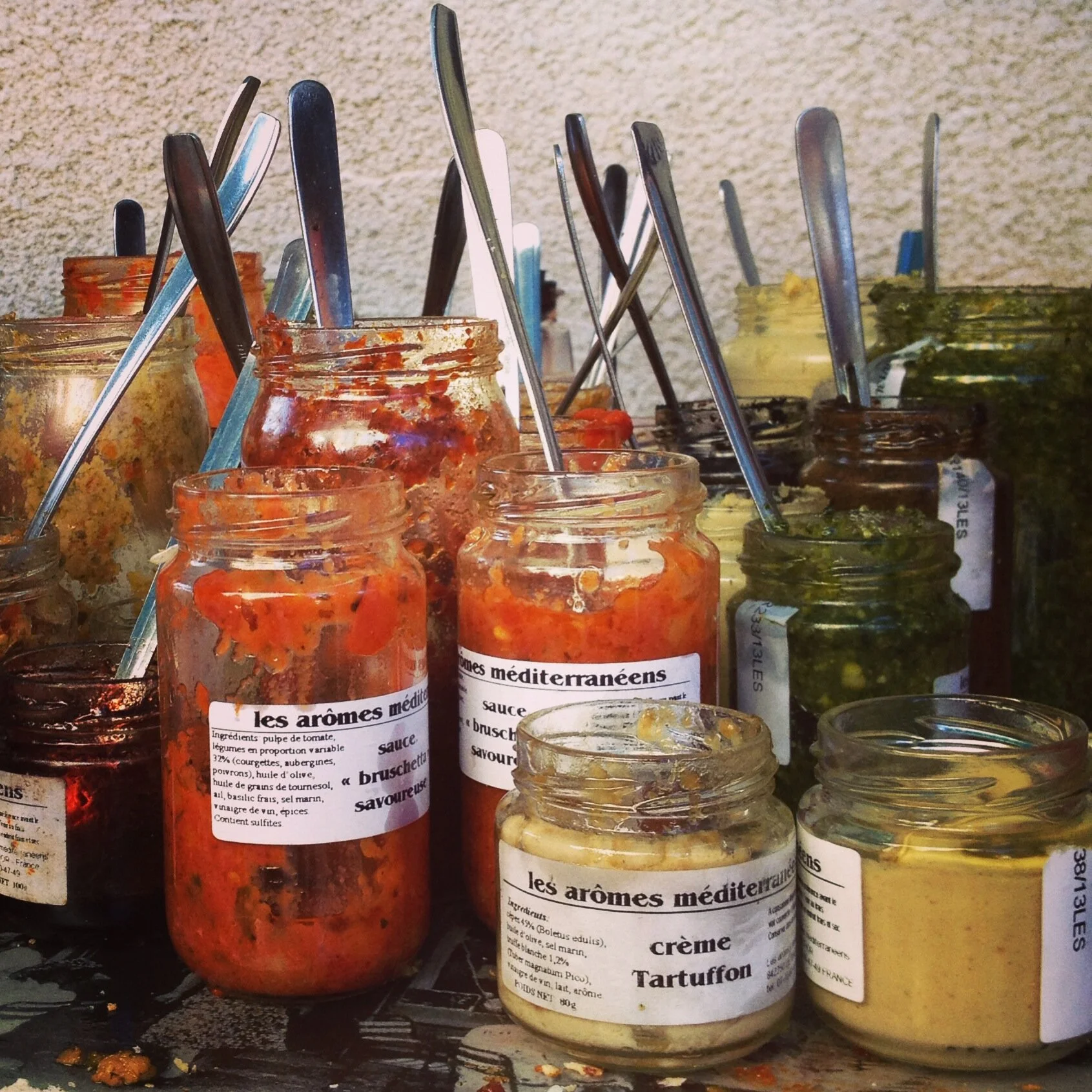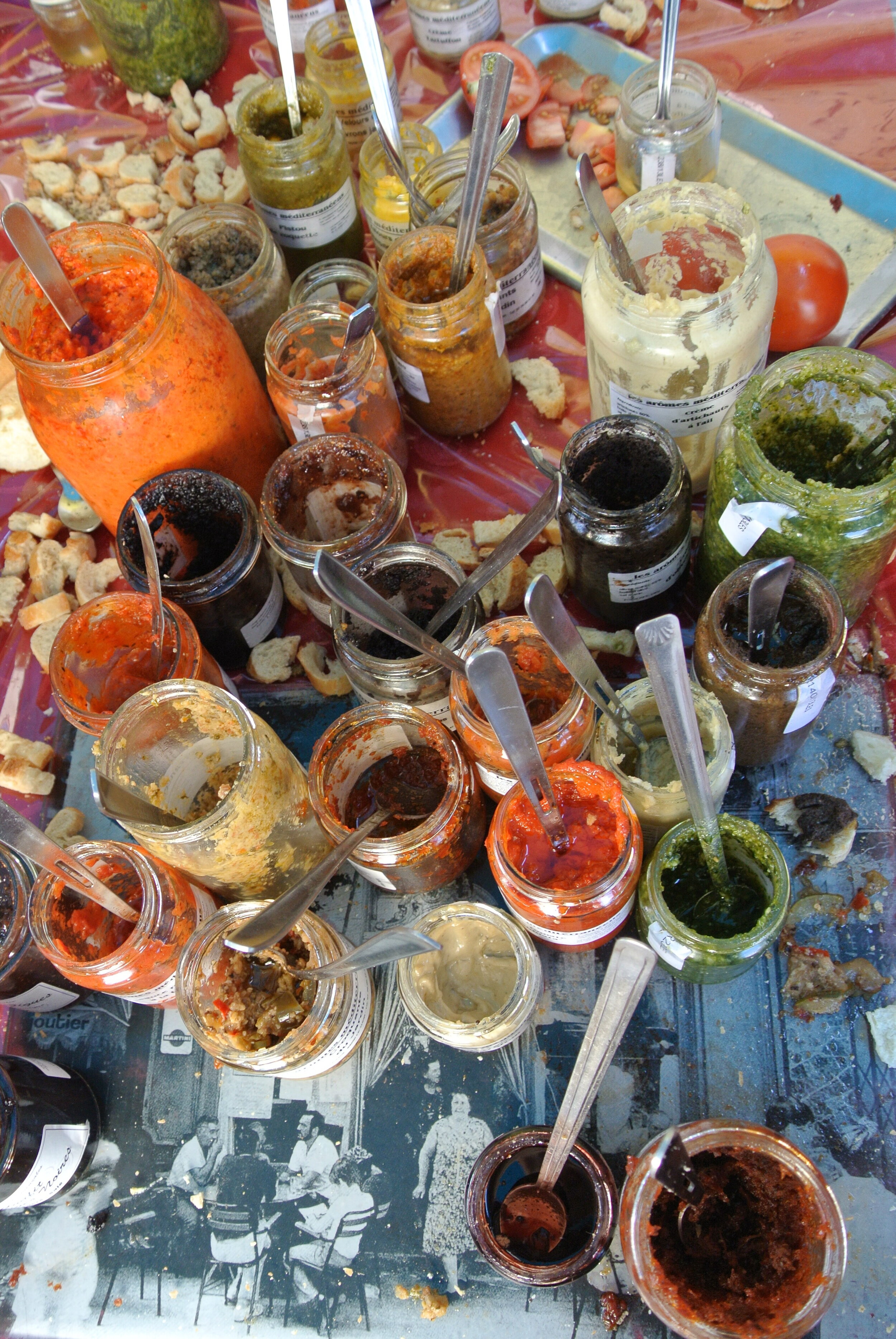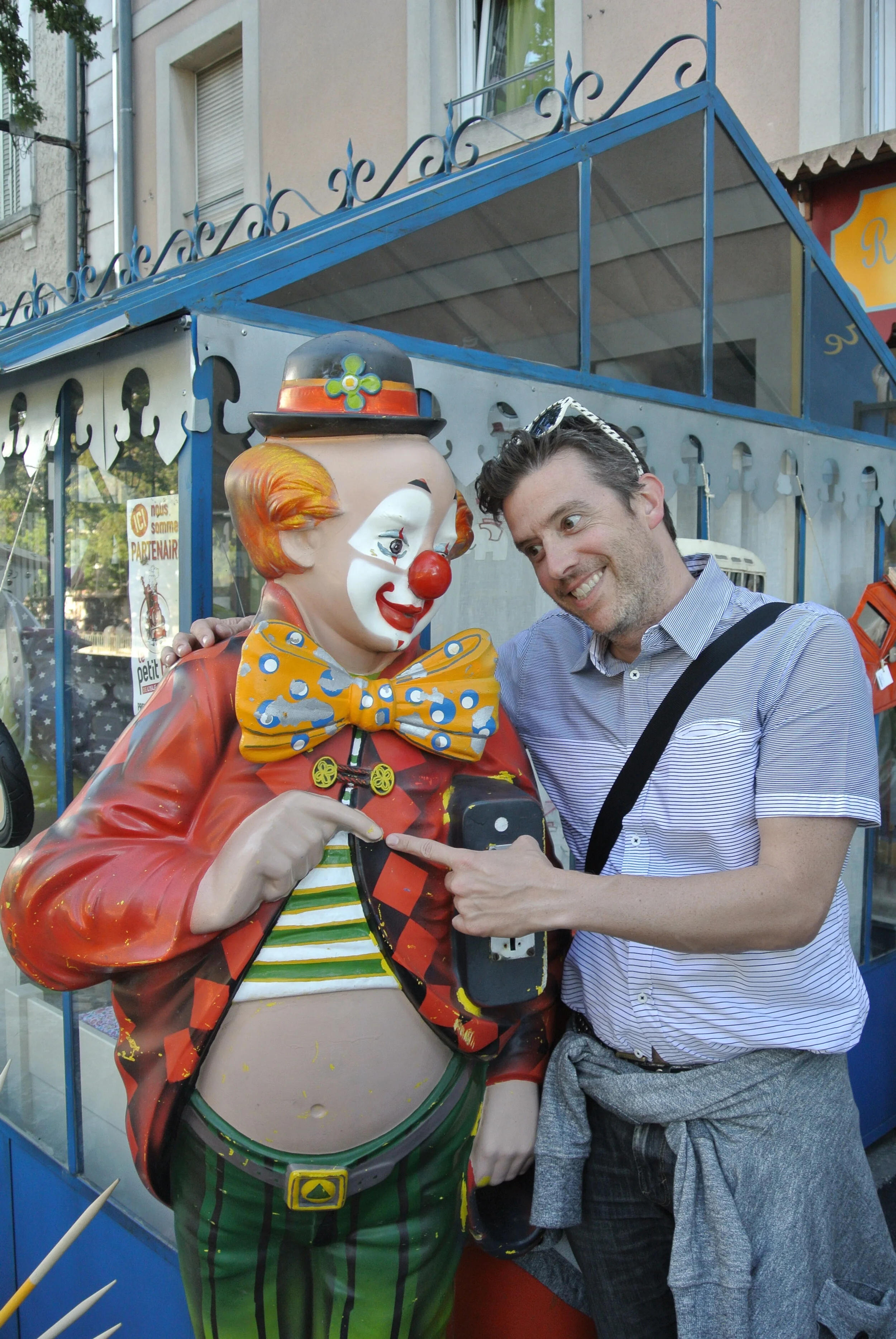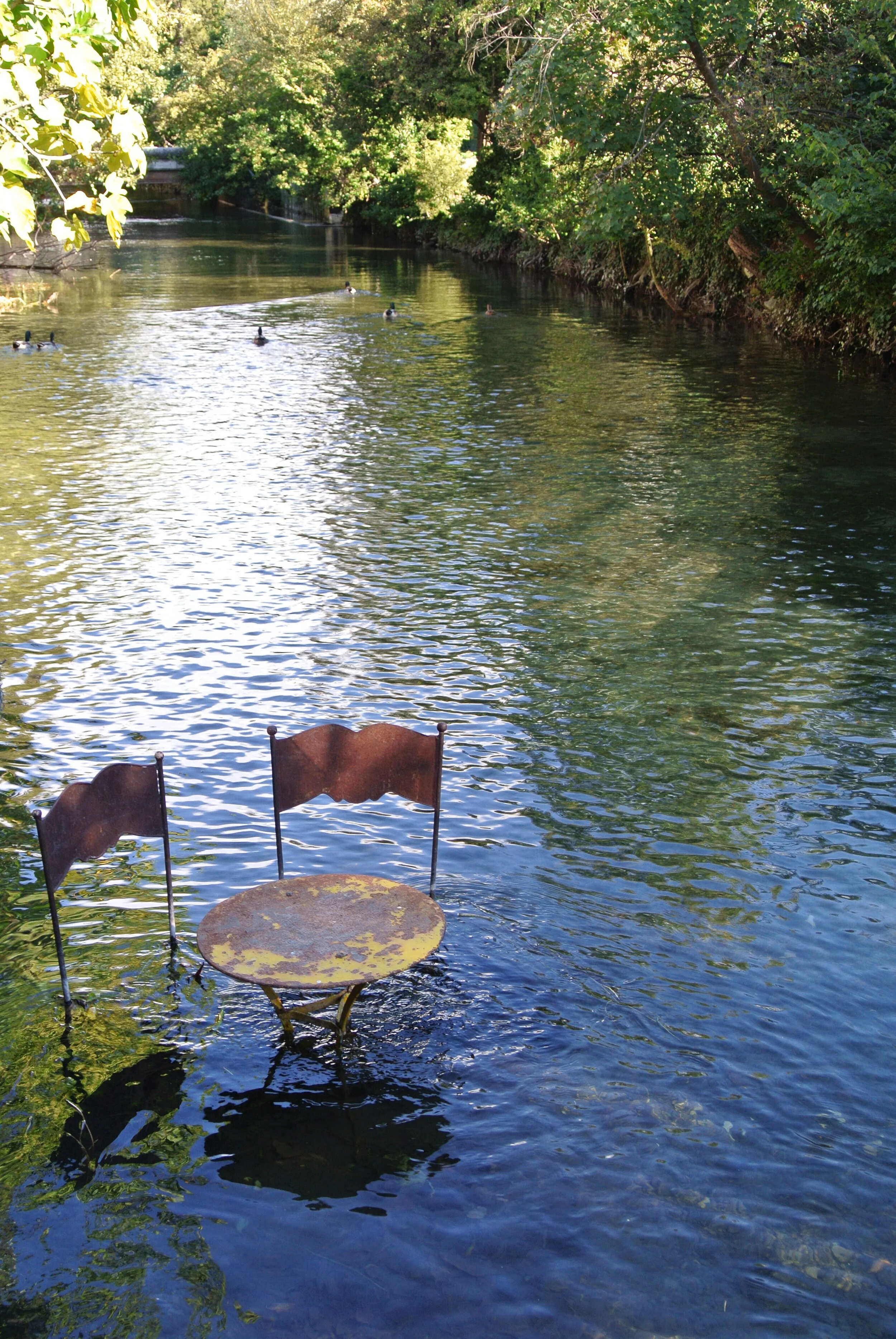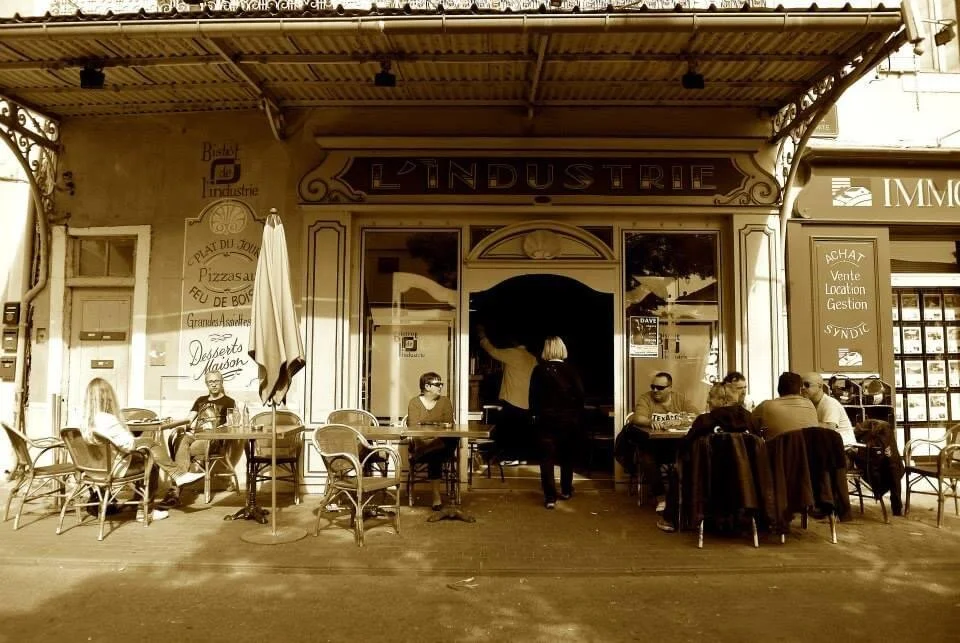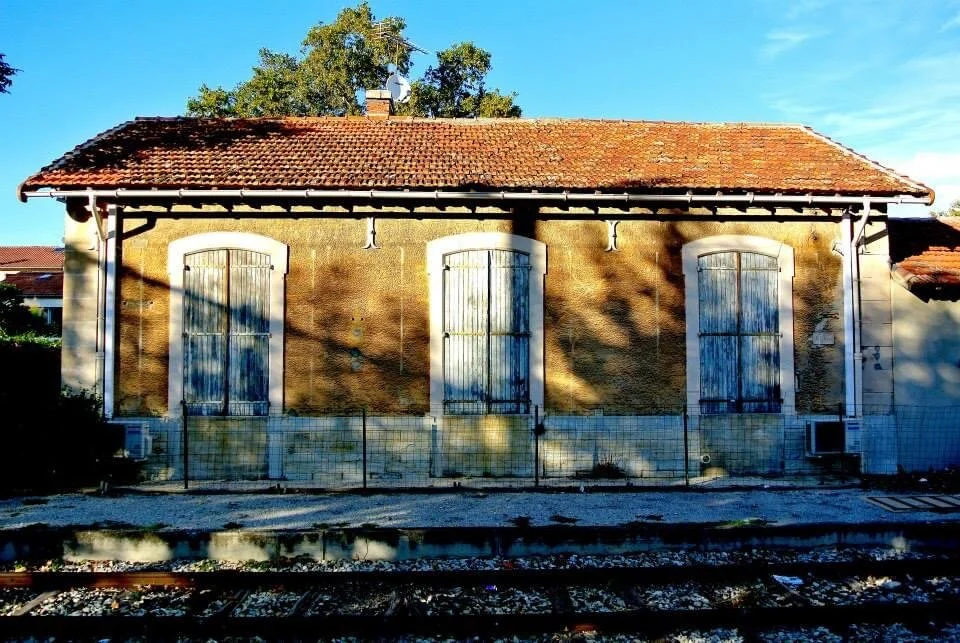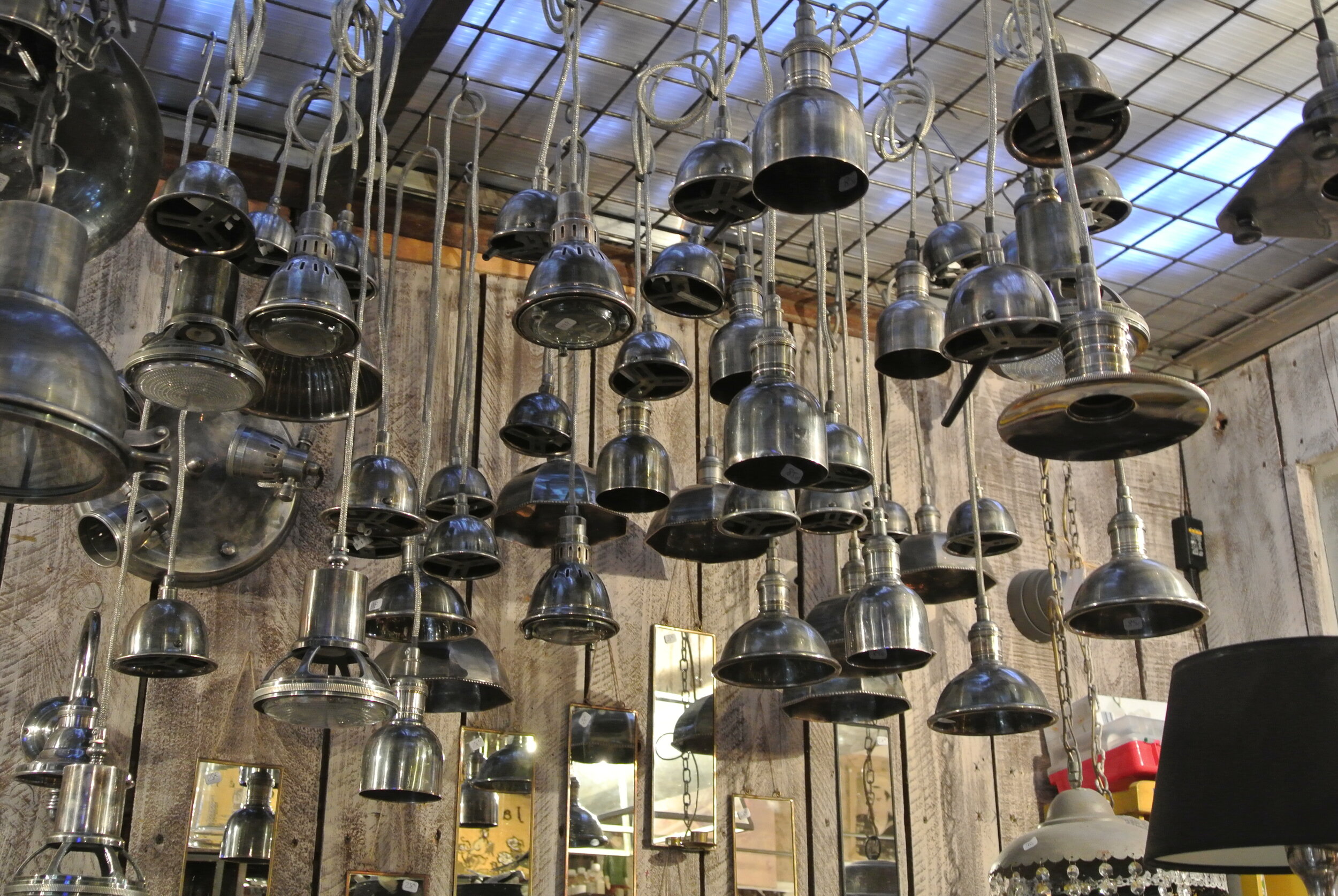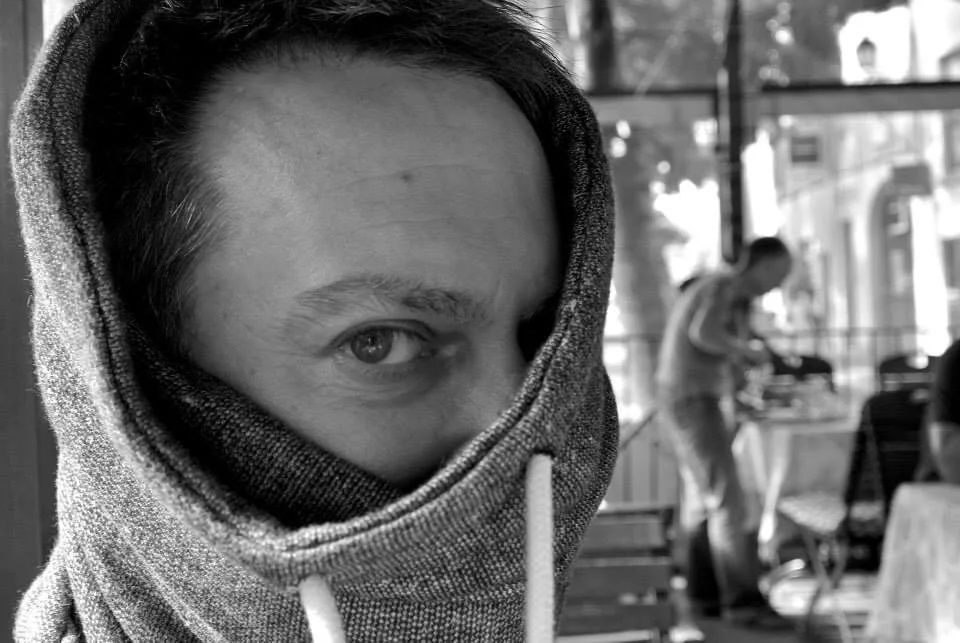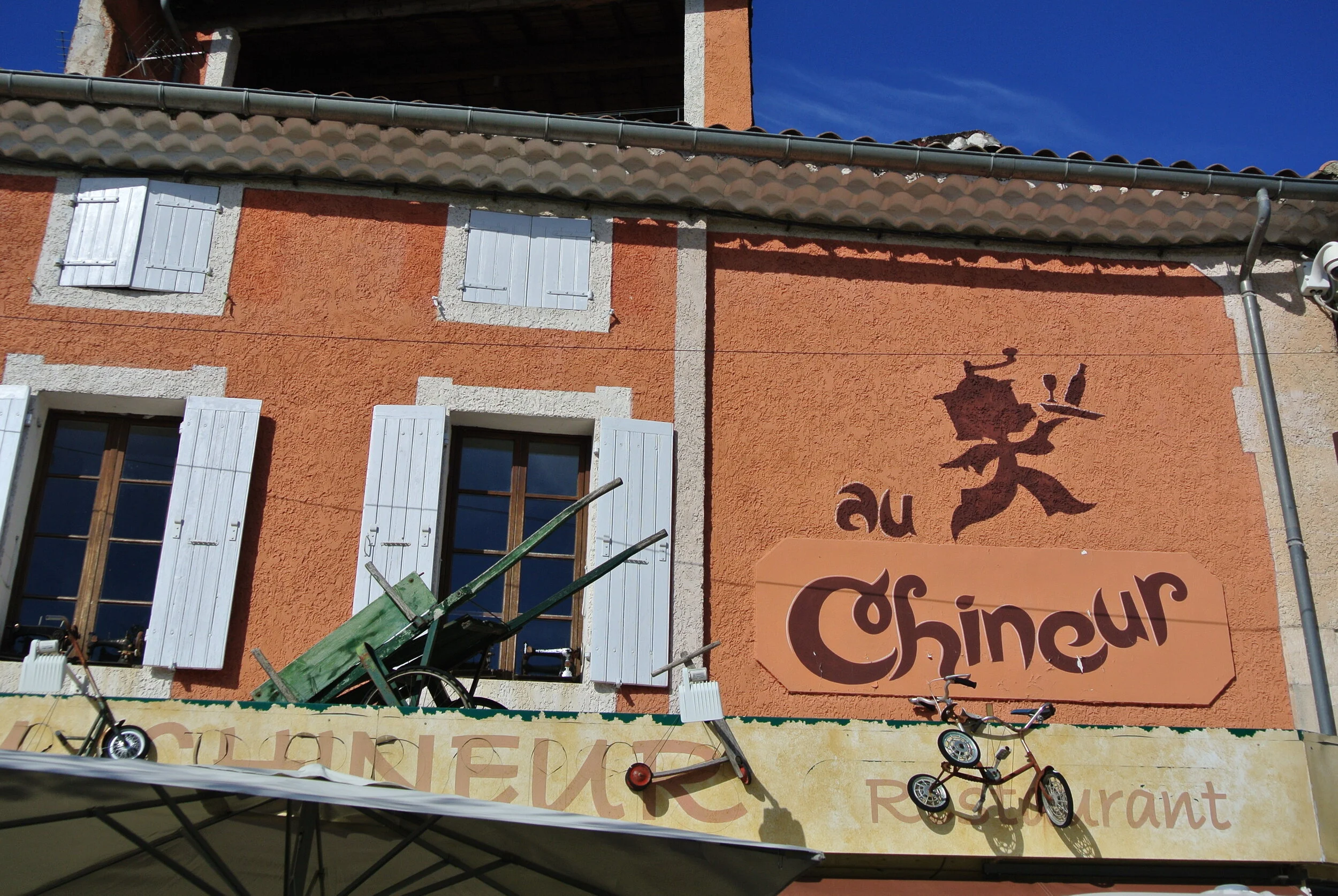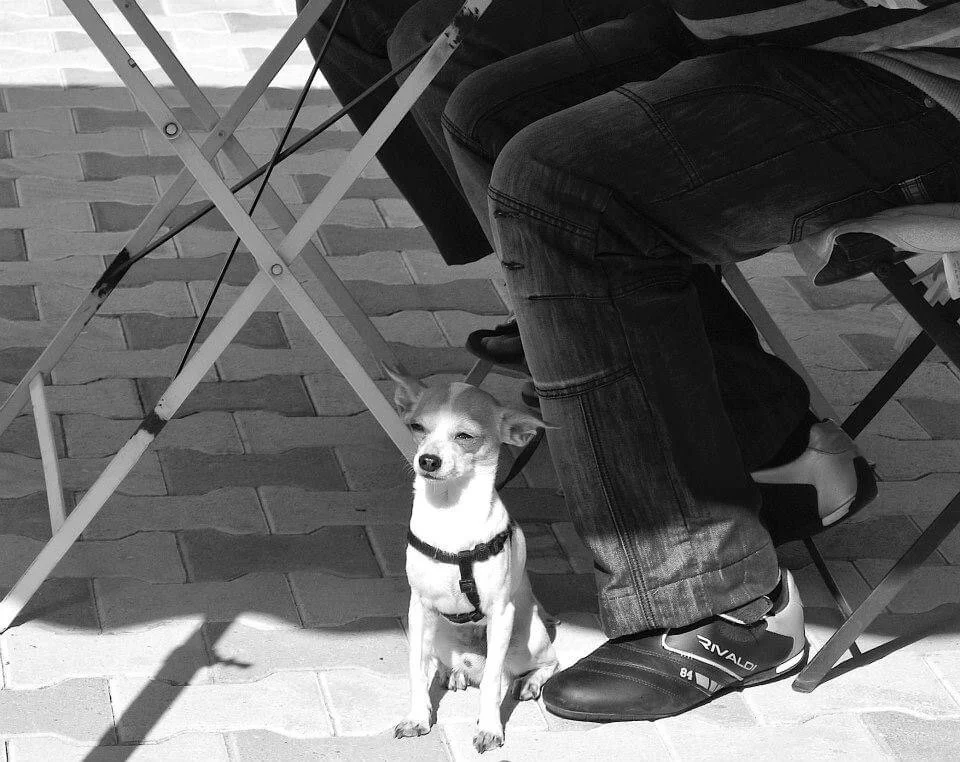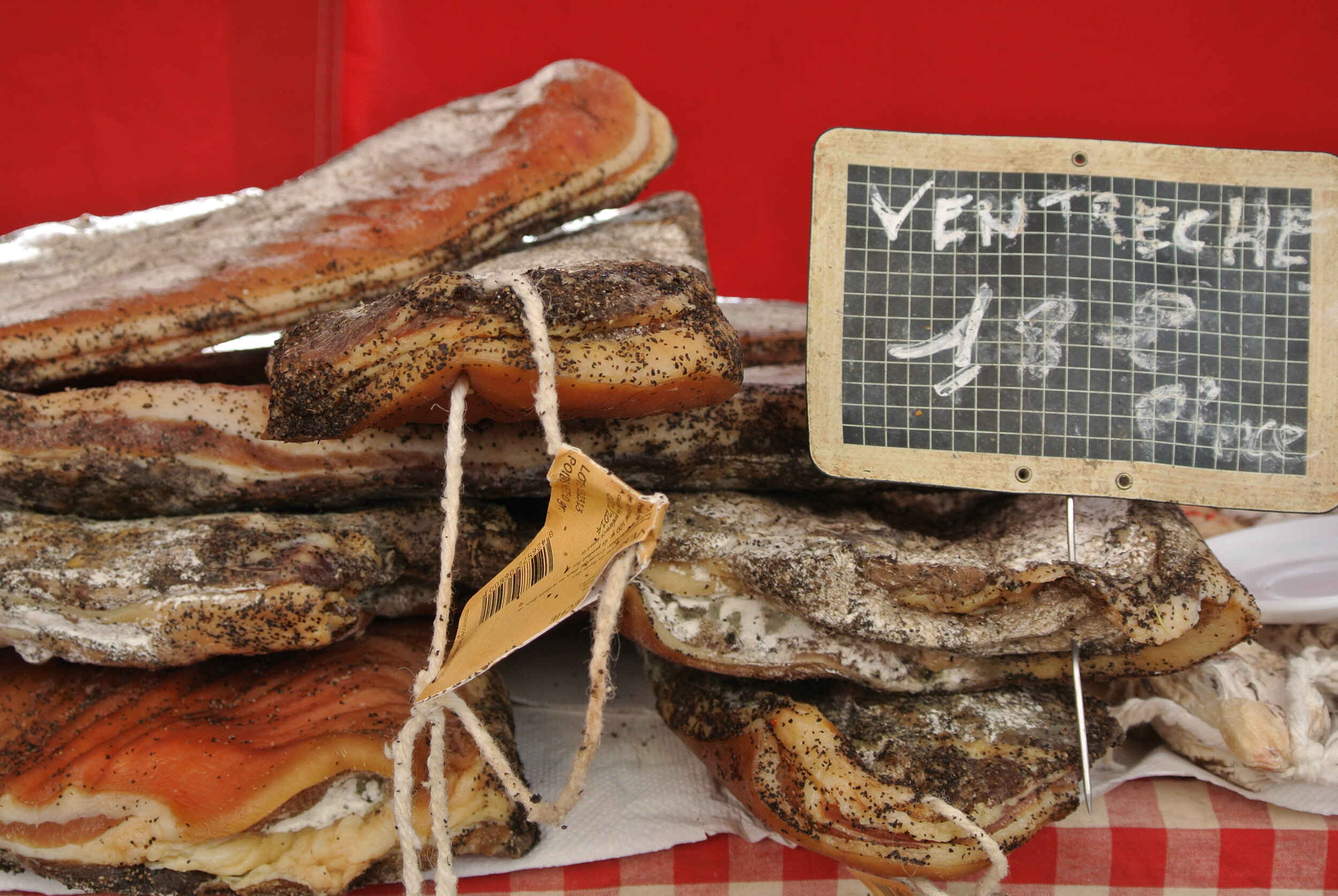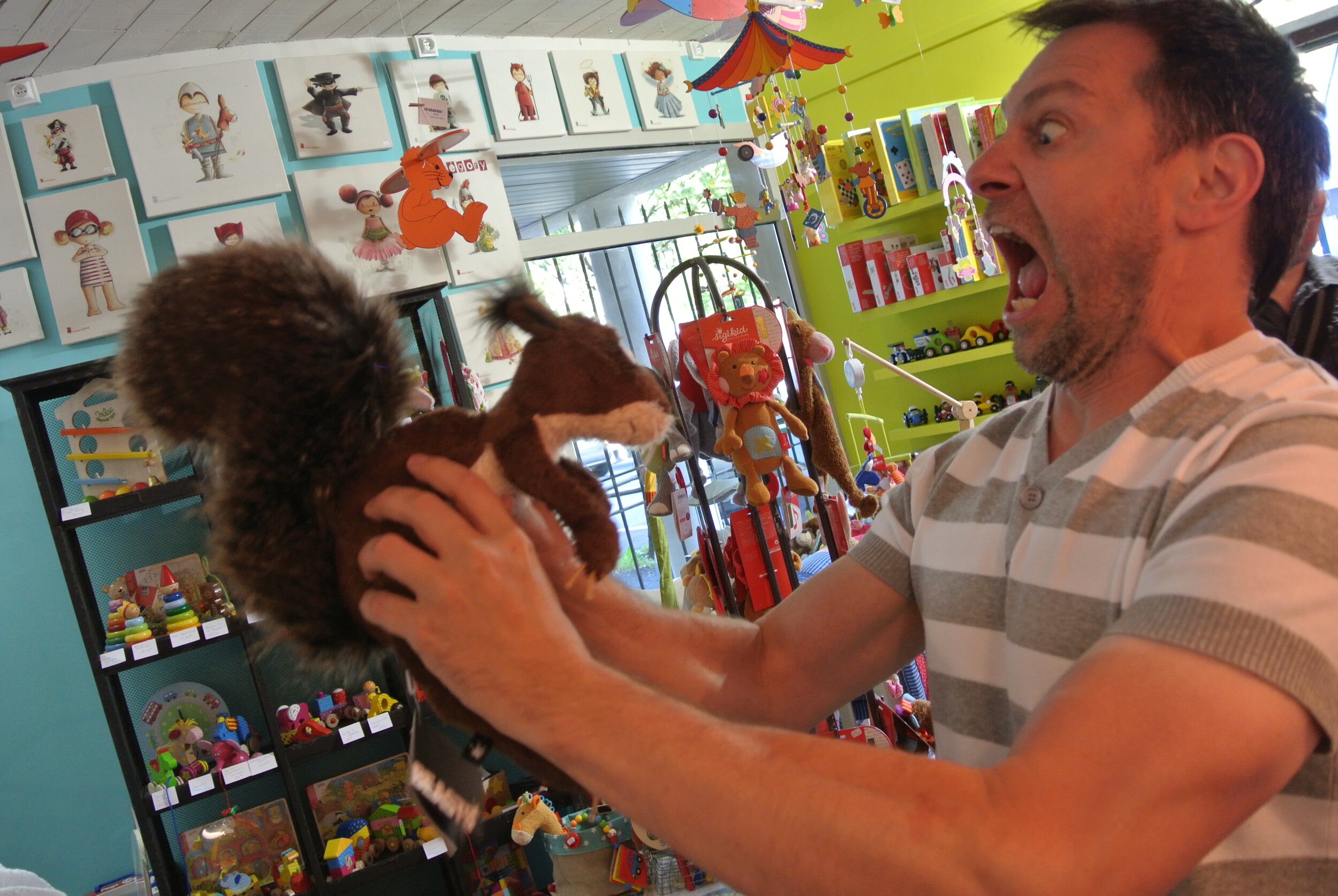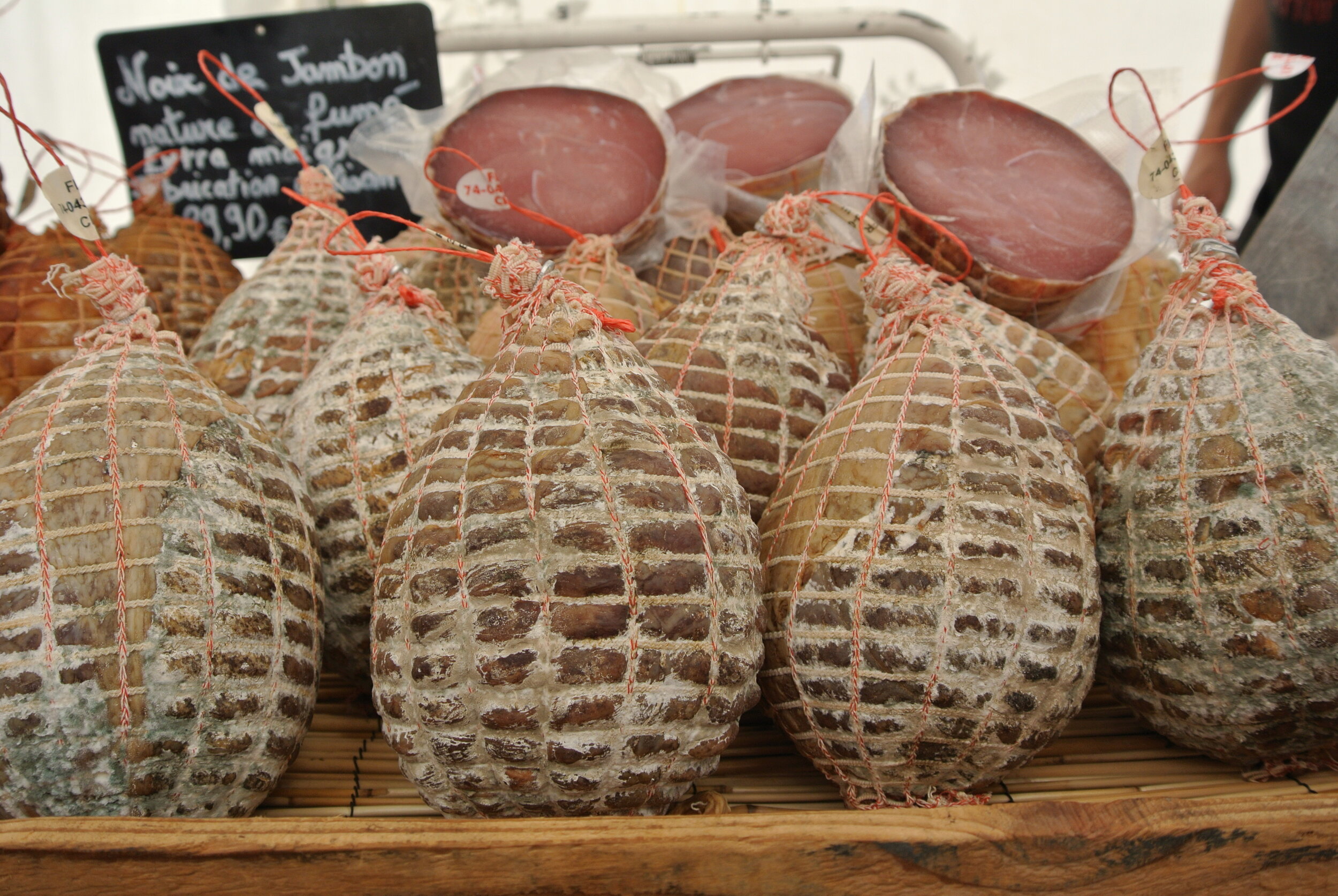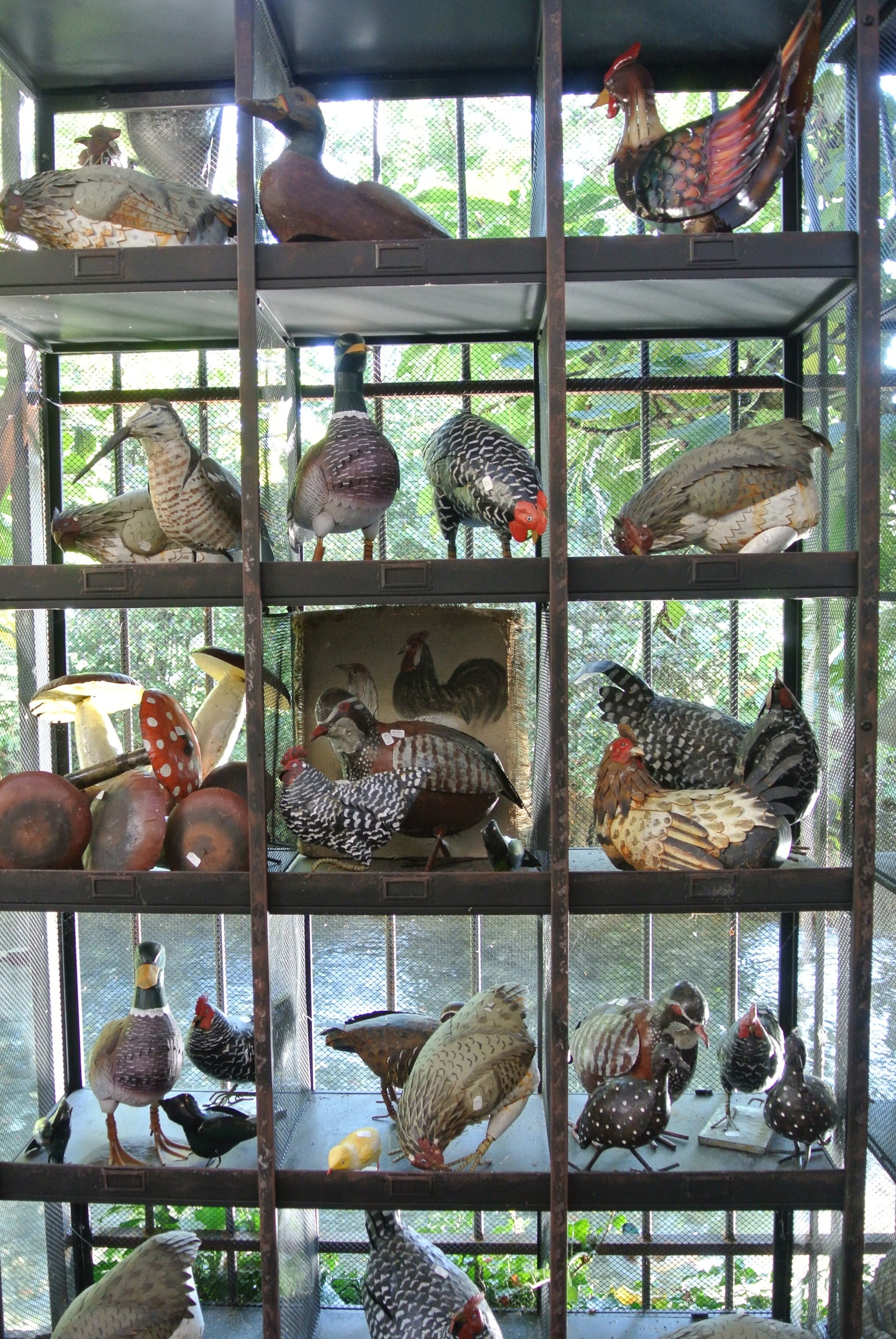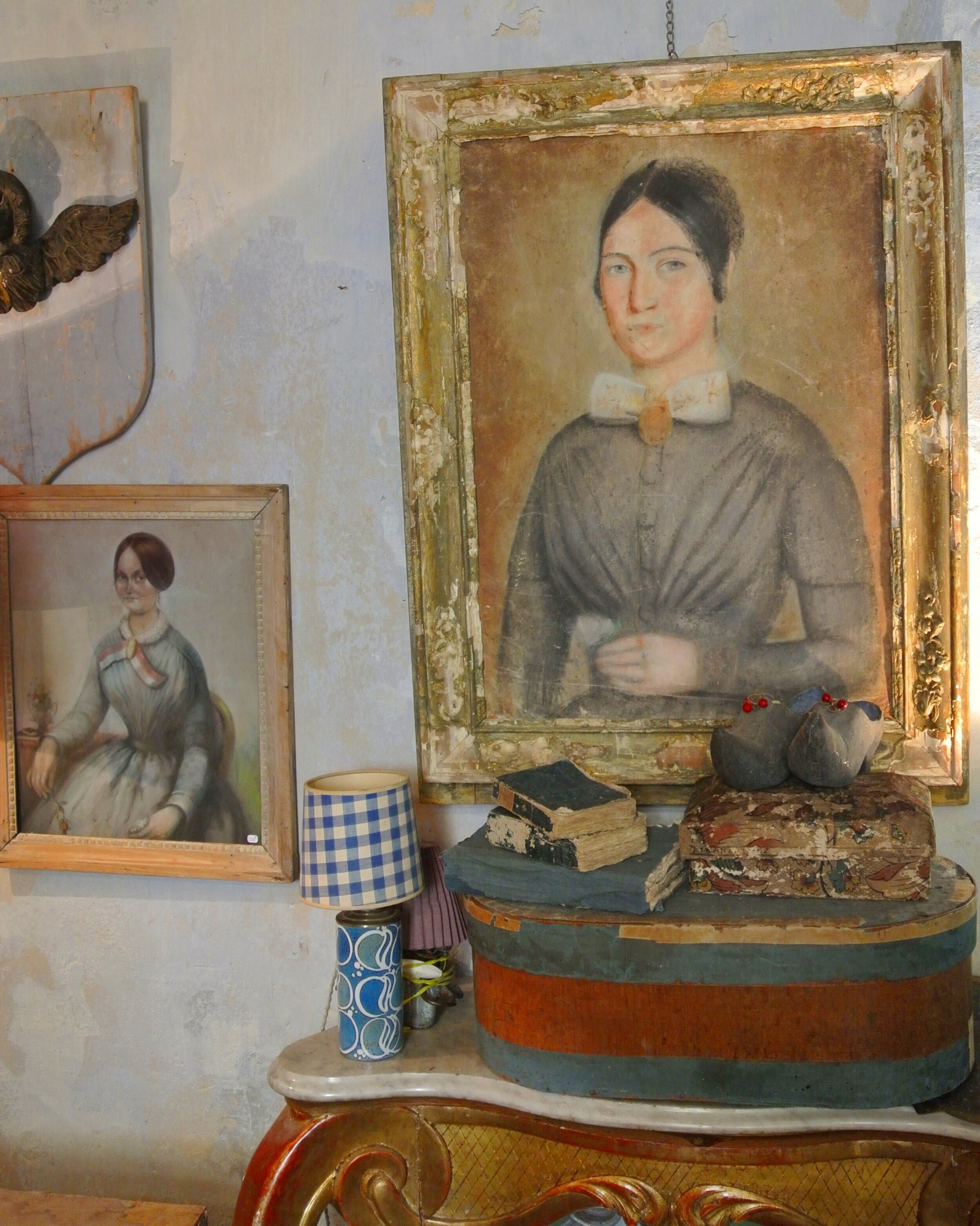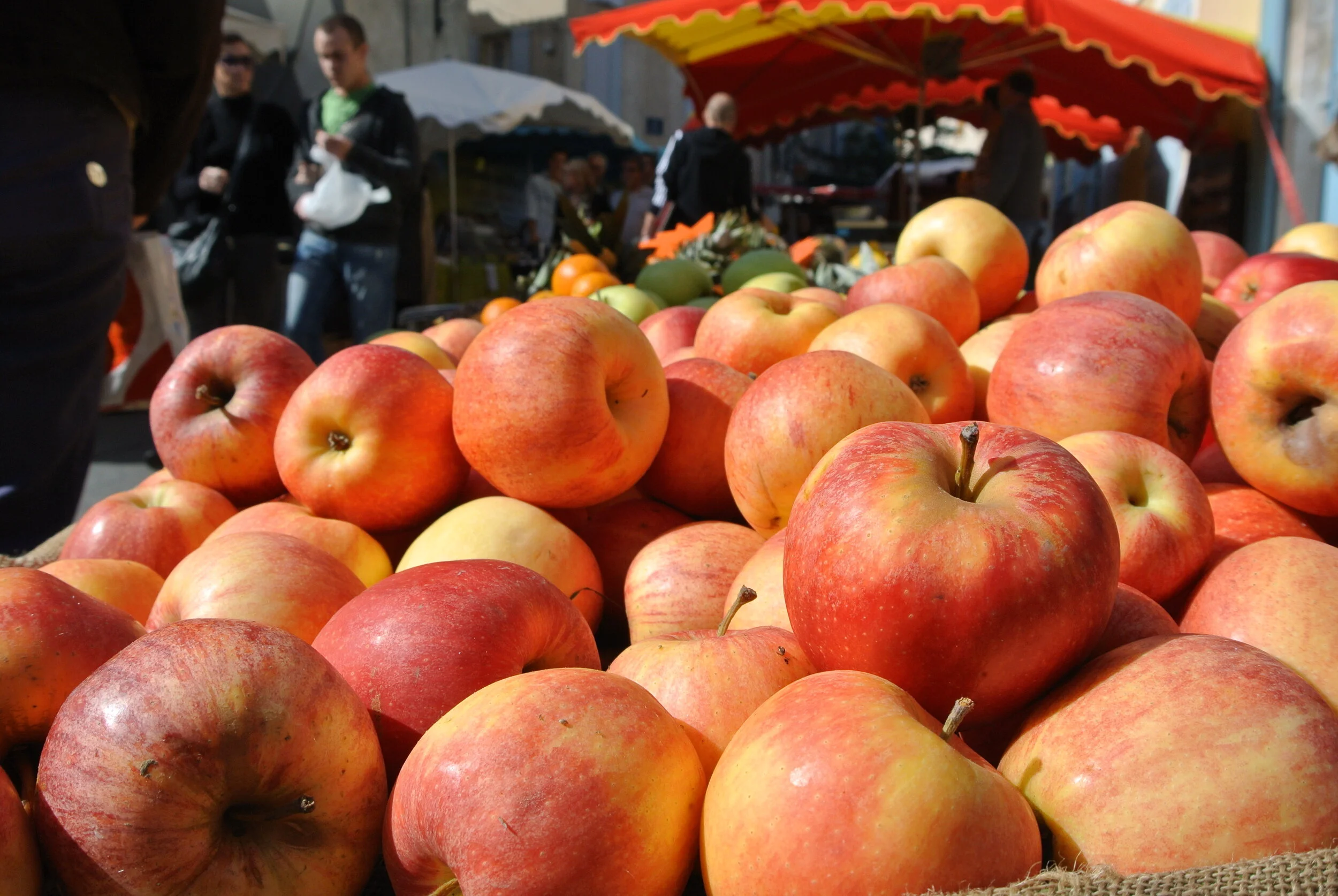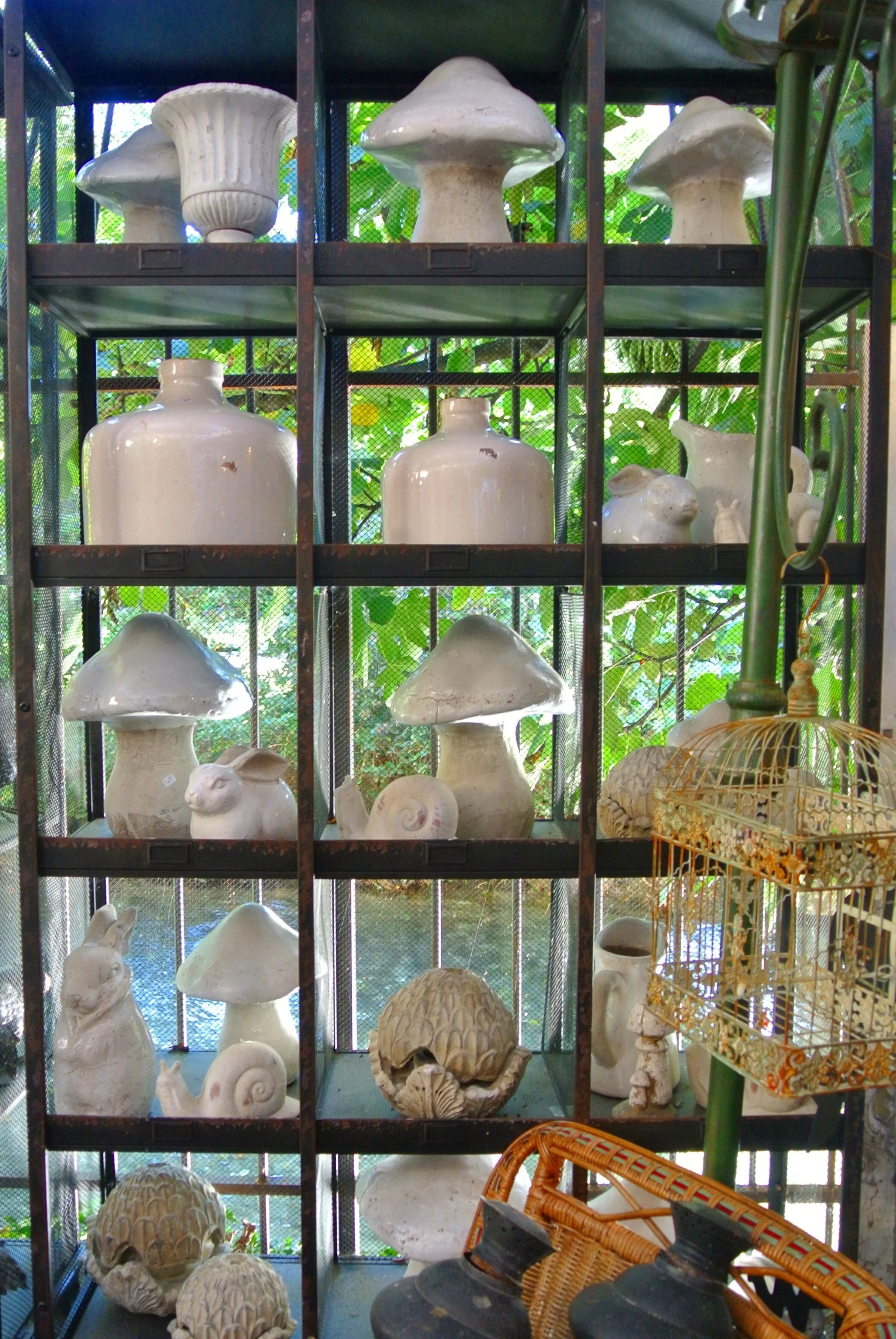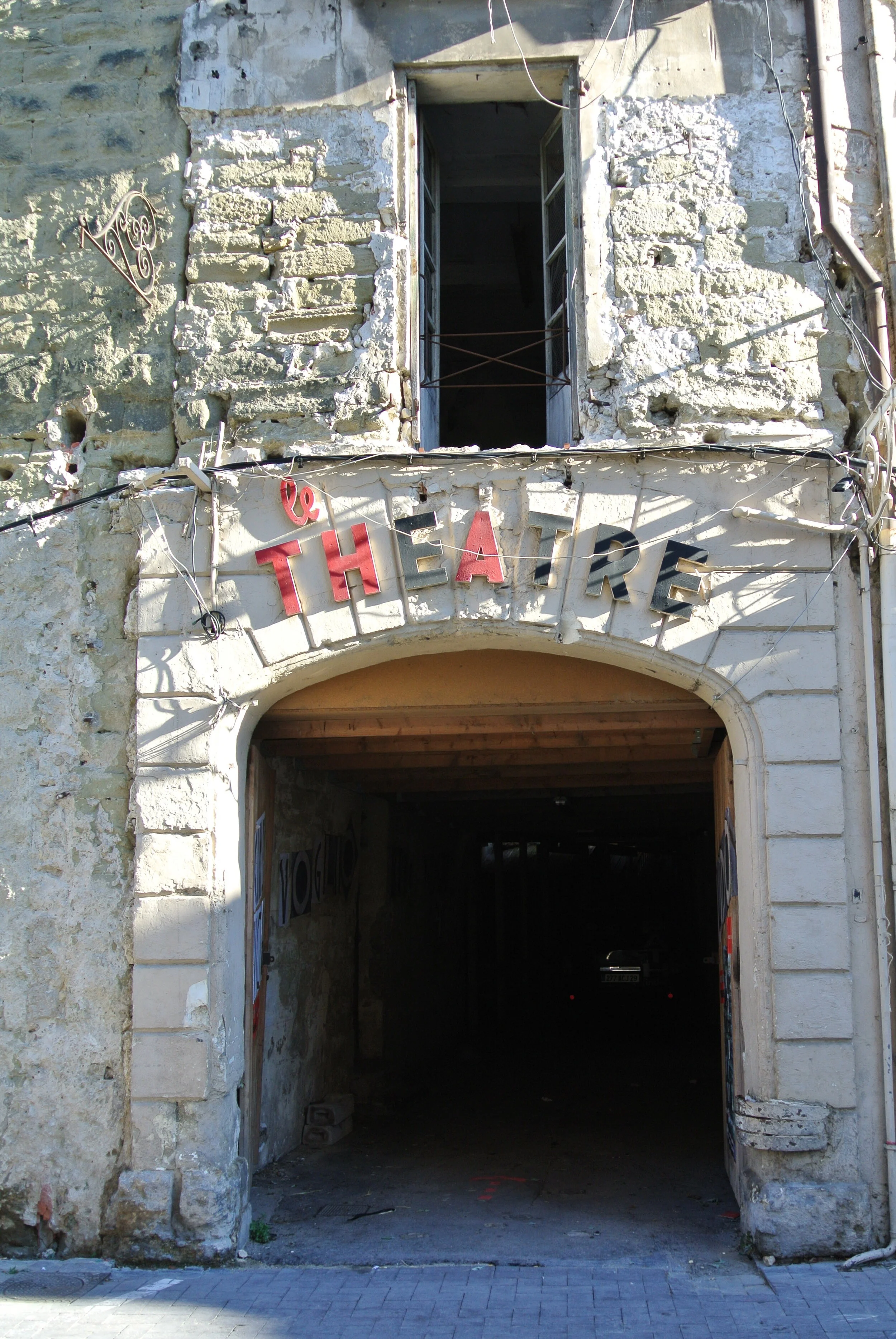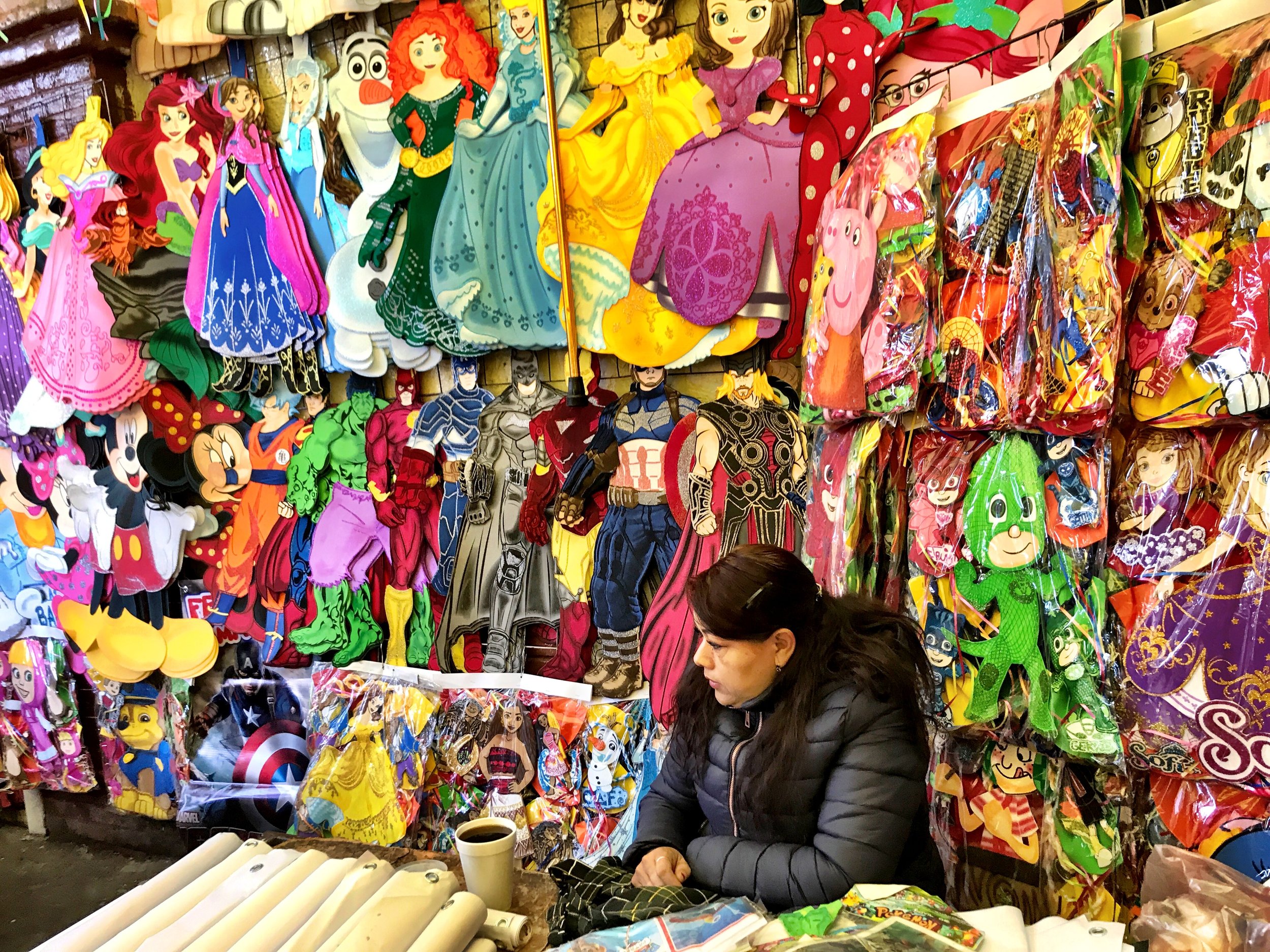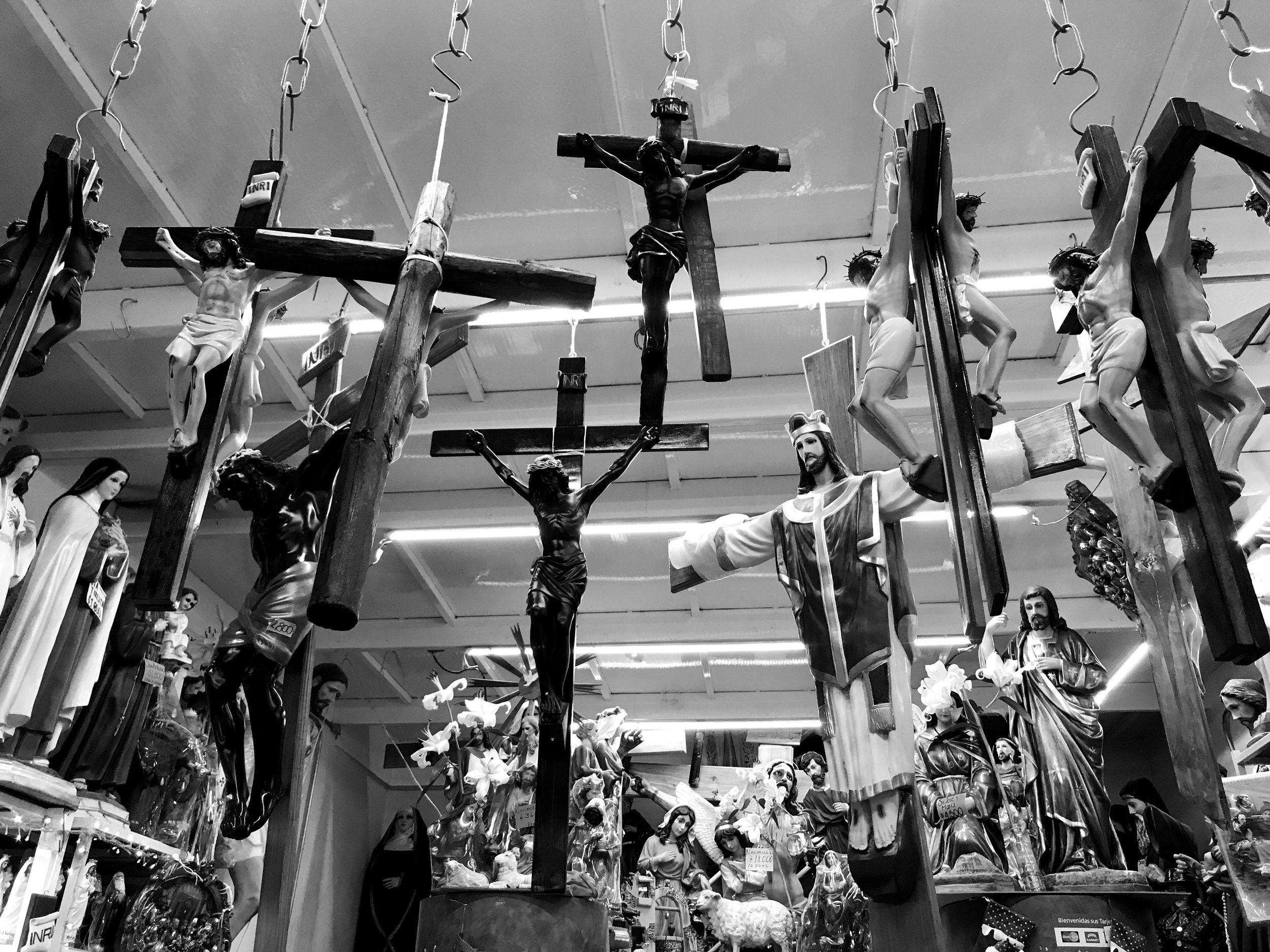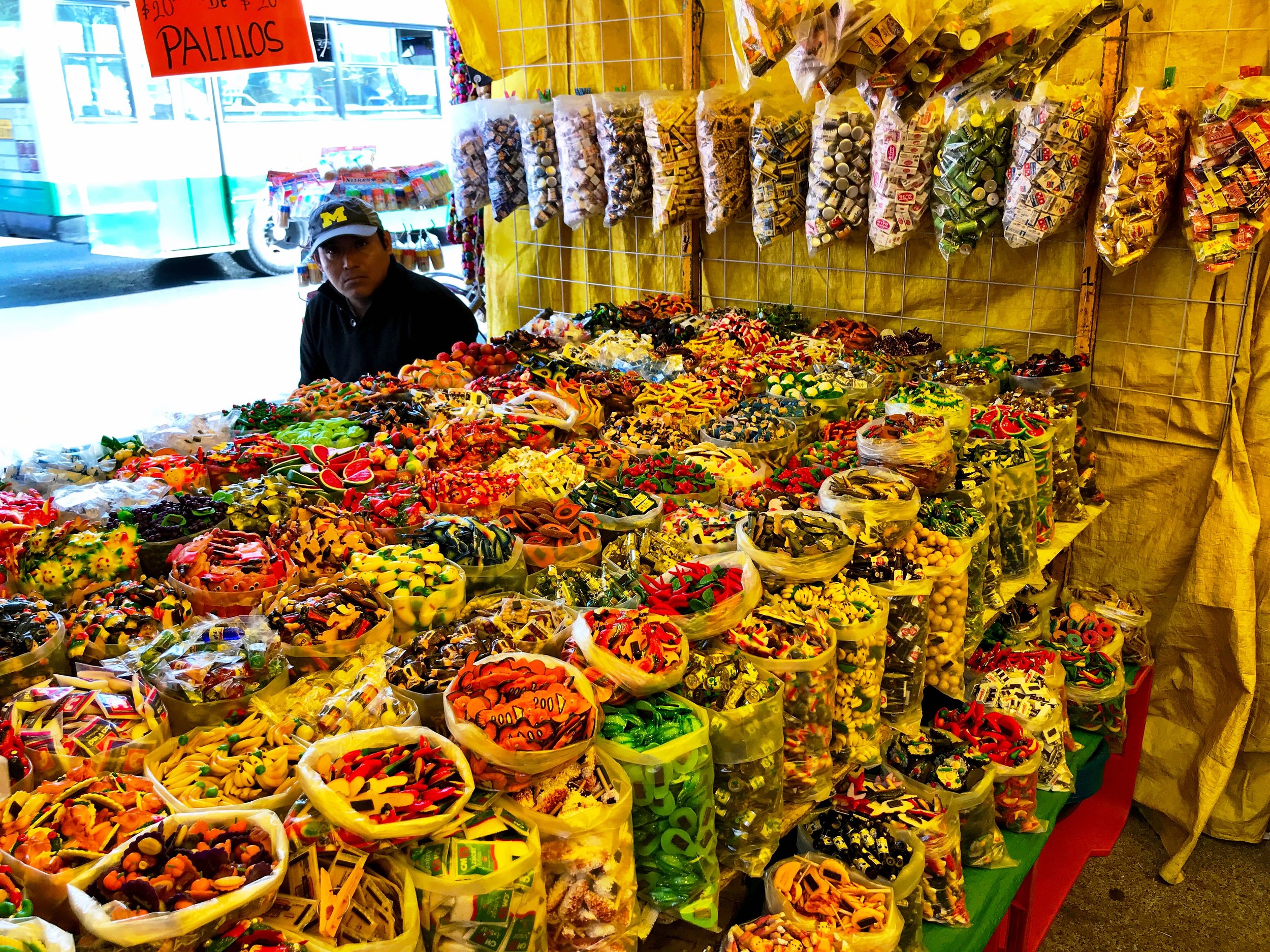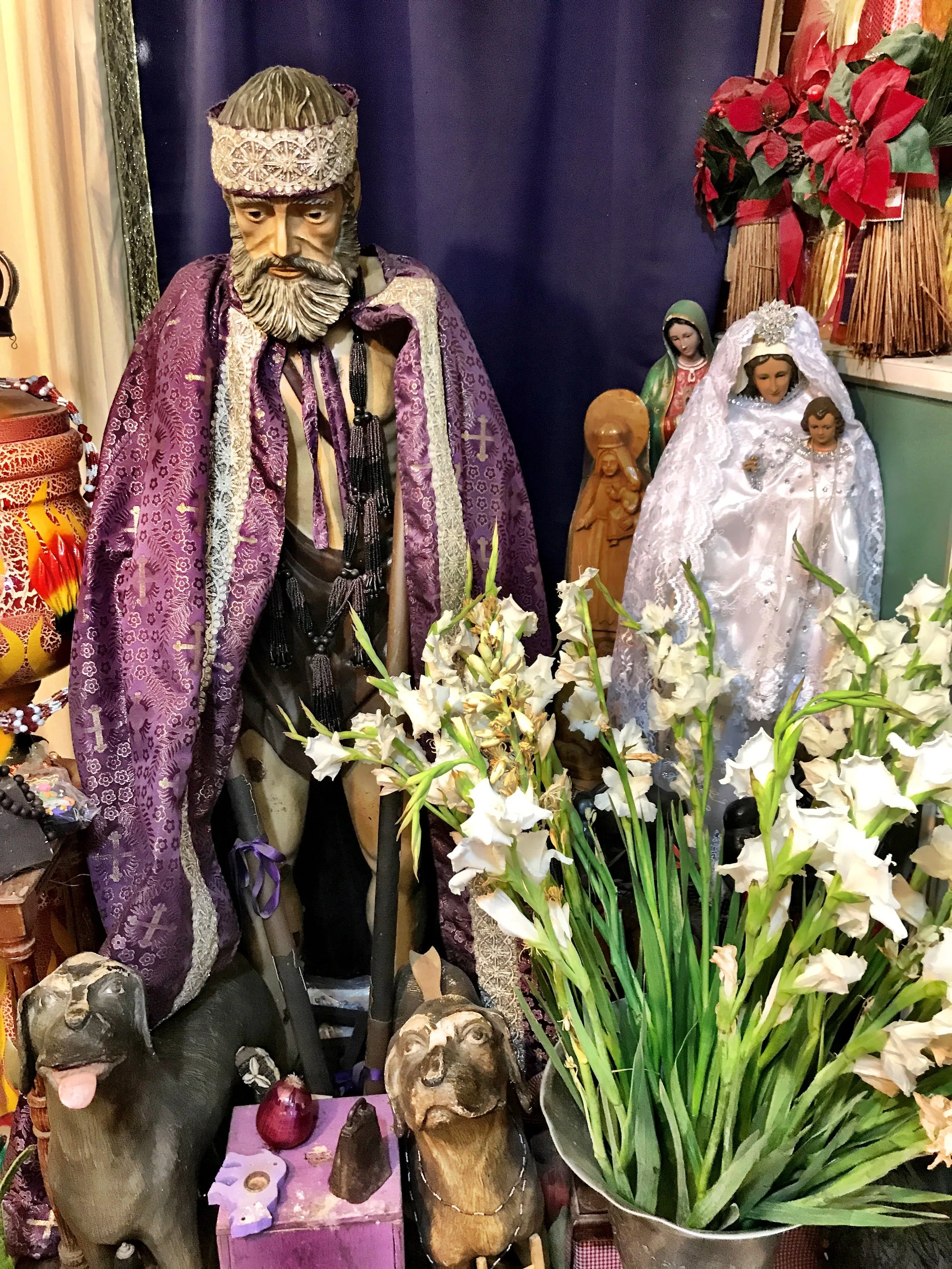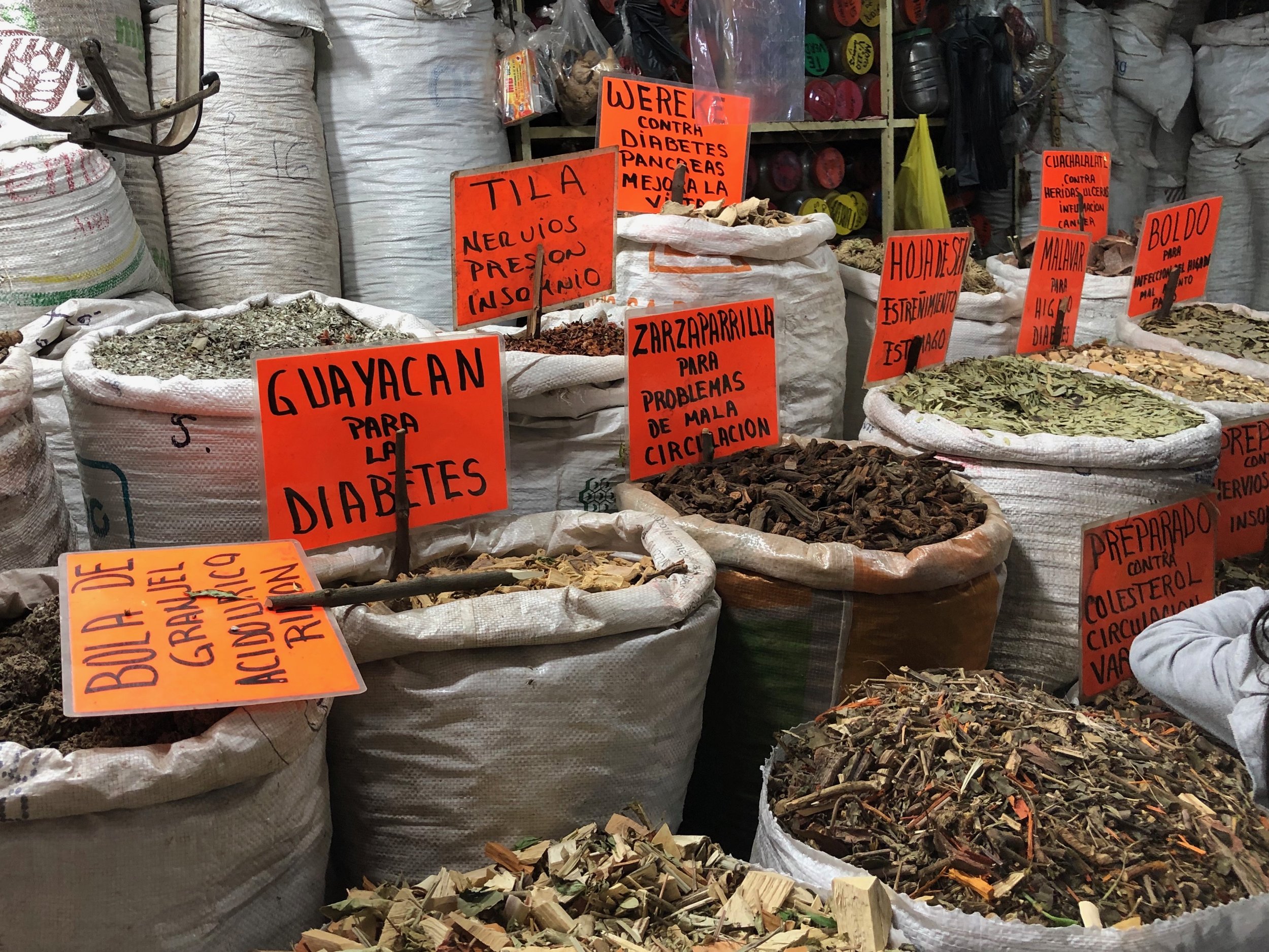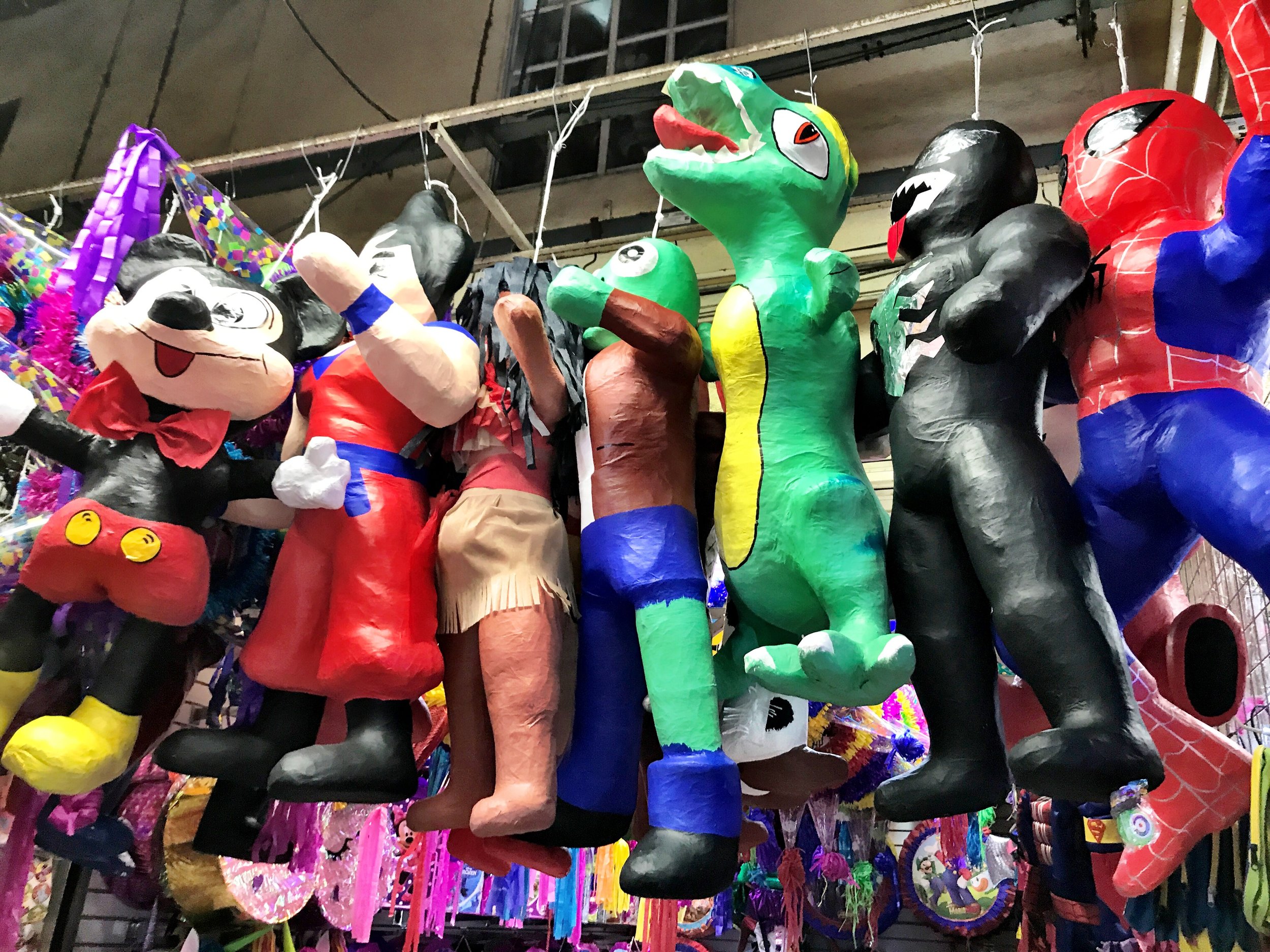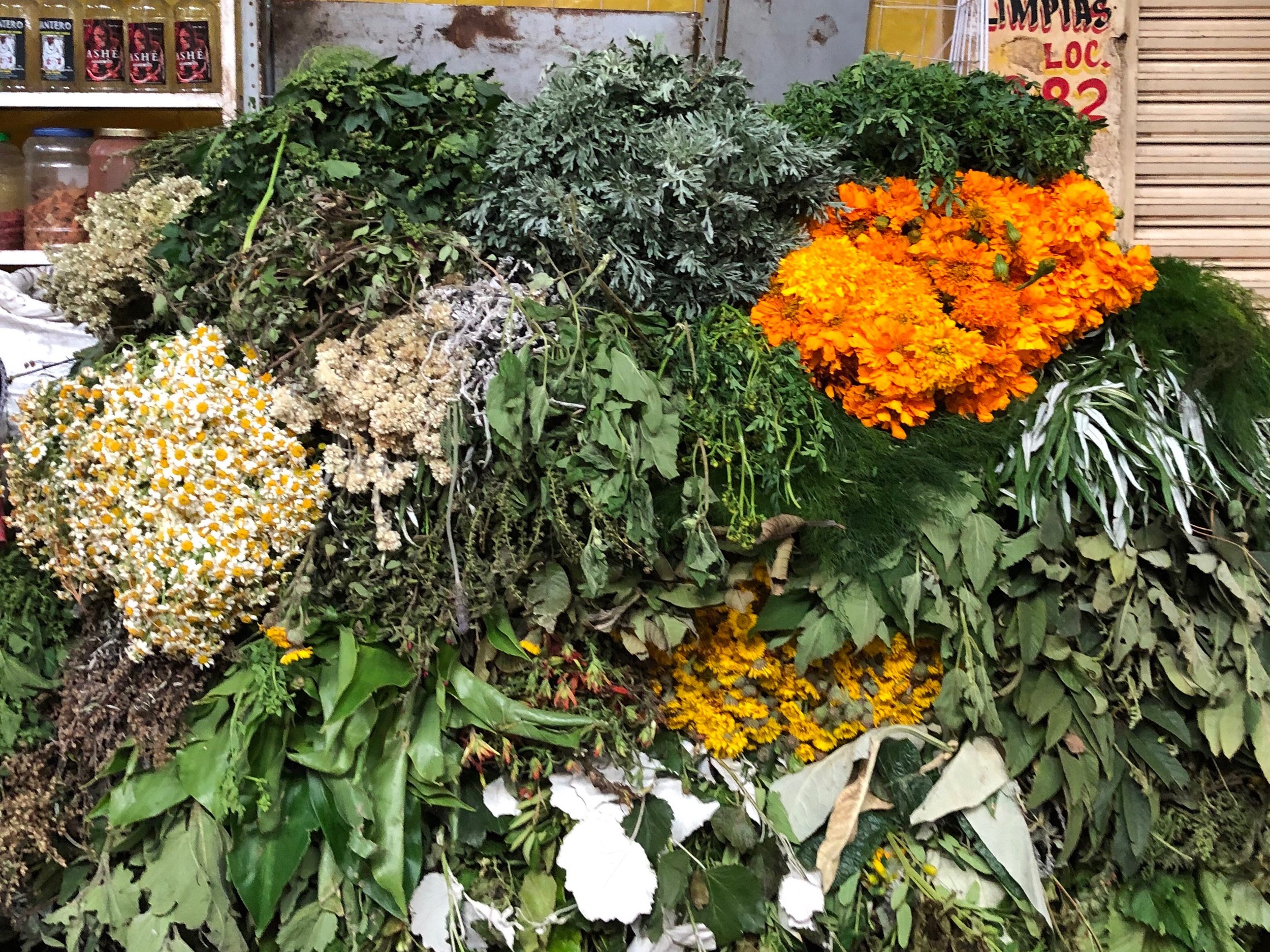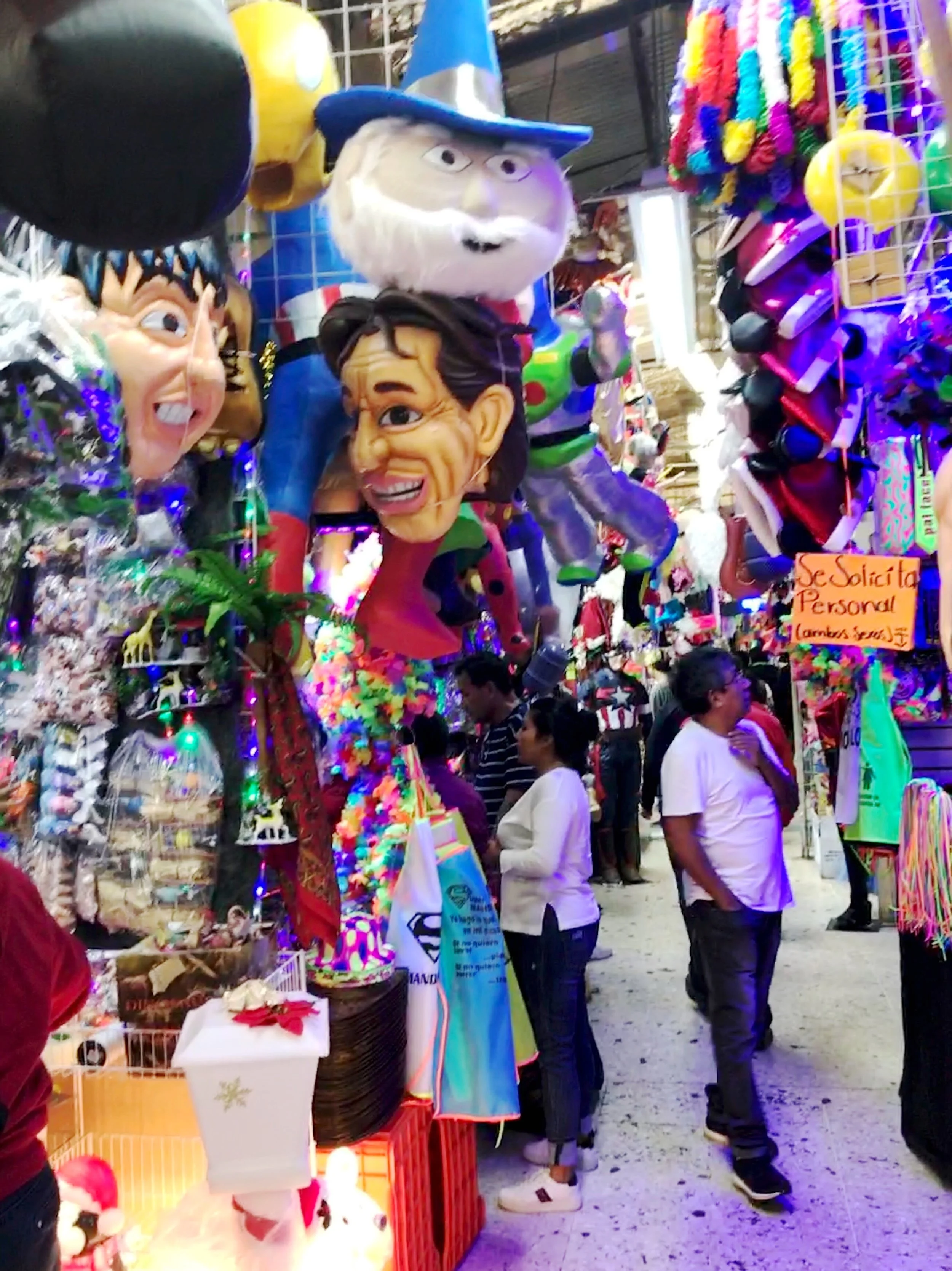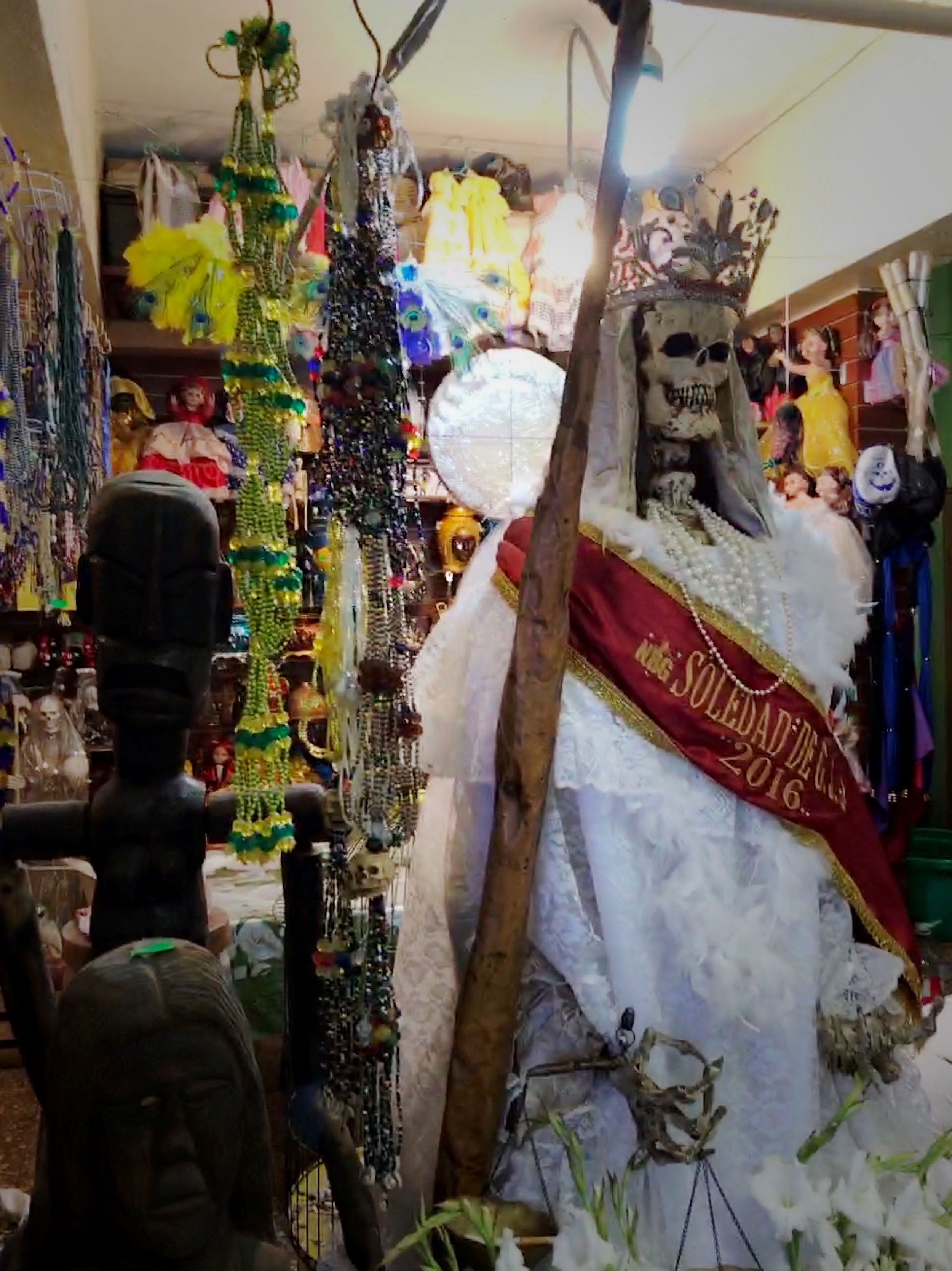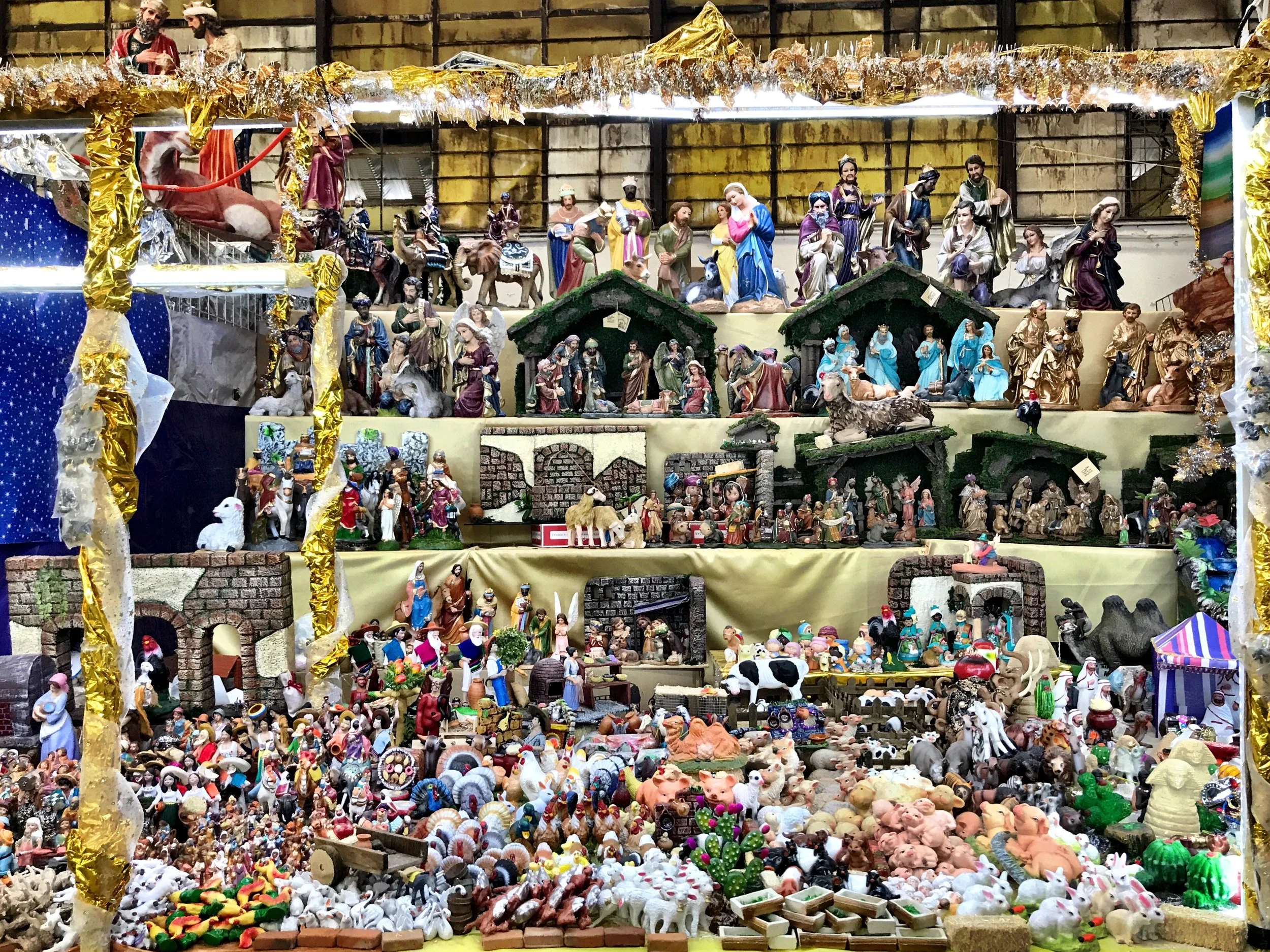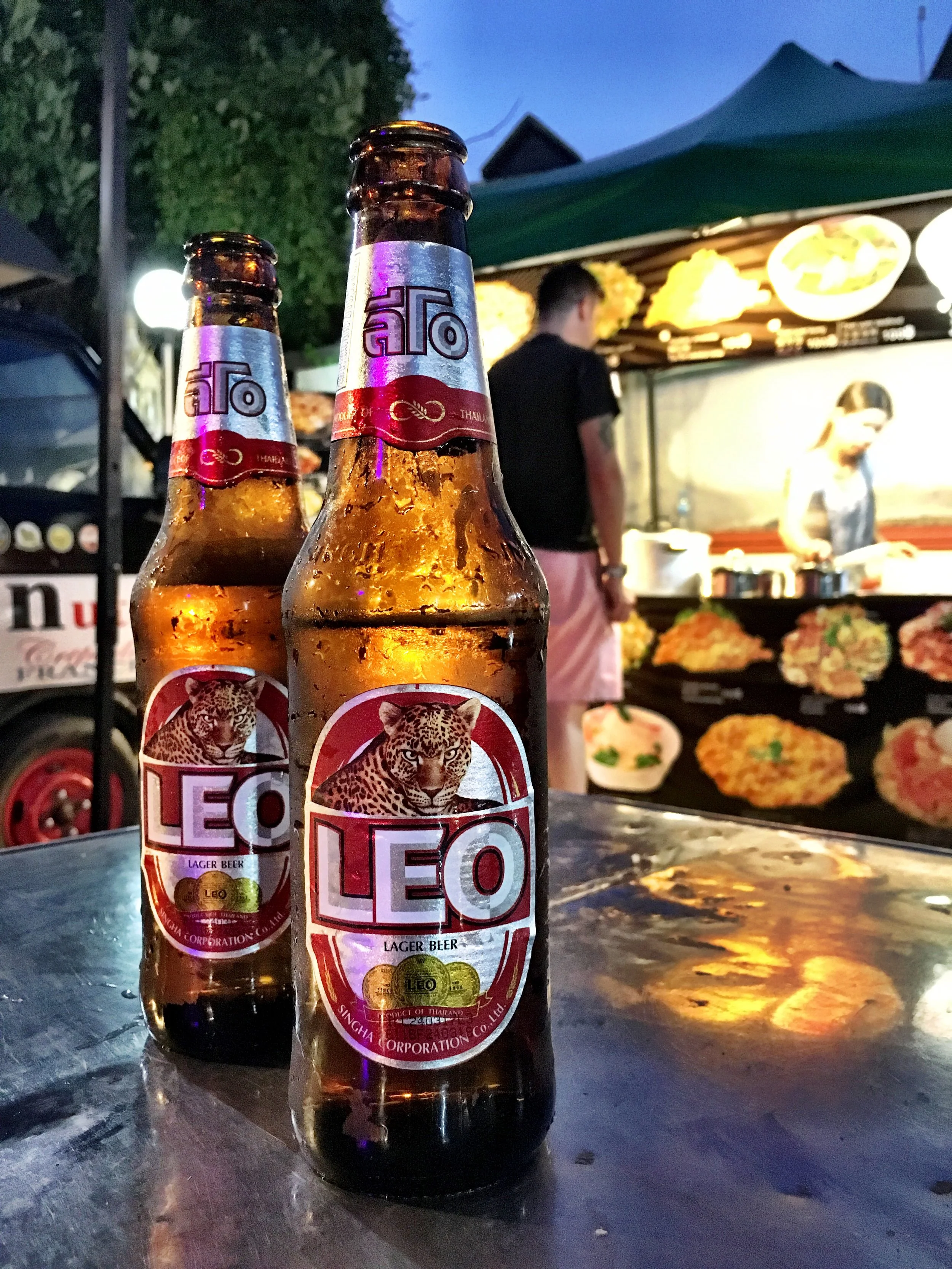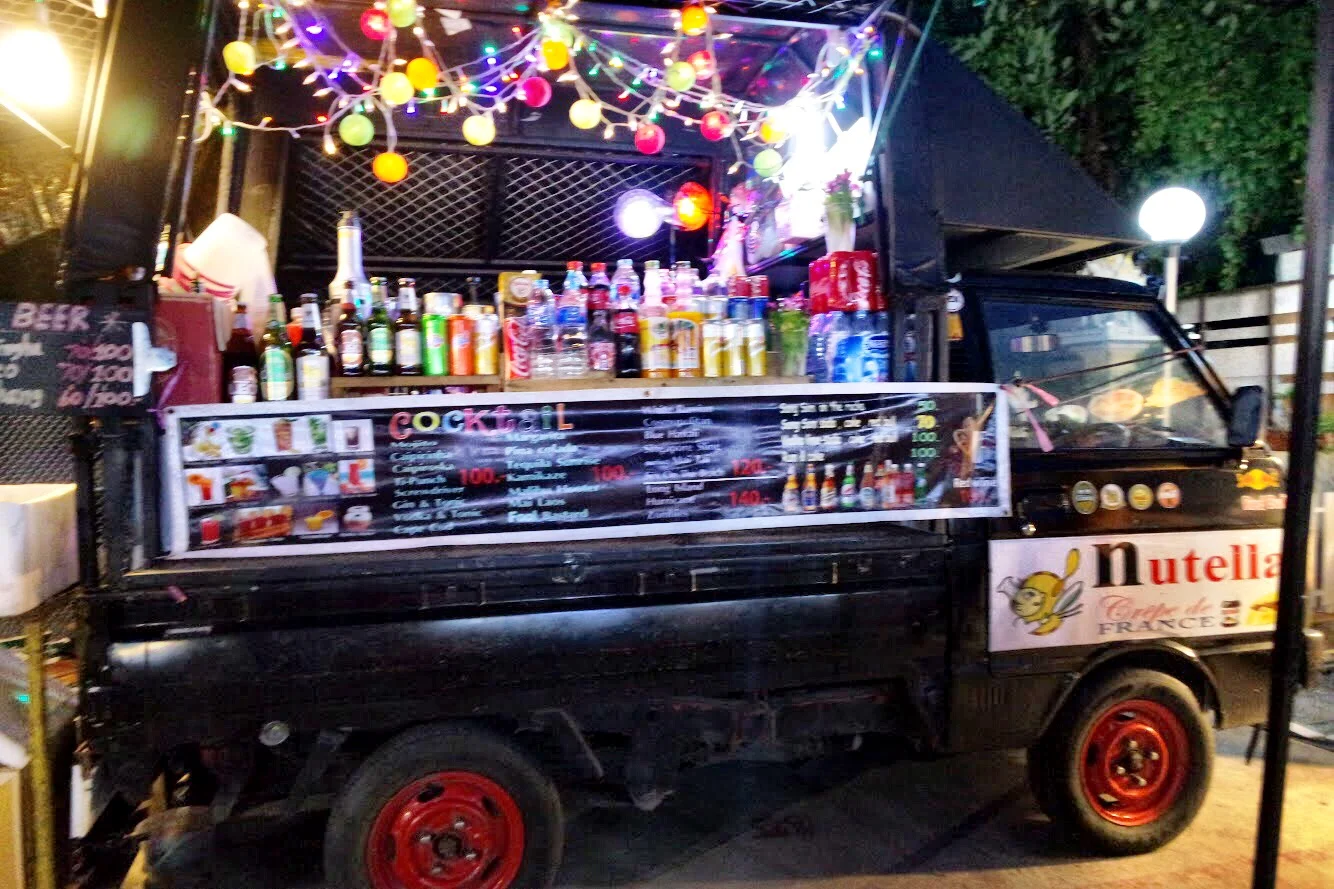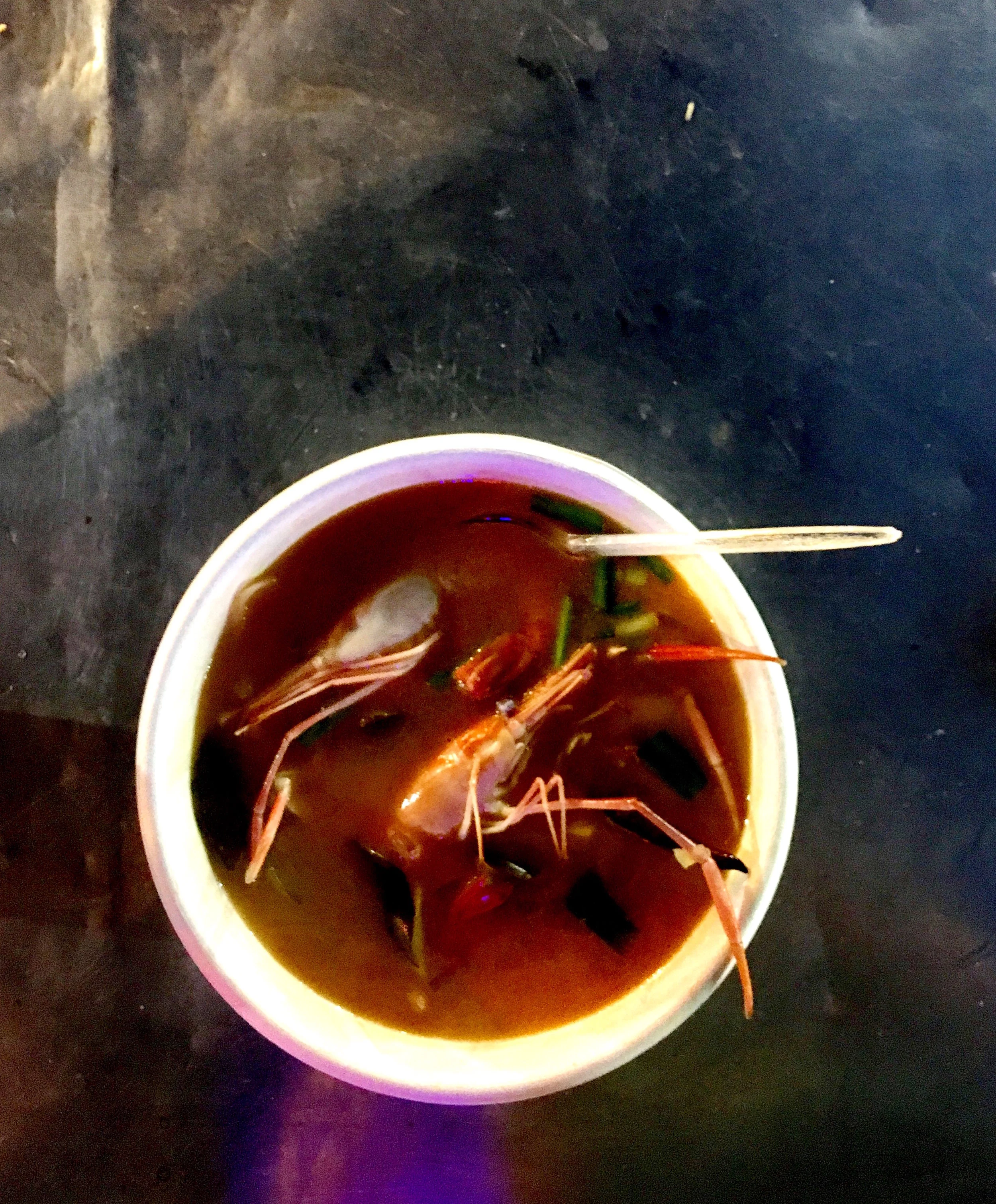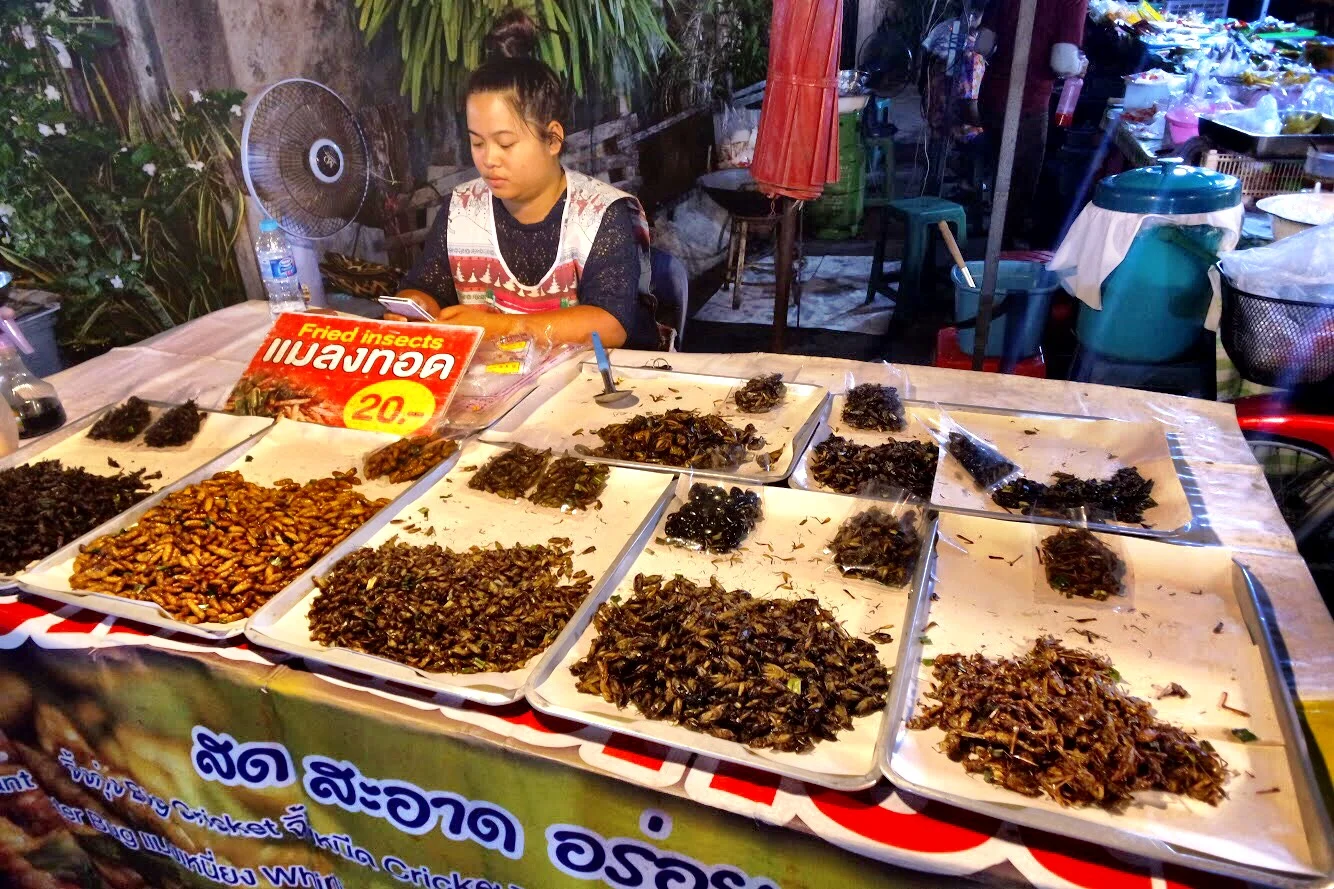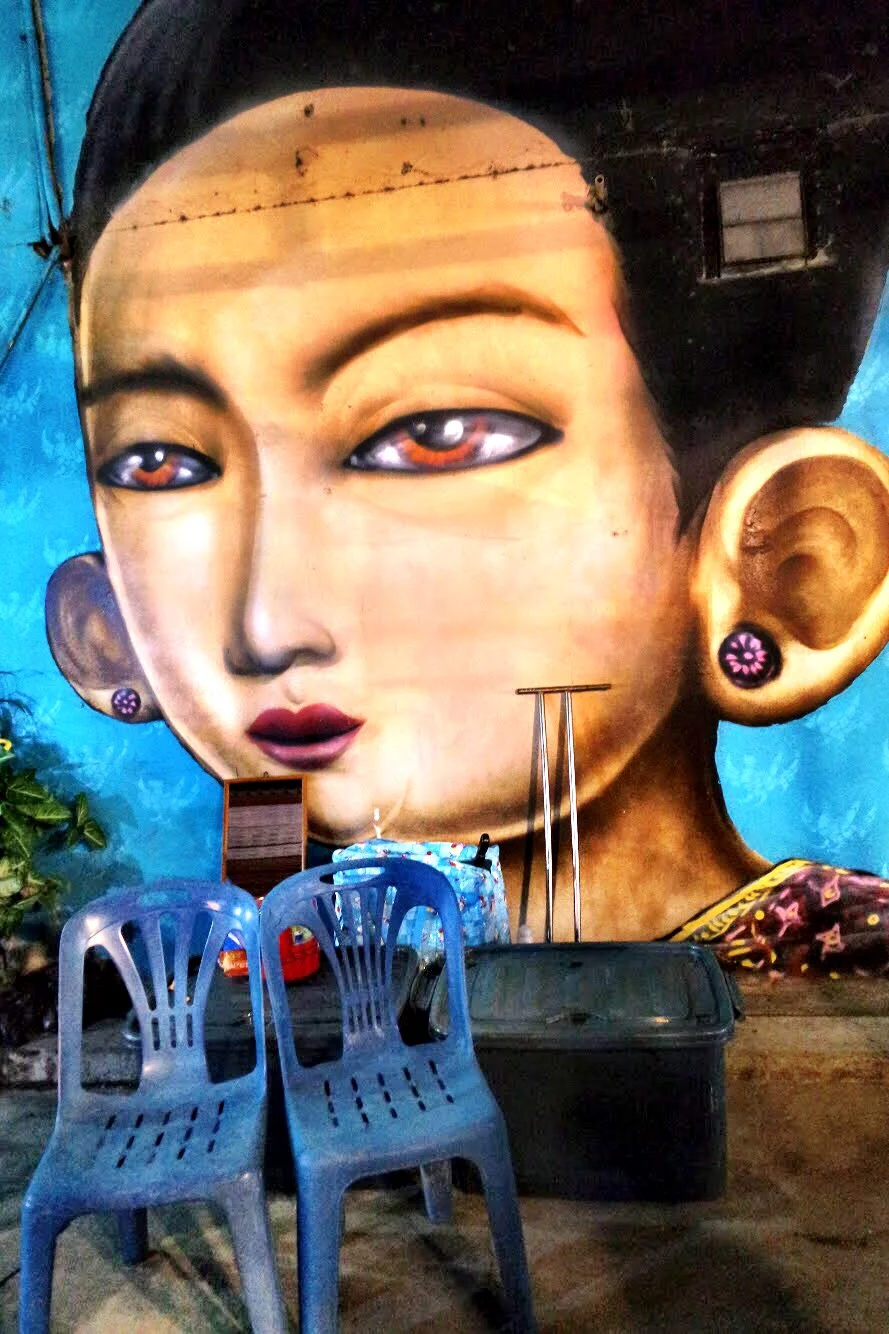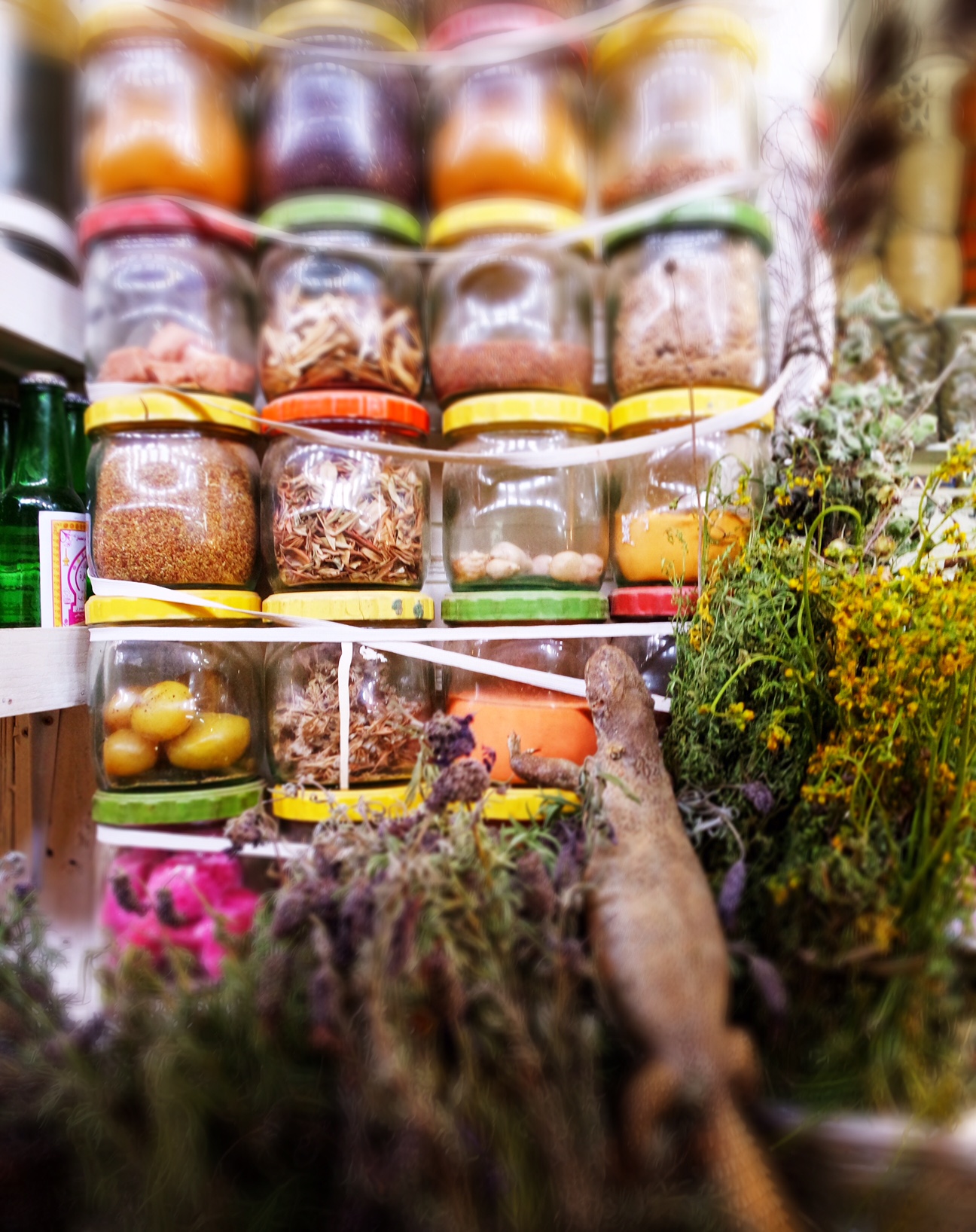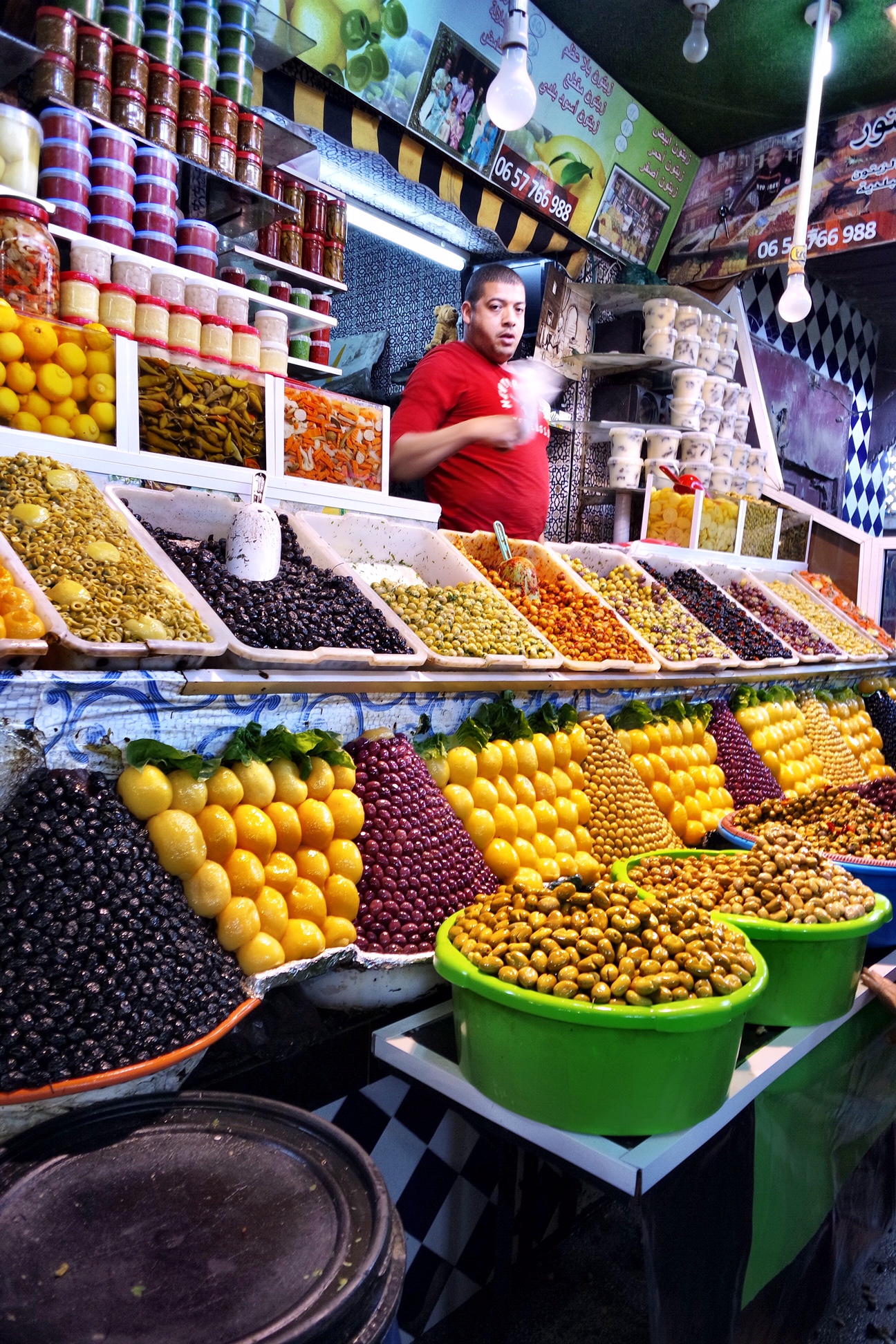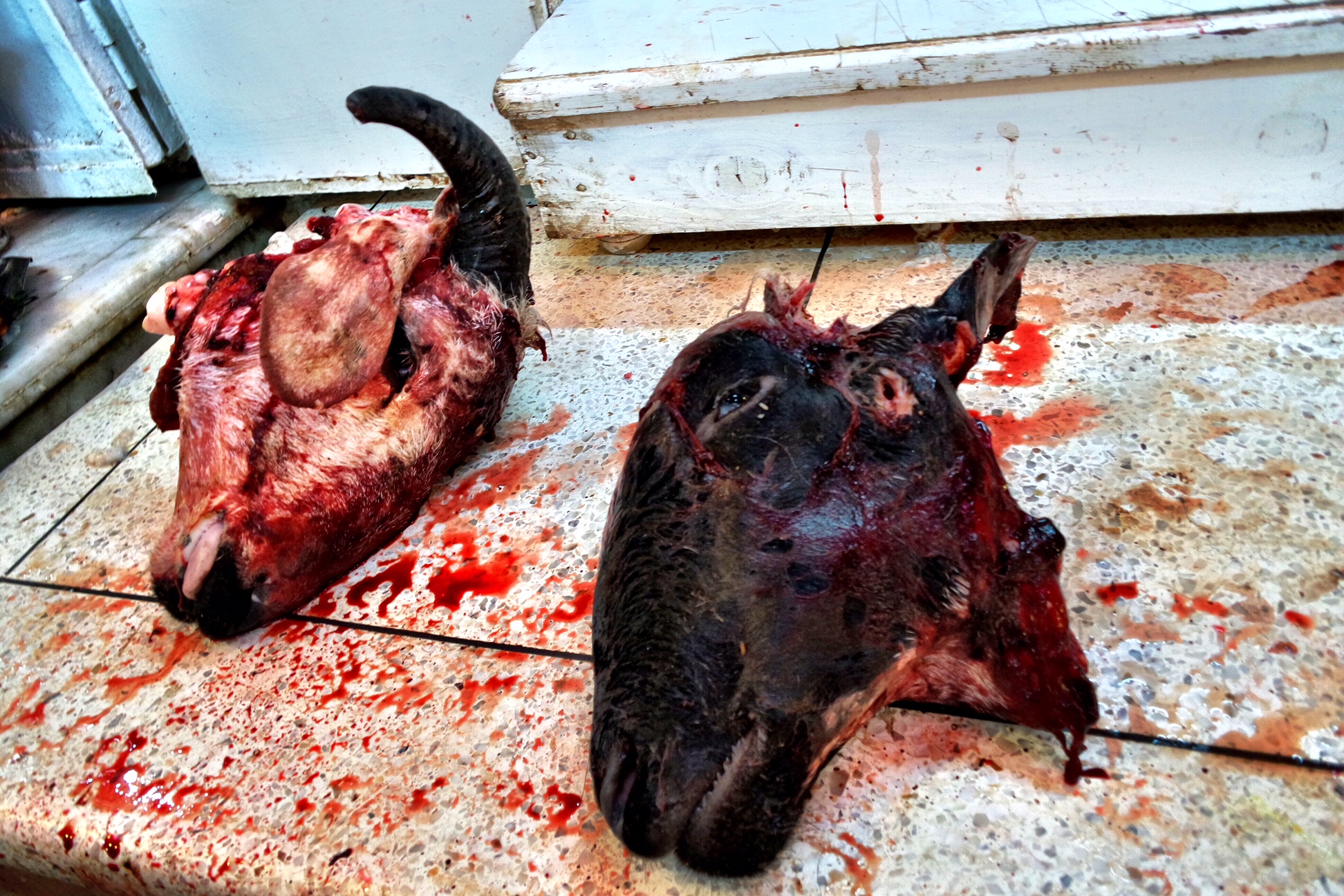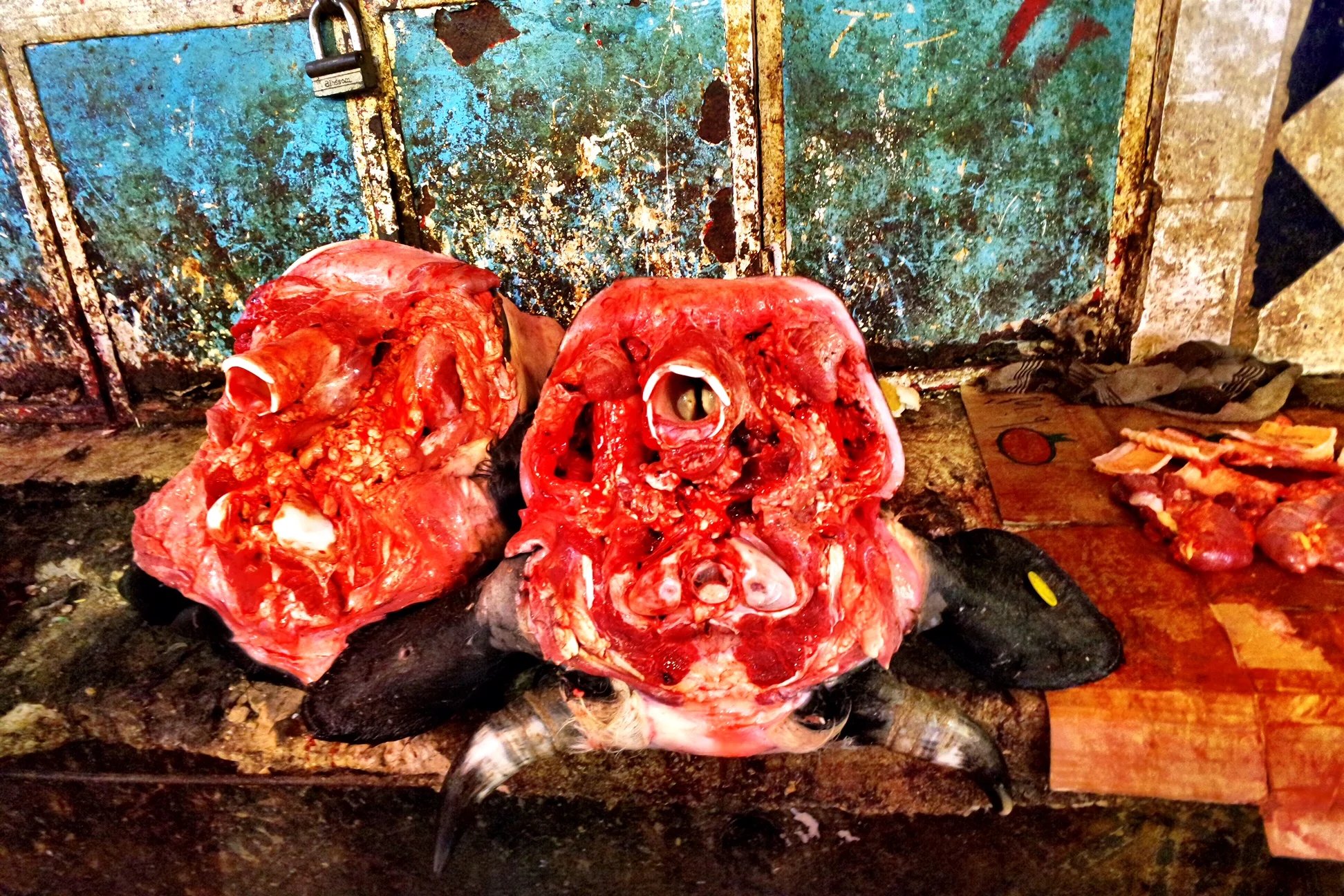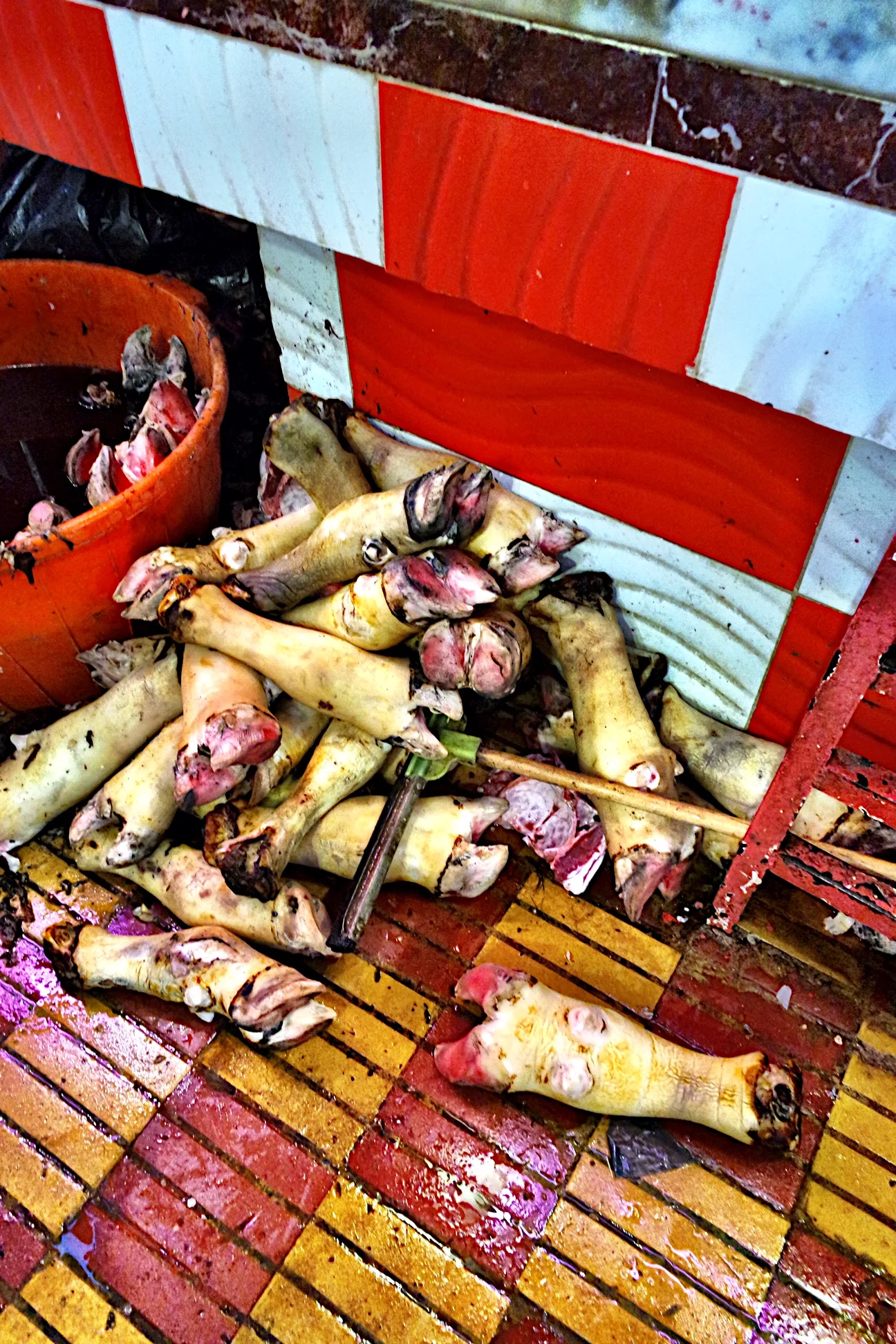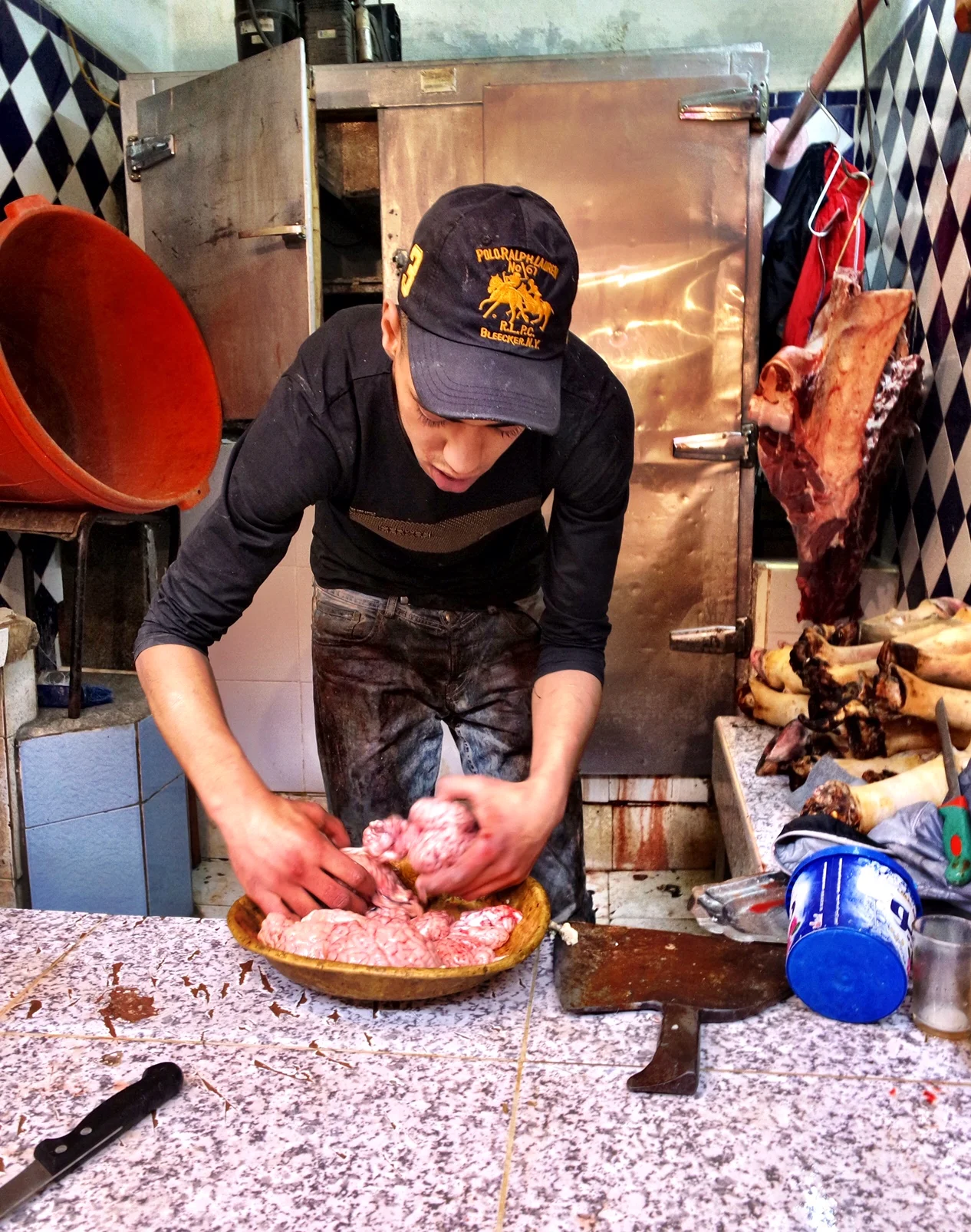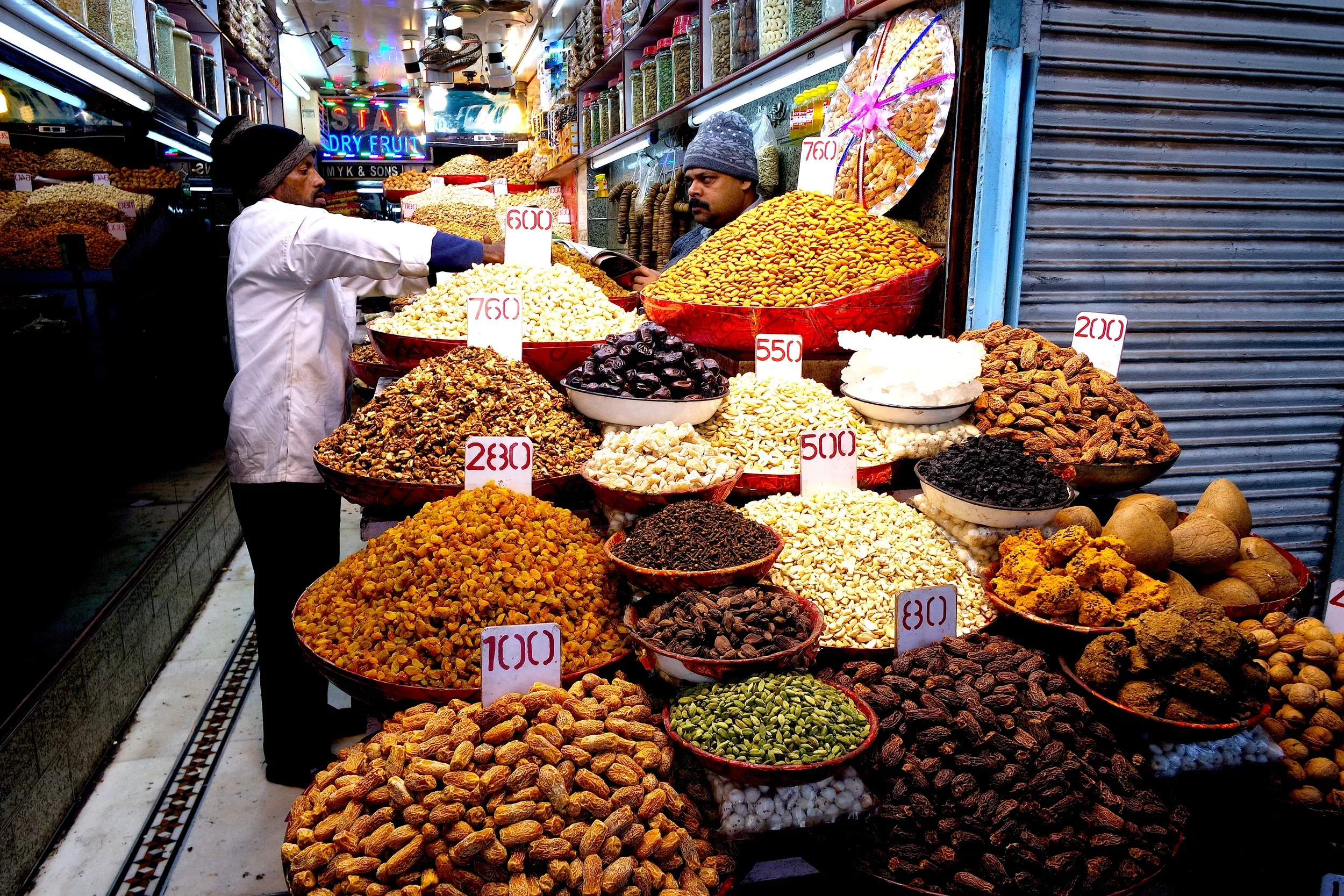Forget the gallery gatekeepers. The Other Art Fair puts power back in the hands of artists.
Chicago is no stranger to art fairs. On one end, you have the Glenwood Avenue Arts Fest, a laidback neighborhood event where amateur artists and community creatives put their work out into the world. At the other end, there’s the Old Town Art Fair, where fine artists showcase classic styles in painting and photography, all with an air of prestige.
And then, right in that sweet spot in the middle, you’ve got the Other Art Fair — a vibrant, avant-garde showcase where emerging artists take bold creative swings, and the weird and the wonderful find a home.
In addition to Chicago, the Other Art Fair shows in Los Angeles, Brooklyn, Dallas, London, and Melbourne and Sydney, Australia.
Why Is It Called the Other Art Fair?
It’s all in the name. The Other Art Fair was designed to be, well, other — a counterpoint to the traditional art world, where established galleries and curators act as gatekeepers, deciding which artists get exposure and which ones don’t.
Founder Ryan Stanier saw this firsthand. “The concept was born from a realization of the disparity between a London audience eager to discover the next big thing and talented artists struggling to gain recognition,” he told Fad Magazine.
Stanier wanted an alternative to a lot of conventional art fairs featuring artists represented by galleries. But the Other Art Fair removes those barriers. Here, artists apply directly, and if accepted, showcase and sell their work themselves — no gallery middleman needed.
But don’t mistake accessibility for a free-for-all.
How Do Artists Get Selected?
While the Other Art Fair prides itself on openness, not just anyone can exhibit. Every artist goes through a curated selection process to ensure that the work on display is fresh, compelling and high-quality.
A committee of art experts reviews applications, evaluating artists based on originality, technical skill and artistic voice. The goal isn’t to enforce a particular style — quite the opposite. The fair thrives on diversity, pulling together artists who push boundaries and bring something new to the table.
For emerging artists, this is a game-changer. Many traditional fairs require gallery representation, but here, artists get to engage with buyers directly, tell their own stories, and make sales on their own terms.
The Vibe of the Other Art Fair
This isn’t your standard art fest. The Other Art Fair is a true experience. Every event is curated with immersive installations, interactive elements and a venue that sets the tone.
In Chicago, that means Artifact Events, a restored industrial space in Ravenswood that screams “effortlessly cool.” The exposed brick, the high ceilings, the perfect blend of grit and polish — it all adds to the magic.
“We’re challenging convention, breaking rules and bringing everyone along for the ride,” the Other Art Fair organizers declare on their website. “Here, art is for everyone.”
Who’s Showing?
The fair features a mix of painters, sculptors, photographers and mixed-media artists, all selected through that rigorous application process.
Yes, some artists don’t make the cut. But the goal isn’t exclusivity — it’s quality. Walking through the fair, you won’t feel like you’re seeing the same rehashed styles you’ve experienced a dozen times before. The fair is about discovery, surprise and bold creative voices.
Beyond the Booths
Sure, the art is the main event, but the Other Art Fair also features live performances, interactive installations, maybe even a pop-up tattoo parlor (it’s happened before).
The courtyard at Artifact Events has food and drink stands, making it easy to grab a refreshment and process all the wild creativity around you.
There’s also a cool bar upstairs, where you can have a booze-fueled discussion of your favorite pieces.
Planning Your Visit to the Other Art Fair
Dates and Venue: The fair is scheduled for March 27 to 30, 2025, at Artifact Events, located in the Ravenswood neighborhood at 4325 North Ravenswood Avenue.
Tickets: Opening night tickets are $40 to $45; other dates are $20 to $25. Keep an eye on their website for updates.
Transportation: There’s quite a bit of free street parking along Ravenswood Avenue. Public transit is a great option too, with the Montrose Brown Line, Ravenswood Metra station, and bus lines including the #9 Ashland, all nearby.
Accessibility: The venue is fully accessible, featuring wide entrance doors, elevators to every level and ADA-compliant restrooms. Service dogs are welcome, and staff at the welcome desk will be available to assist as needed.
Tips for Visitors
Plan ahead. Review the list of participating artists and special installations before you go. That way, you can prioritize what excites you most.
Don’t be shy — talk to the artists. They want to talk about their work. Ask questions, learn about their process, and maybe even take home a piece that means something to you.
Set a budget. The fair includes everything from affordable finds to higher-end collector pieces. Know your spending limit — and stay open to falling in love with something unexpected.
Respect the art. Unless an artist explicitly invites you to touch a piece, assume it’s hands-off. No one wants to be that person.
Ask before taking photos. Some artists are cool with pictures, some aren’t. Always get permission before snapping away.
Take in more than just the art. See what performances and workshops are on. And grab a cocktail at the stylish bar or a bite at the food court.
There’s No Other Fair Like It
If you’re the kind of person who prefers an art fair with an edge, where discovery is the point, then the Other Art Fair is your scene.
I went in 2024, and I have to say: It’s probably the coolest art fair I’ve been to.
You can feel the Other Art Fair’s mission at every turn. It’s truly a showcase of edgy, unexpected and boundary-pushing creativity.
Whether you’re a serious collector or just someone who appreciates creative expression, there’s something thrilling about stepping into a space where anything feels possible. –Wally

